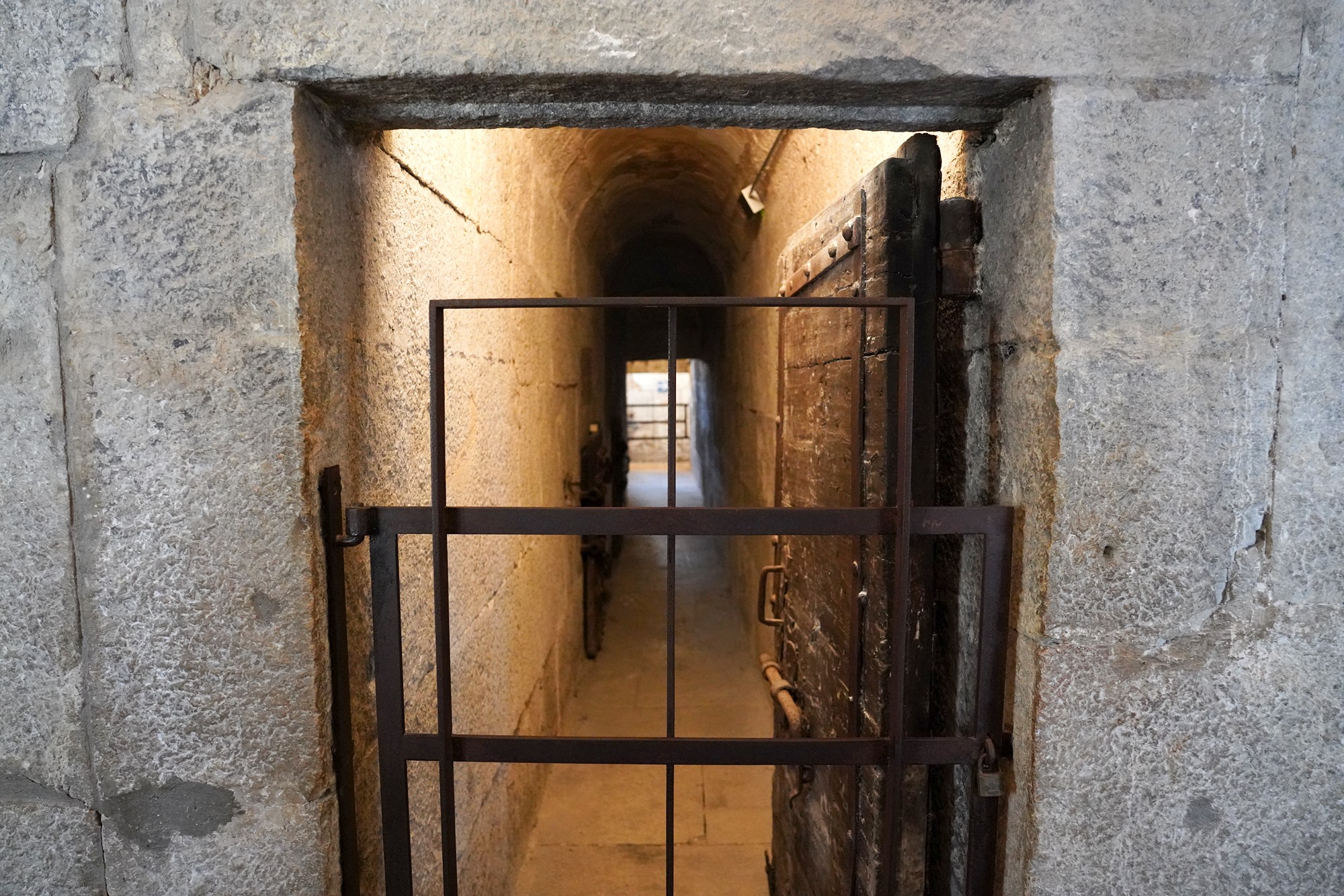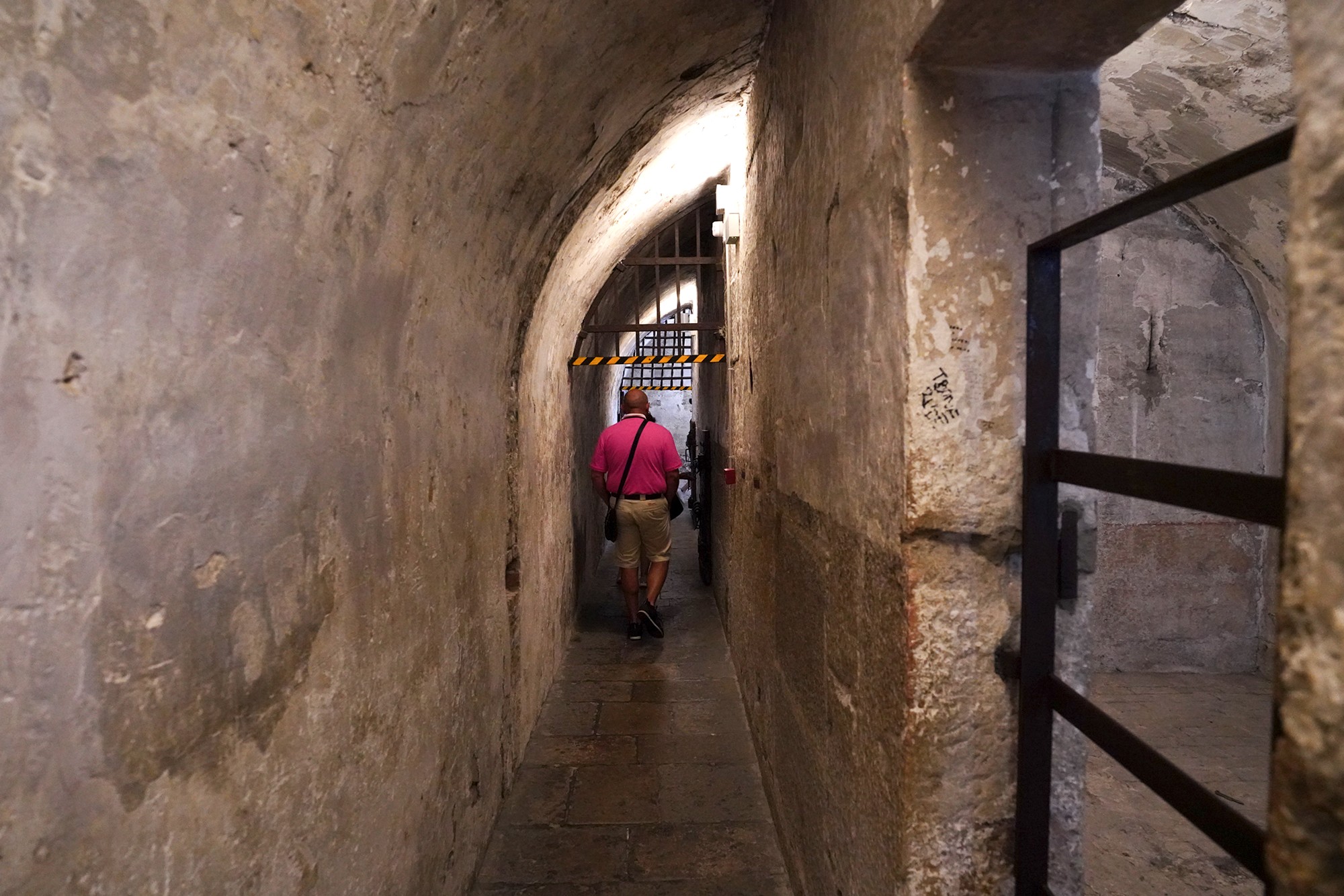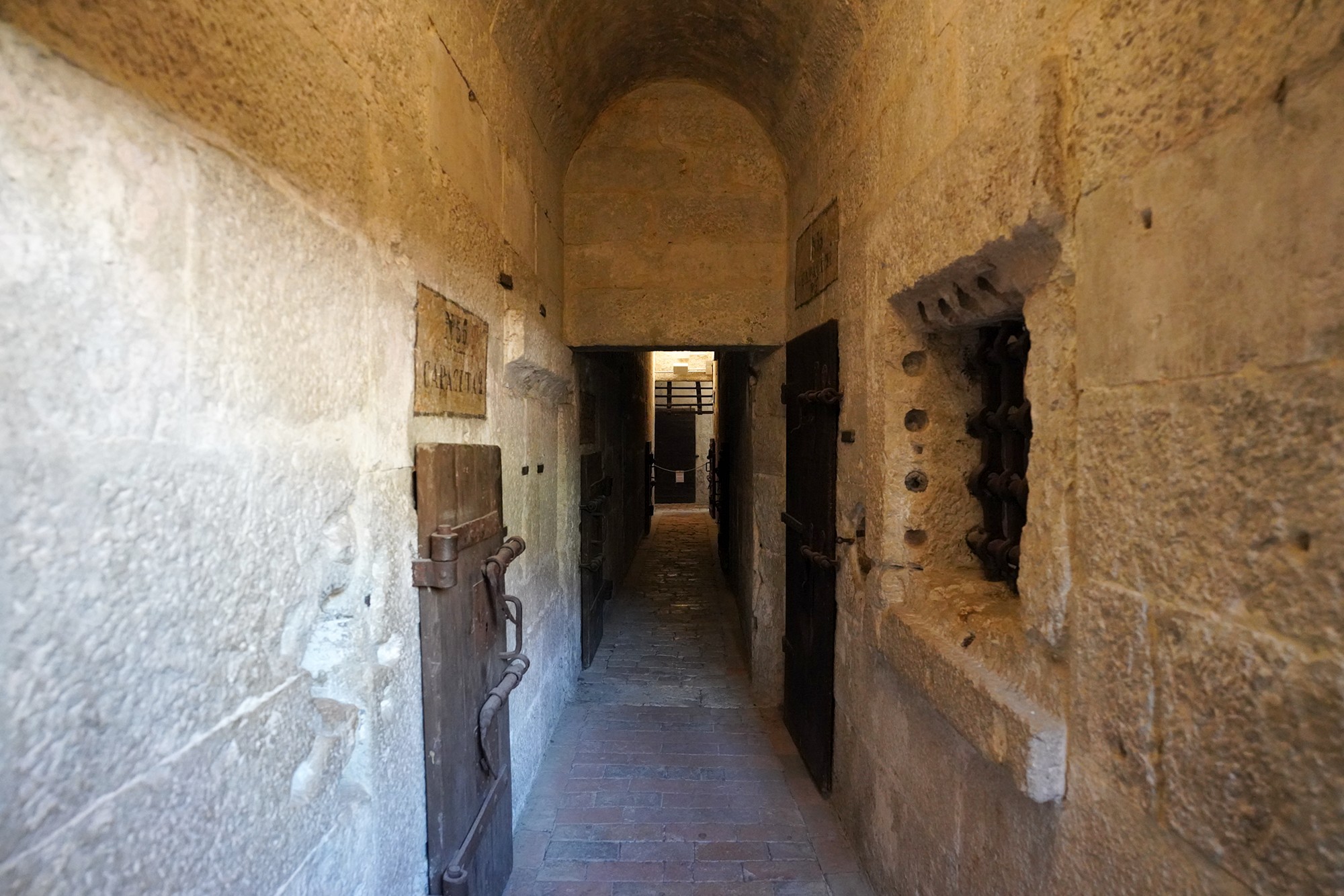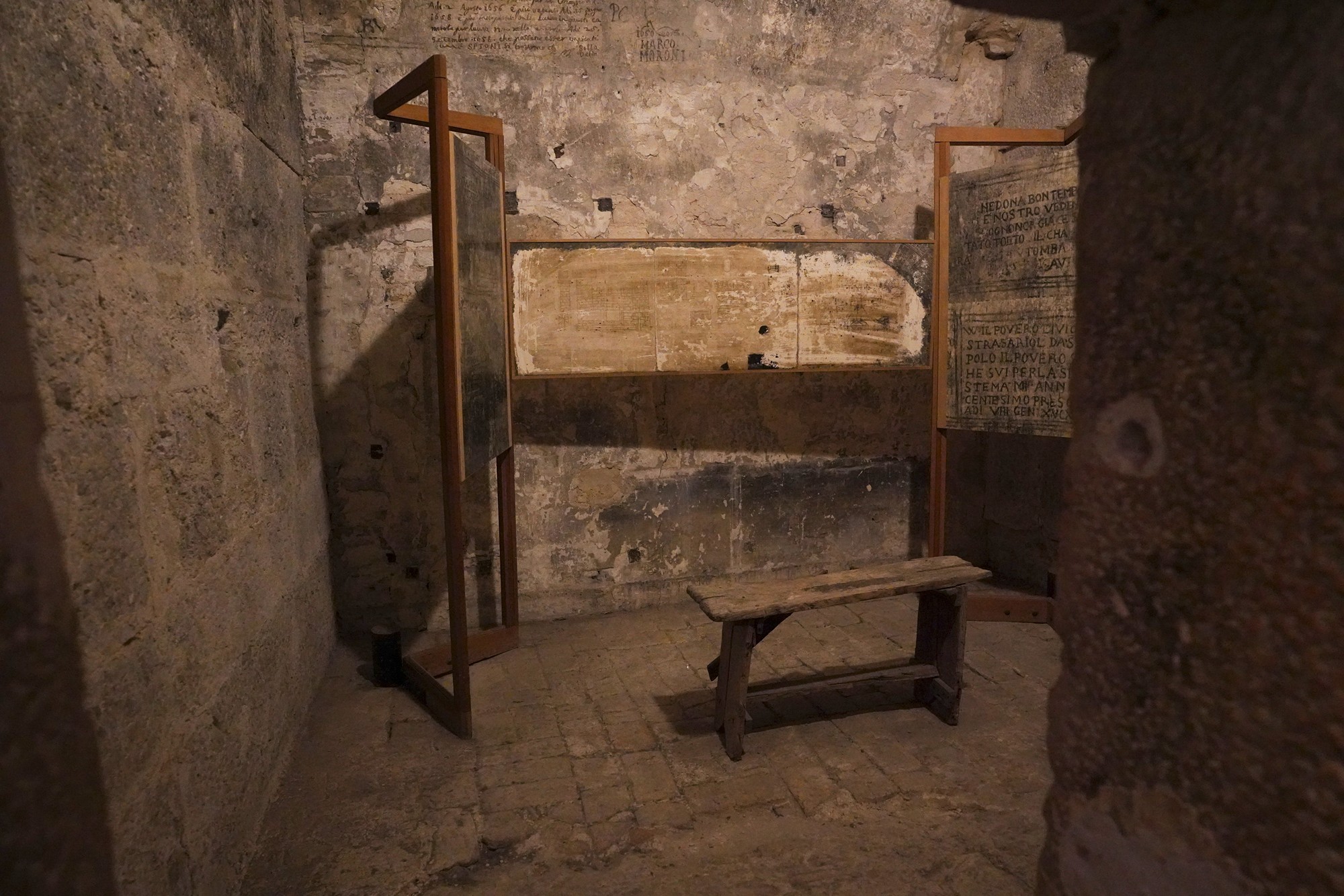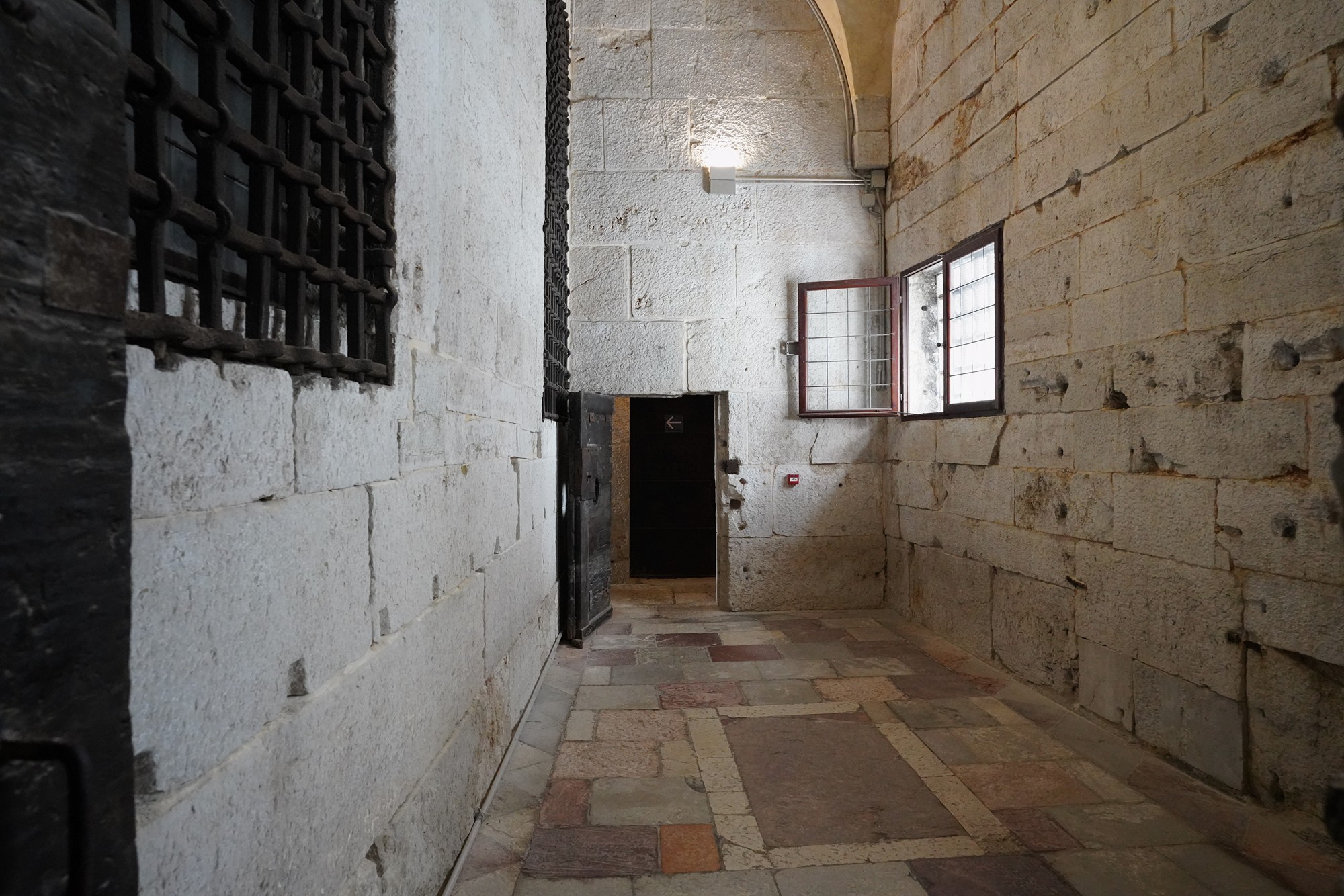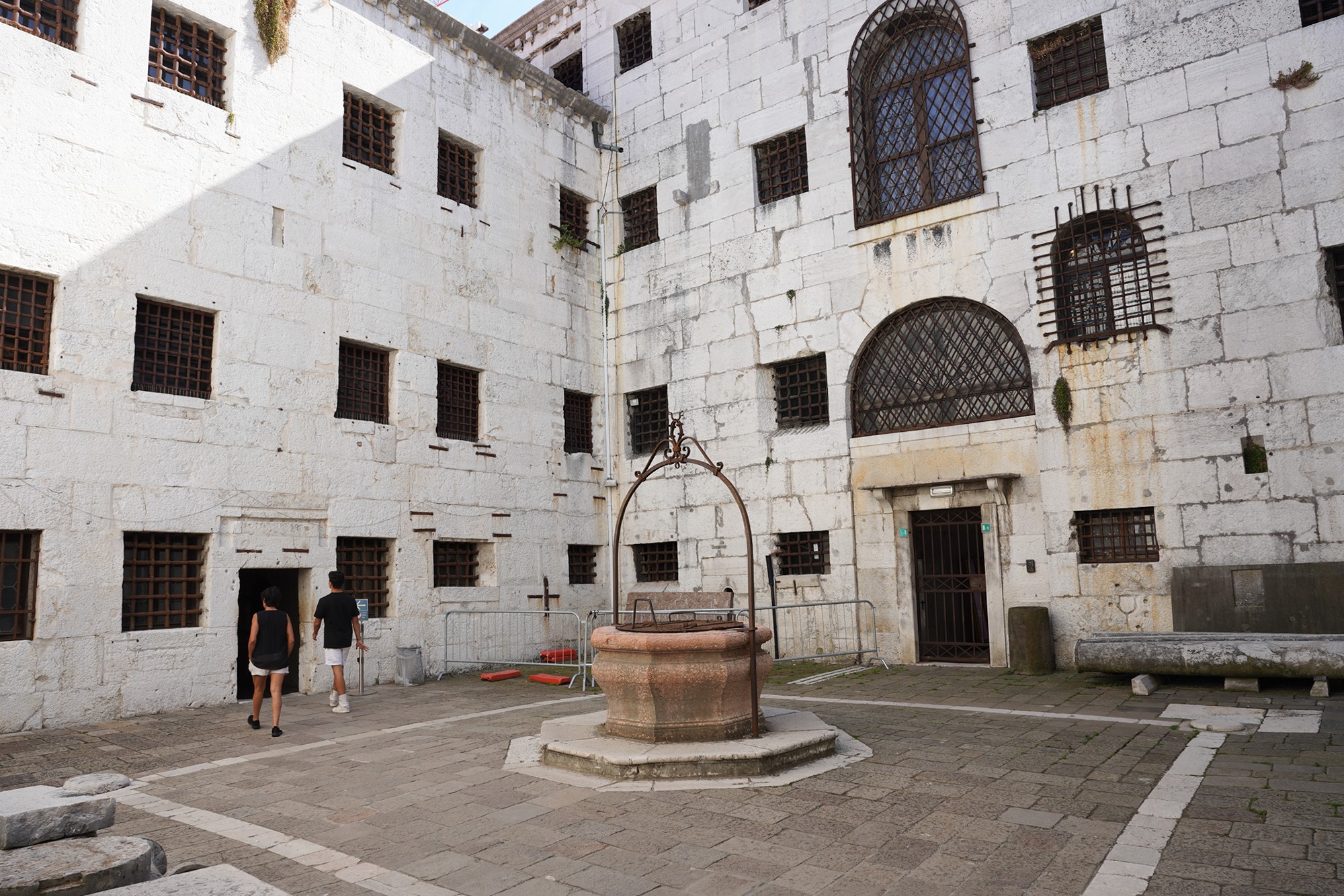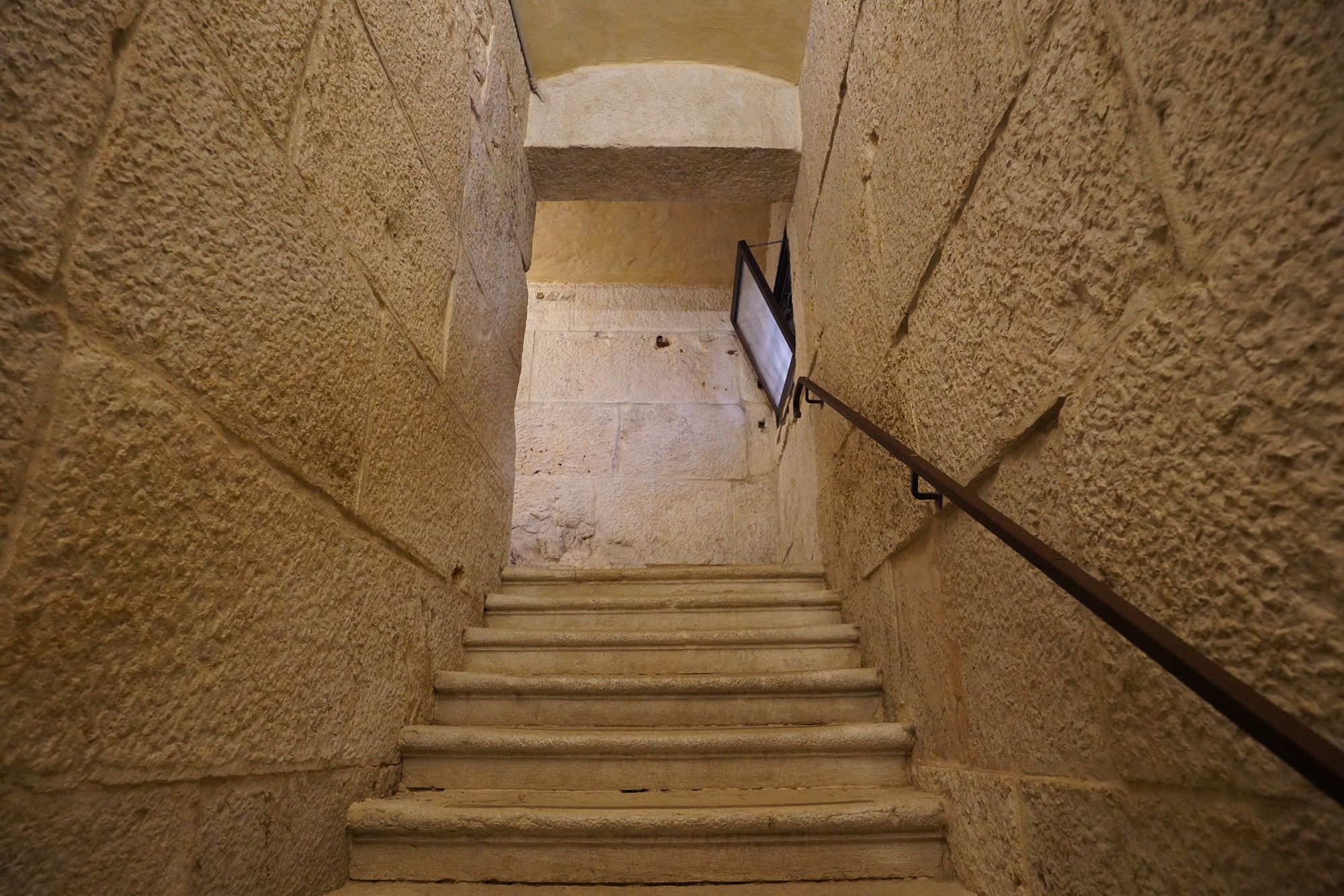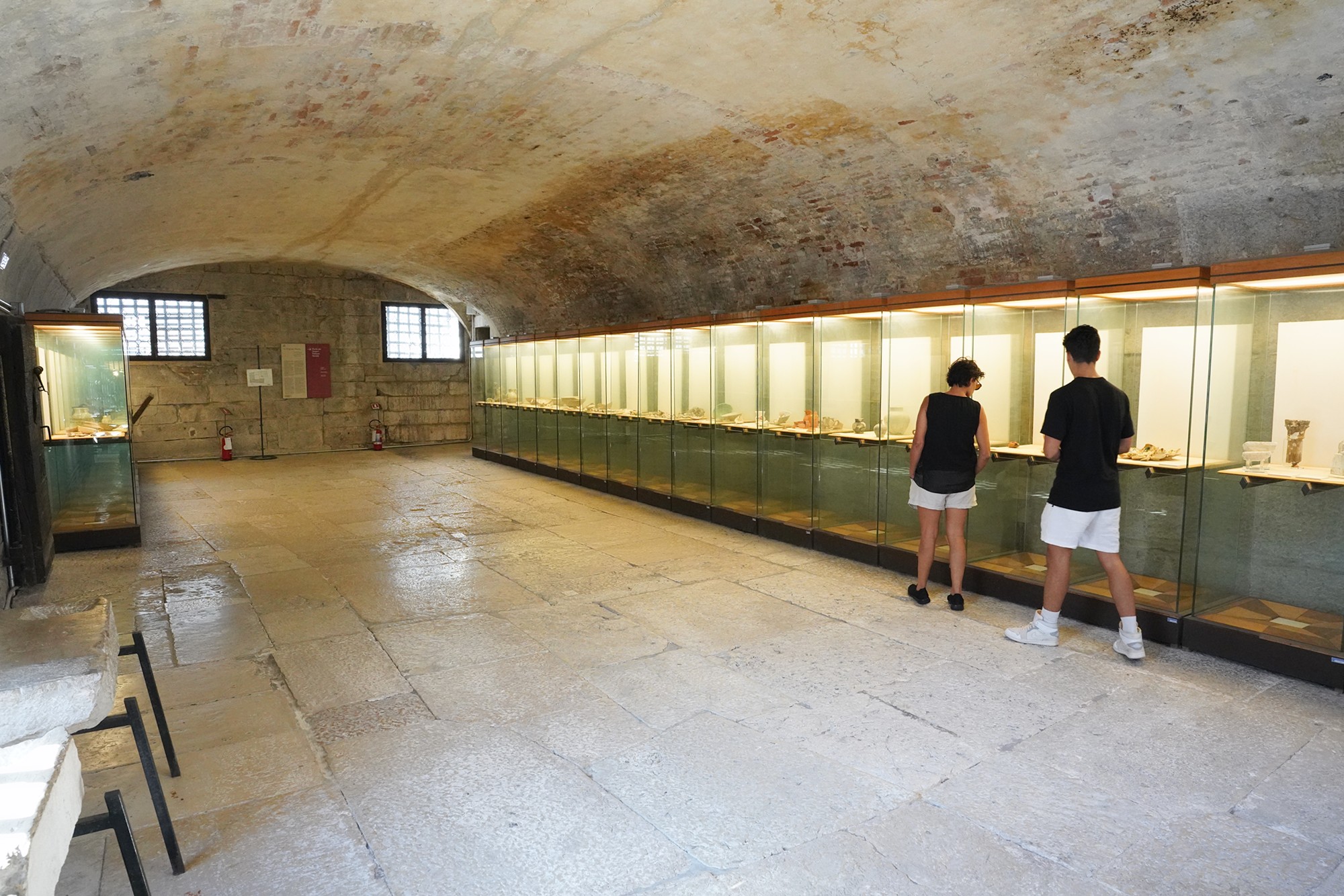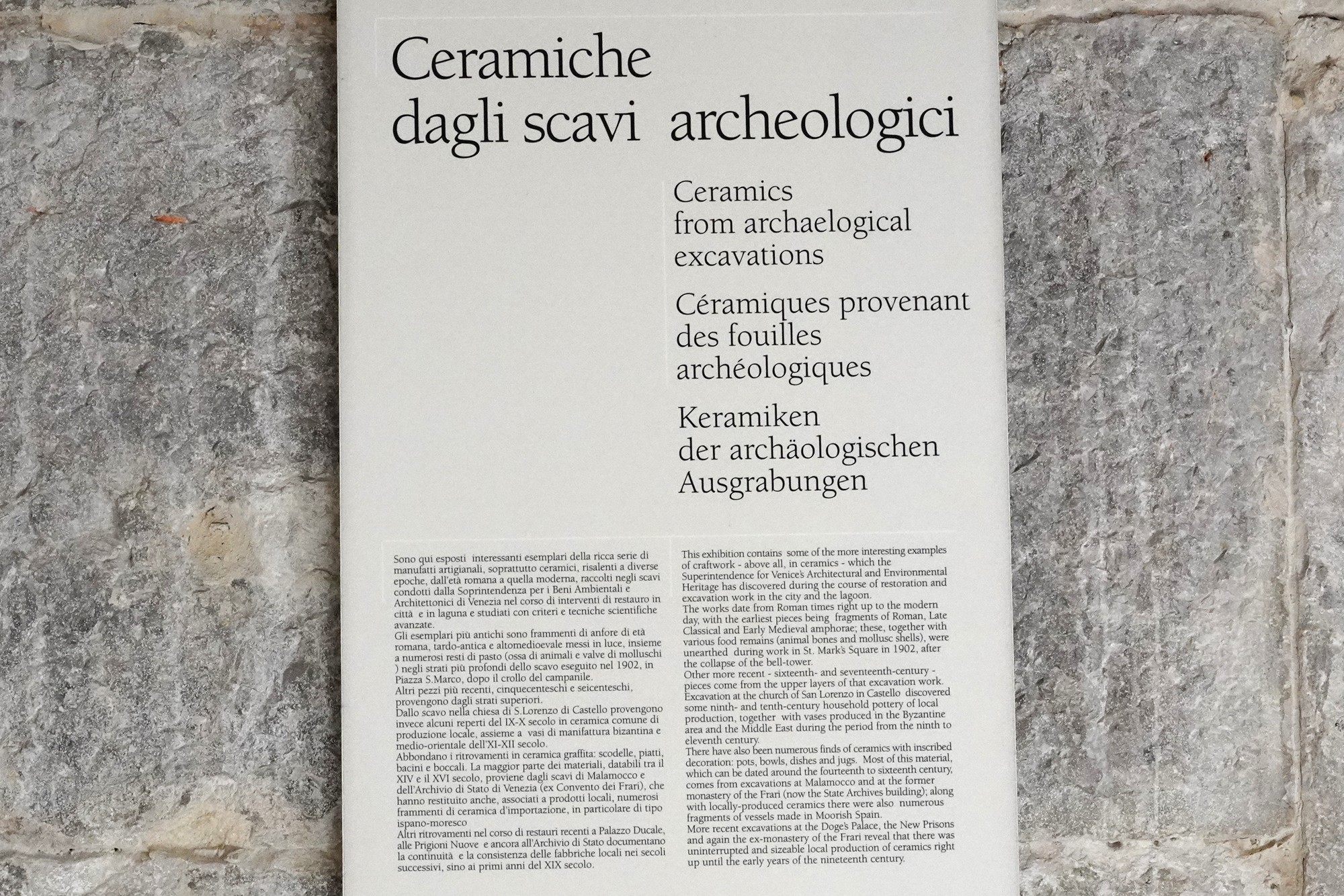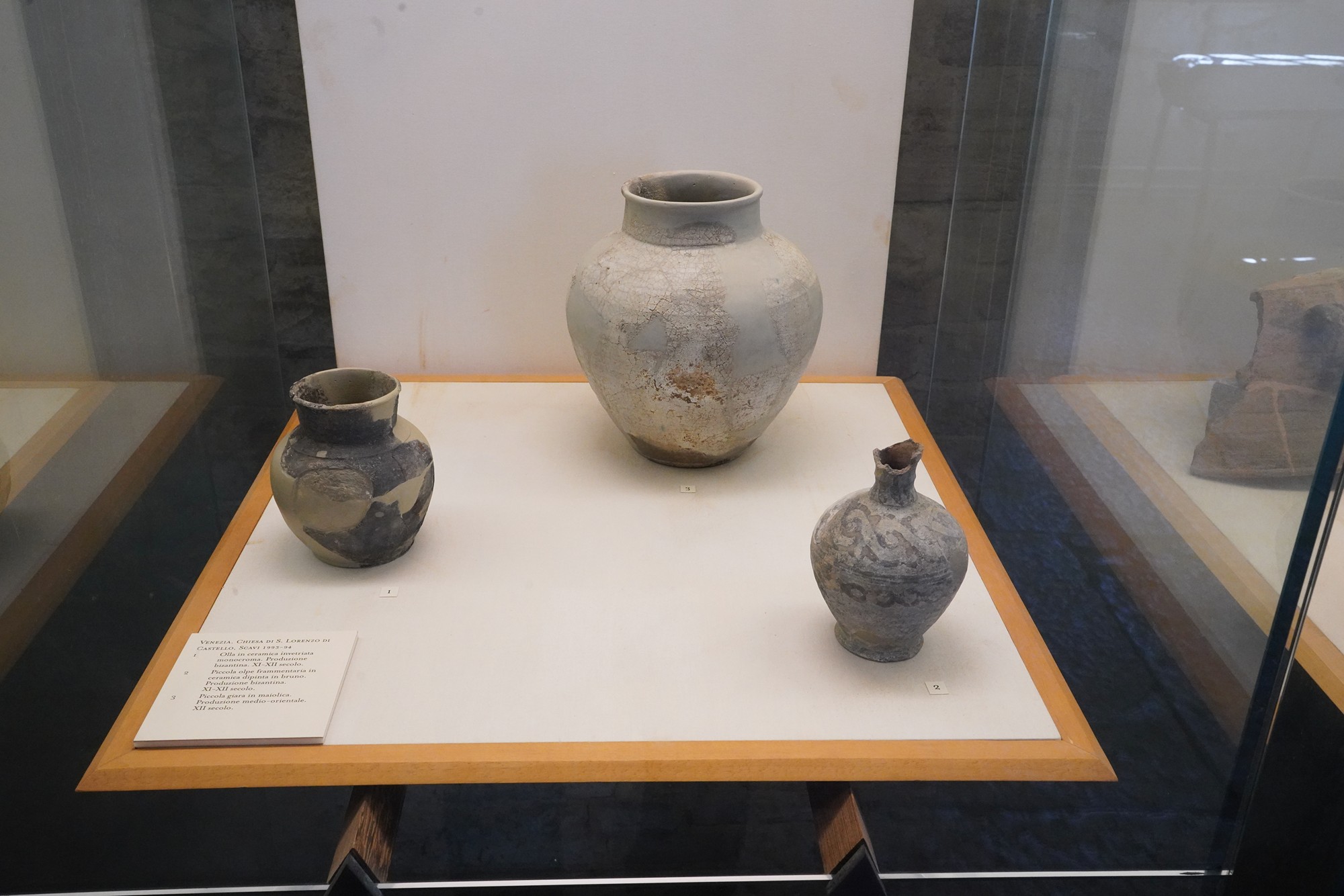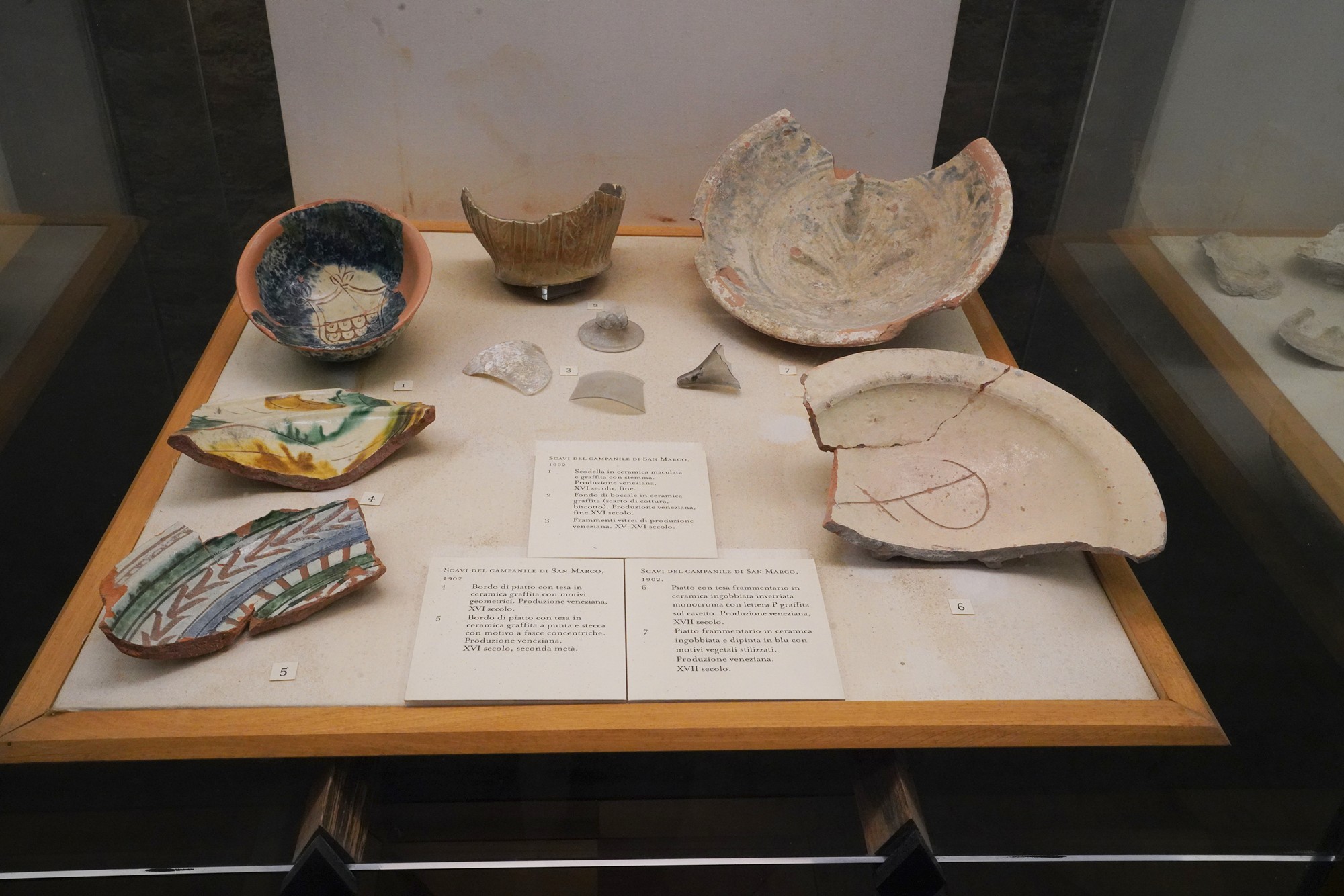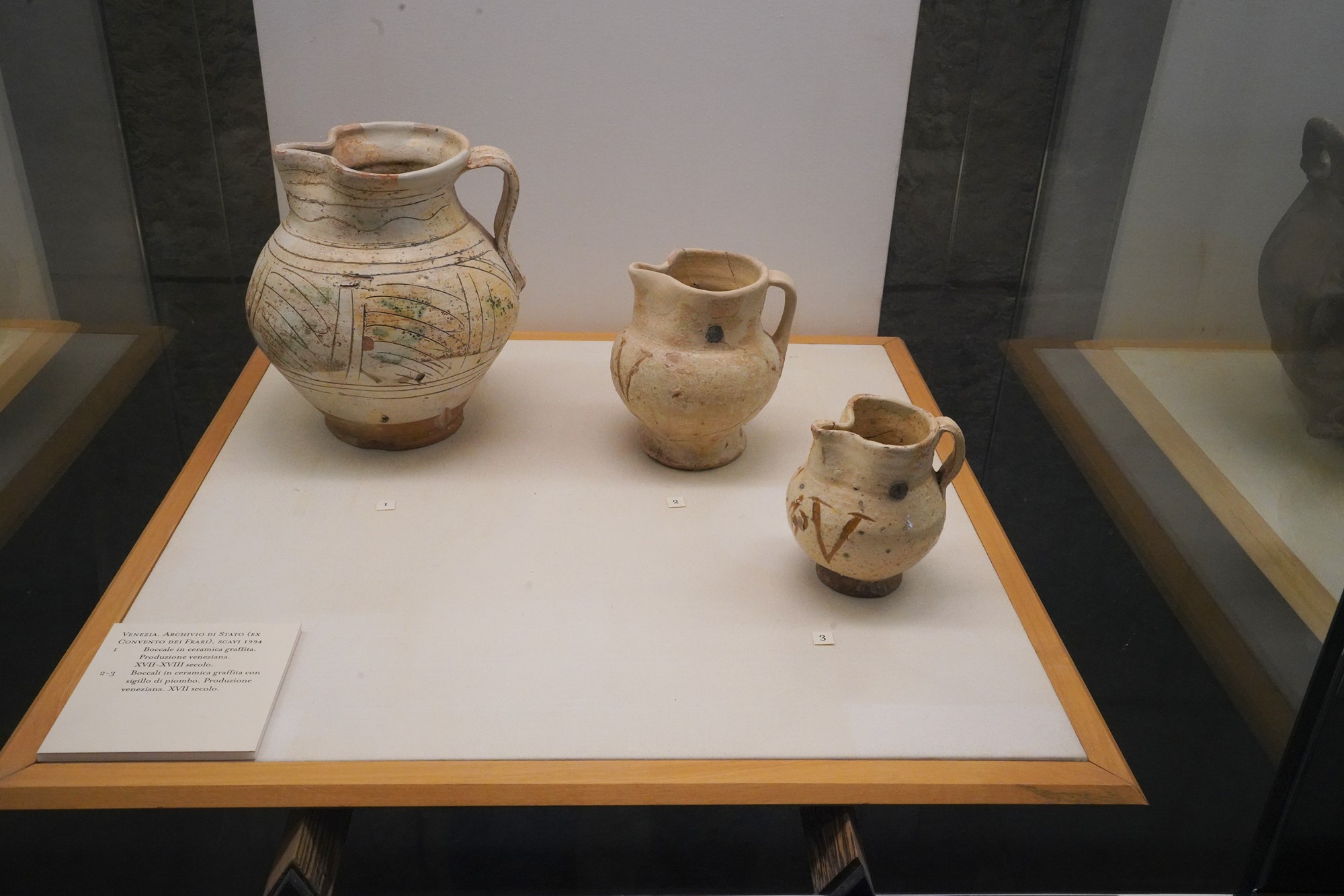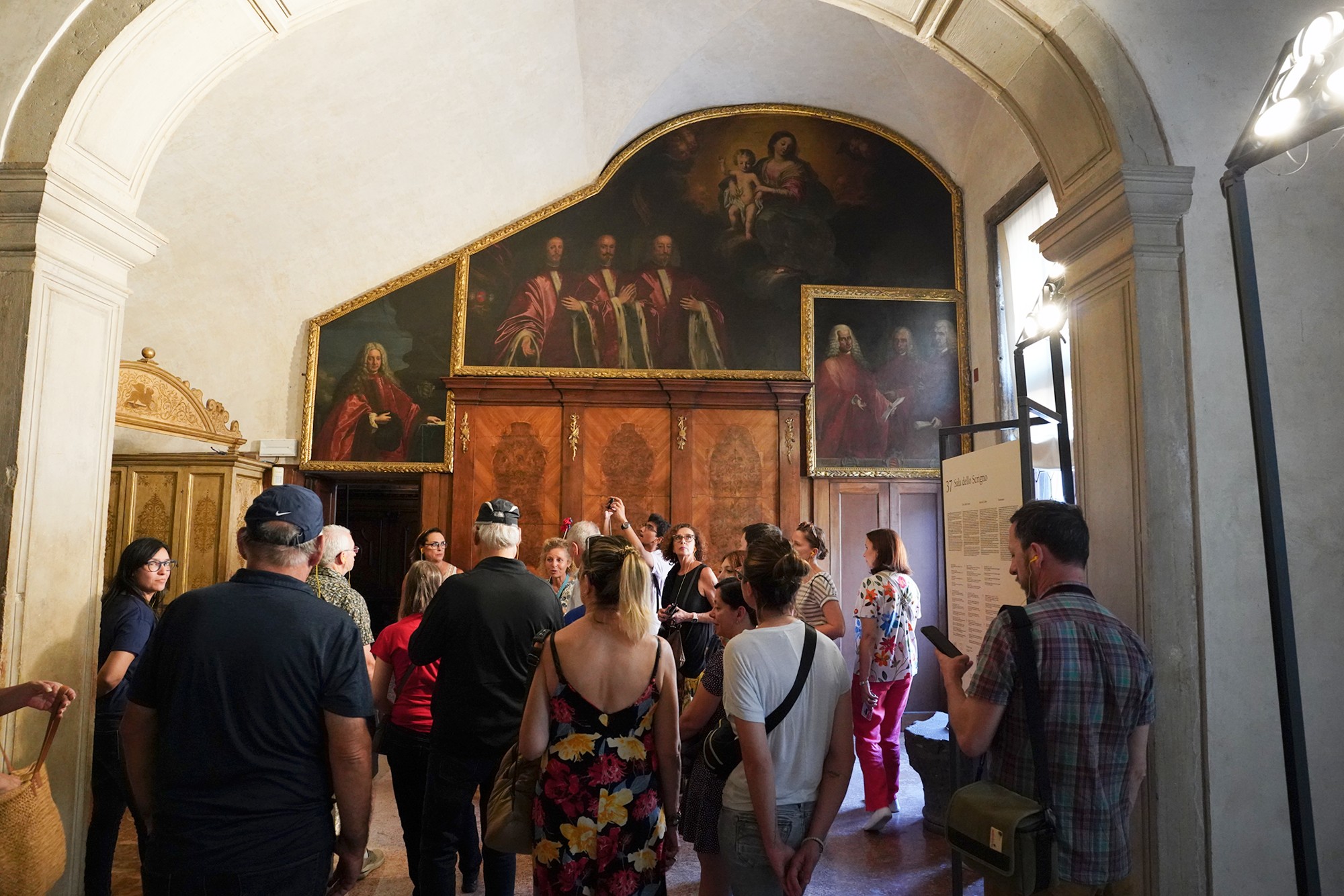Doge’s Palace, Venice, Italy
The Doge’s Palace served as the residence of the Doge of Venice, the supreme authority of the former Republic of Venice. 762
Doge’s Palace: P.za San Marco, 1, 30124 Venezia VE
Date Picture Taken: October, 2023
The palace was the center of political and administrative power, as well as the residence of the Doge’s government.
Riding a Vaporetto to the St. Mark’s Square

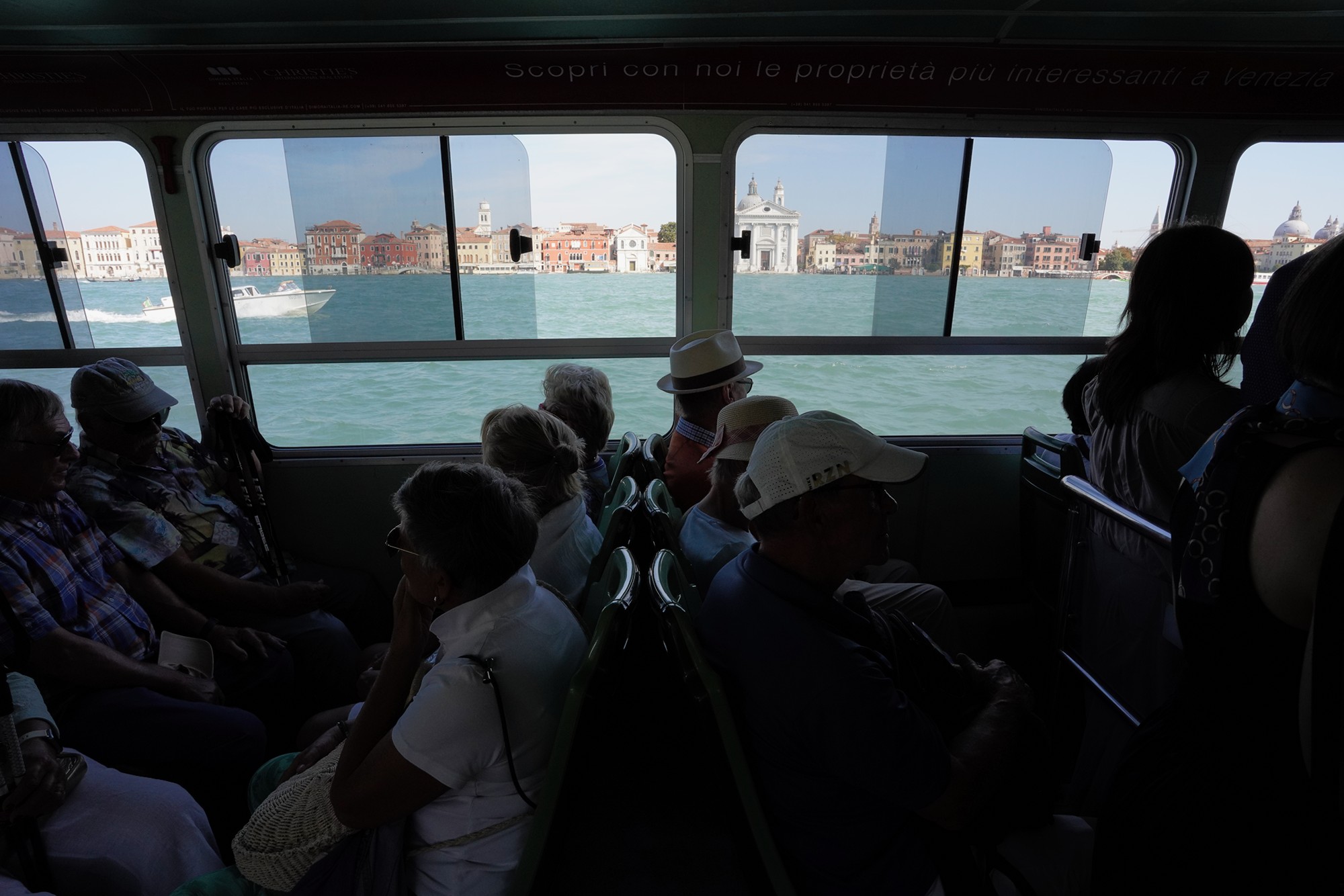
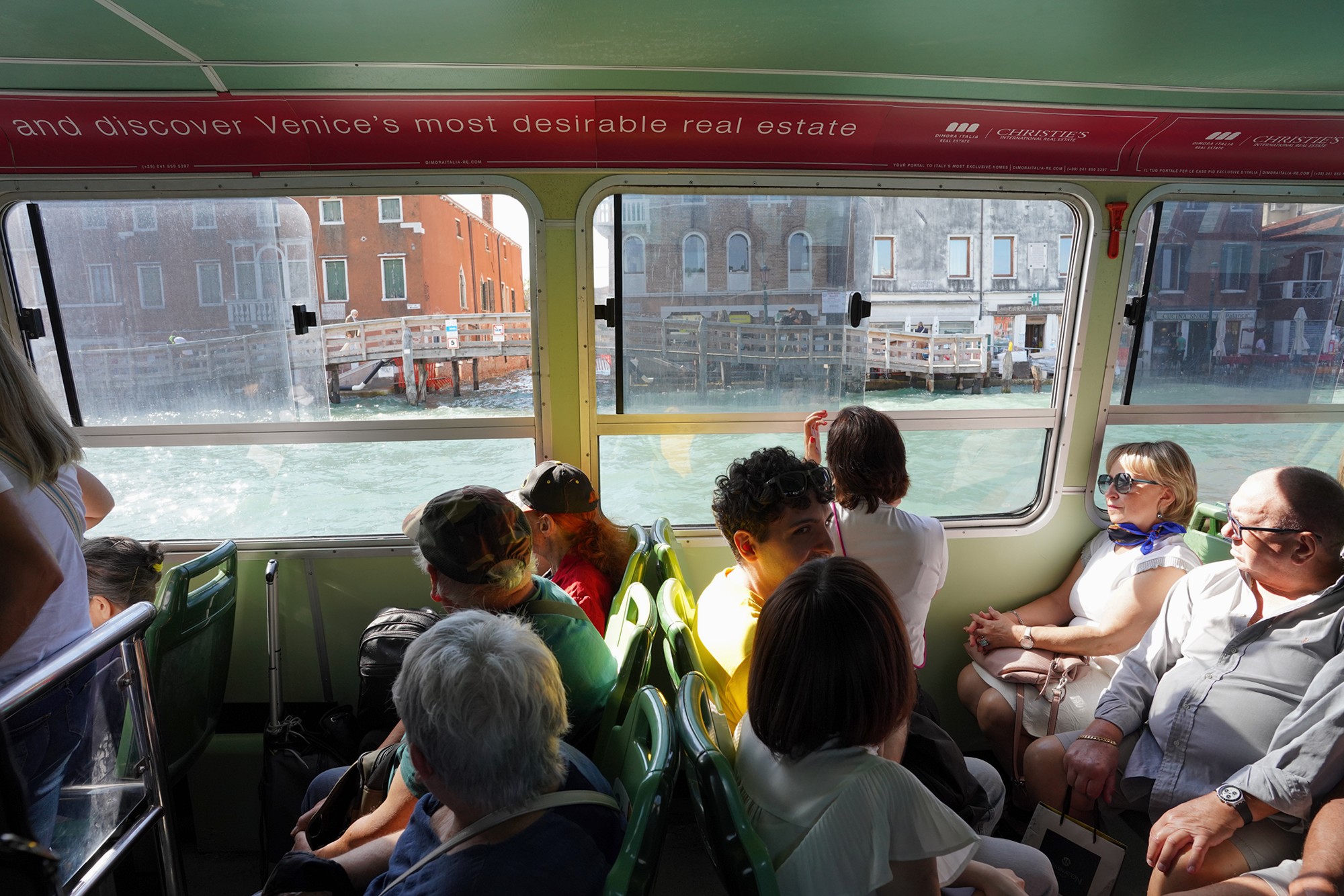
The boat station near the square

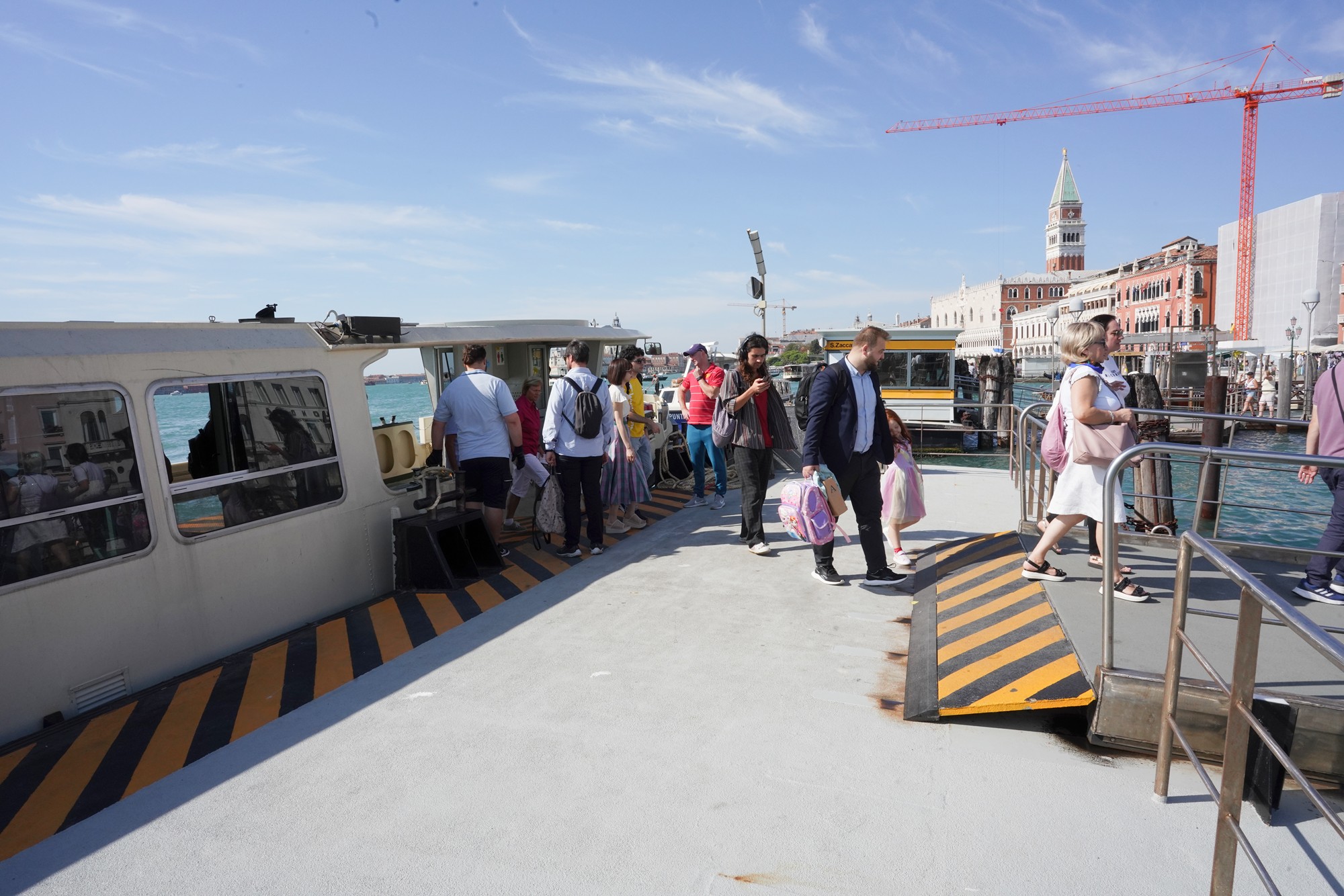
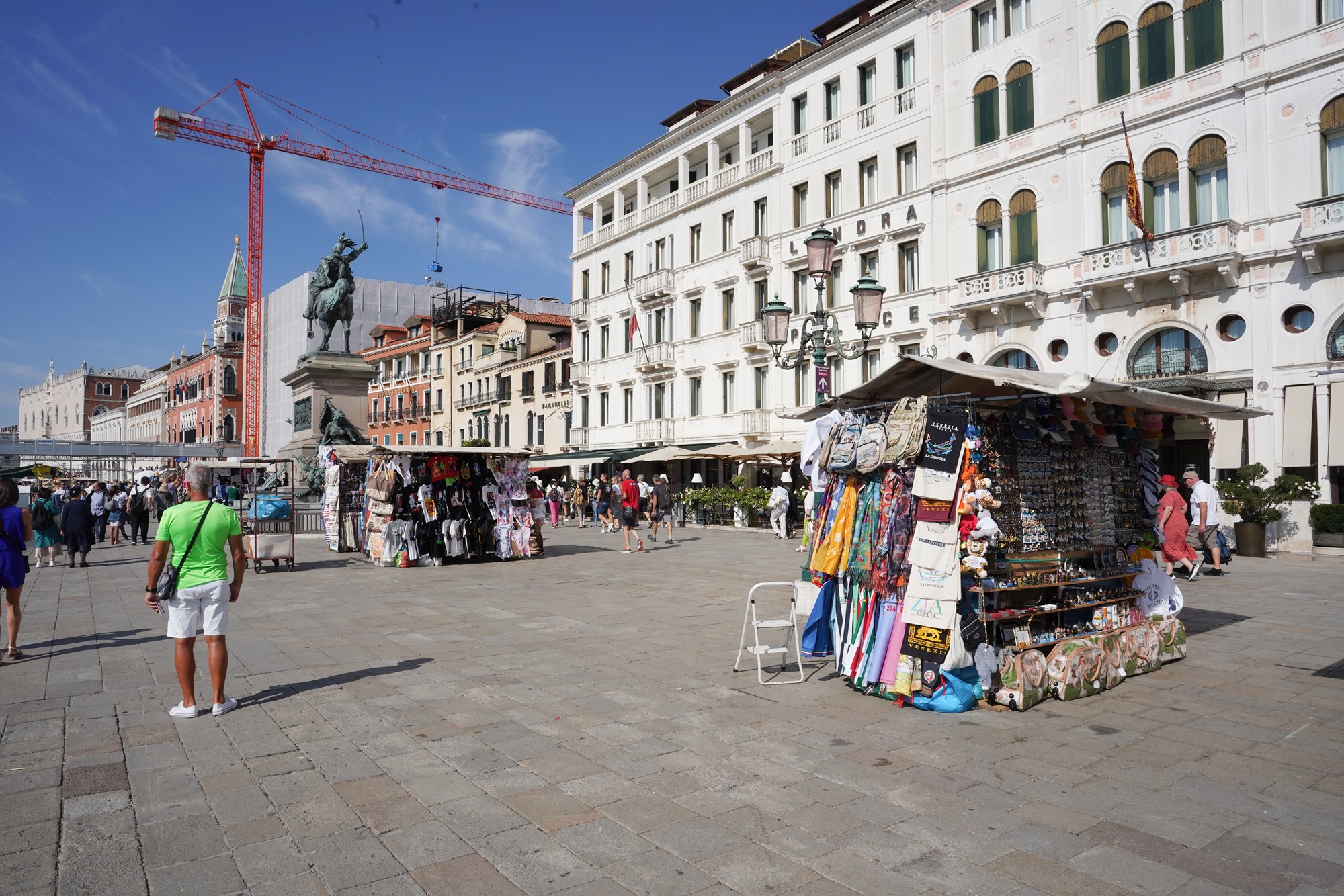
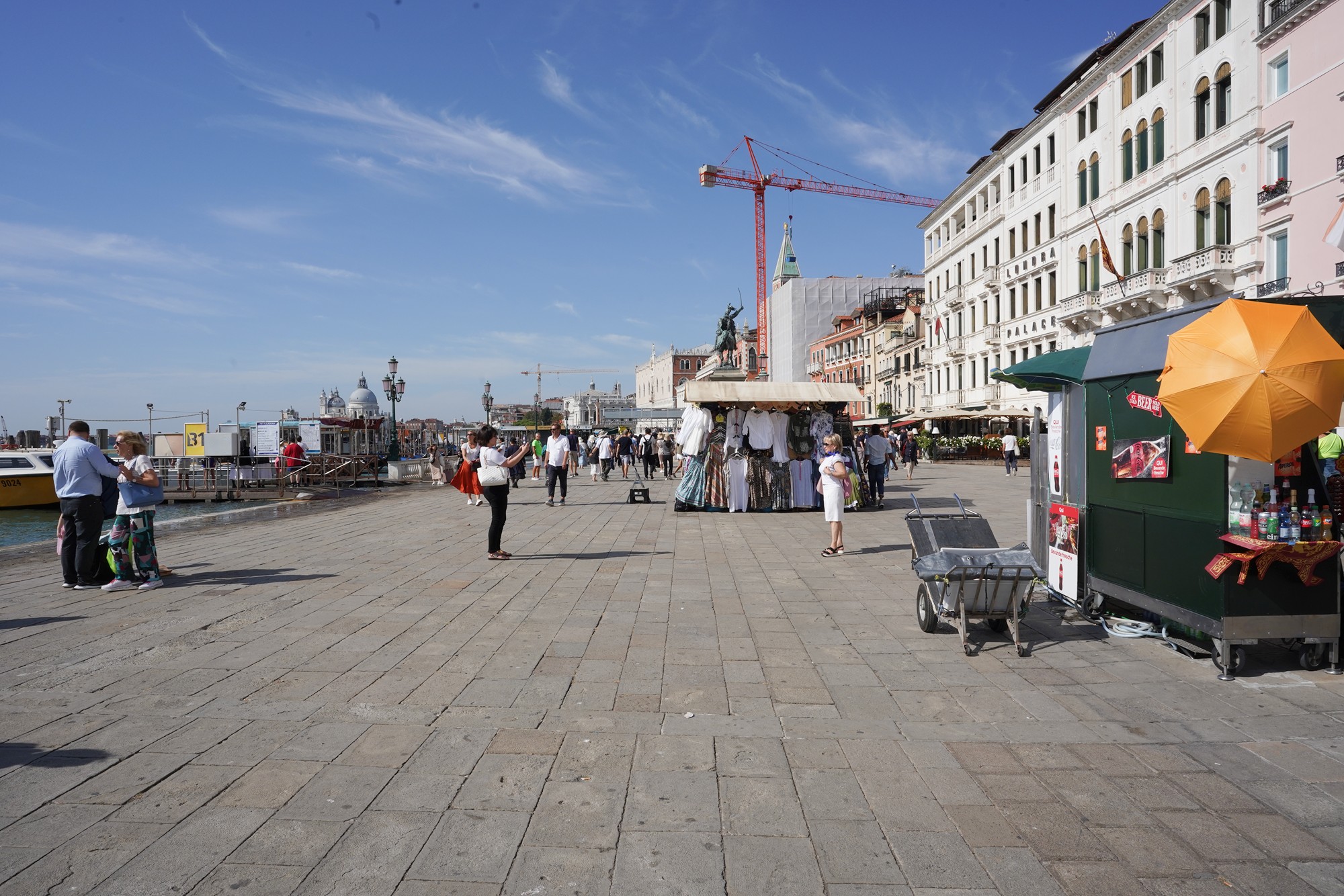
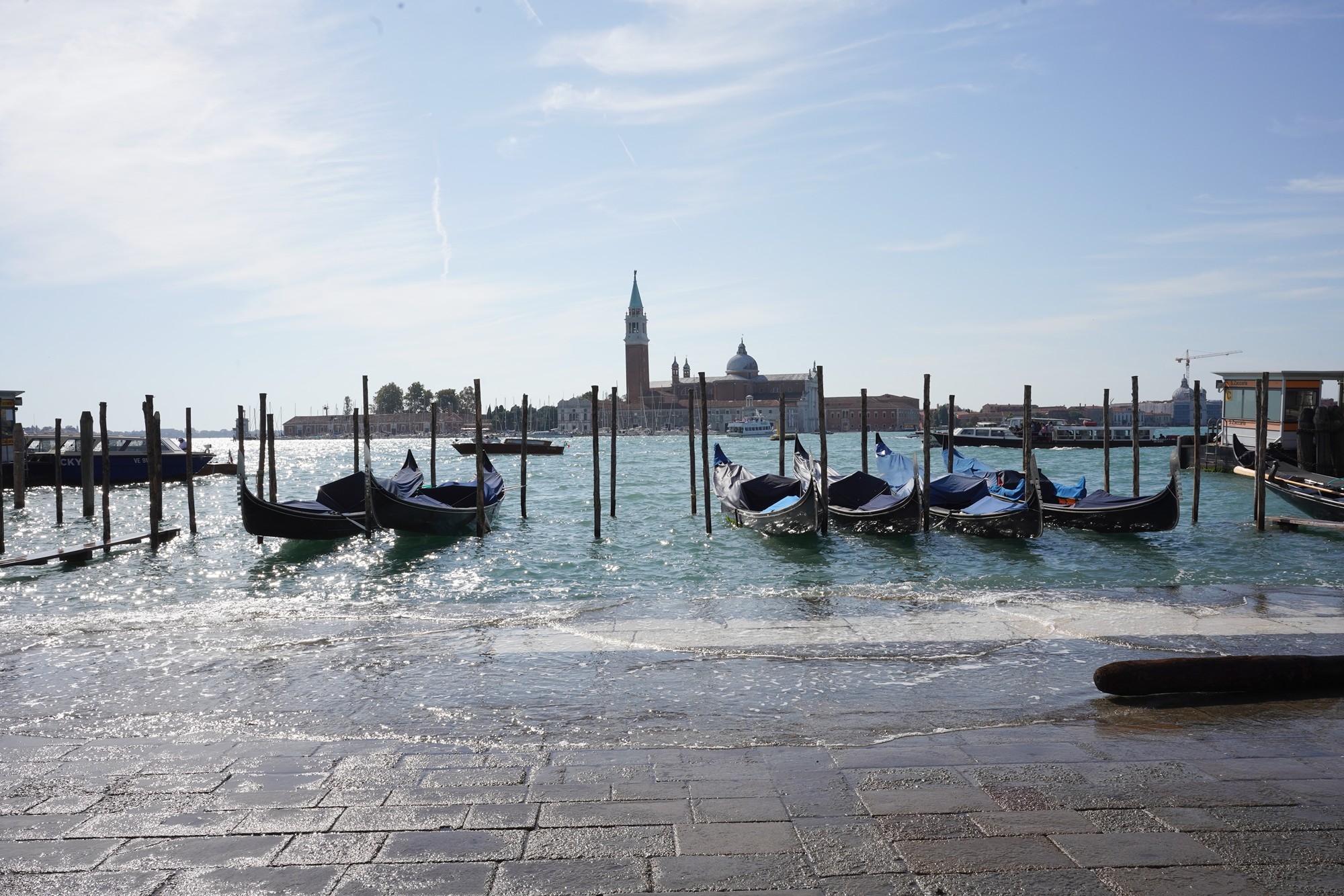
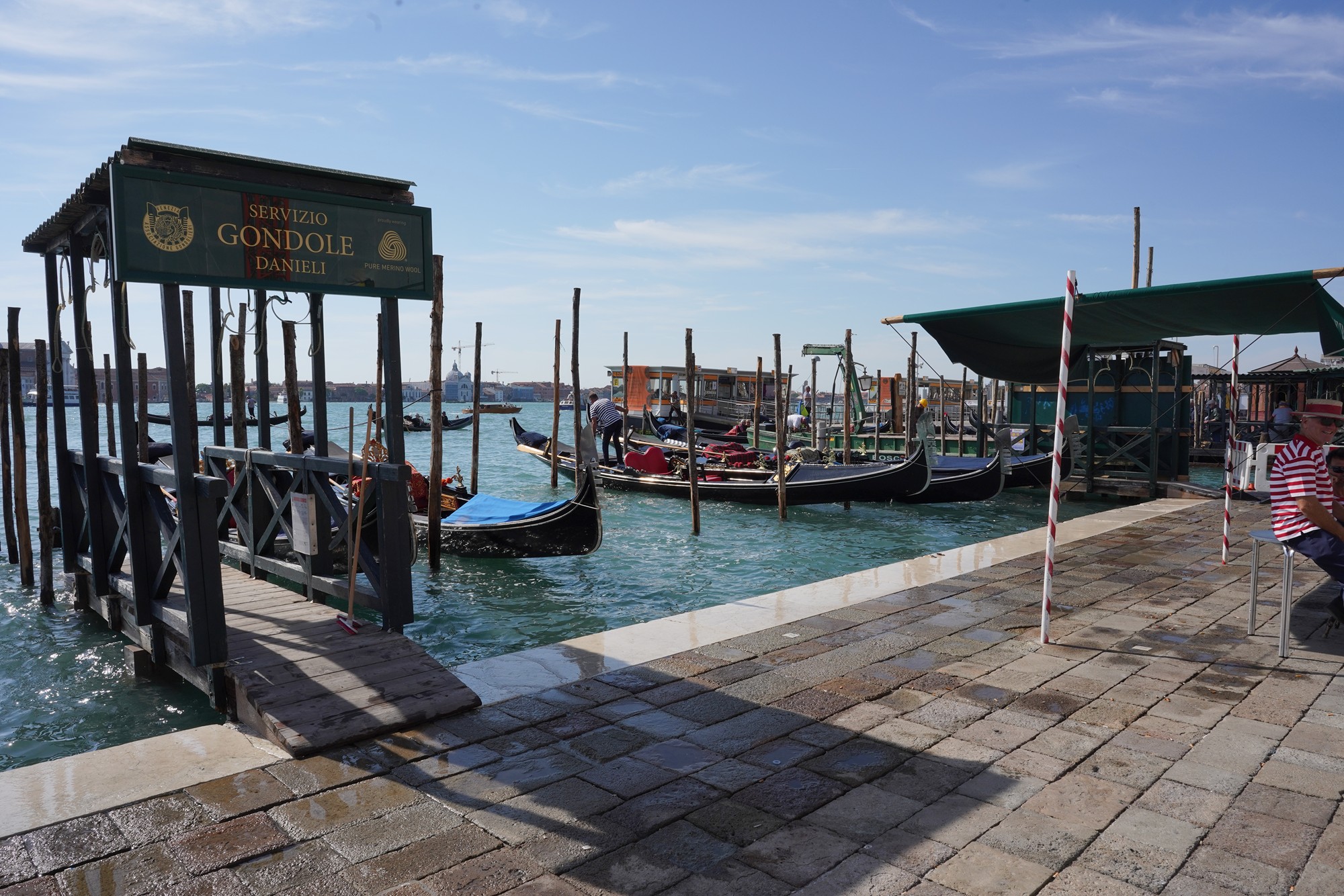
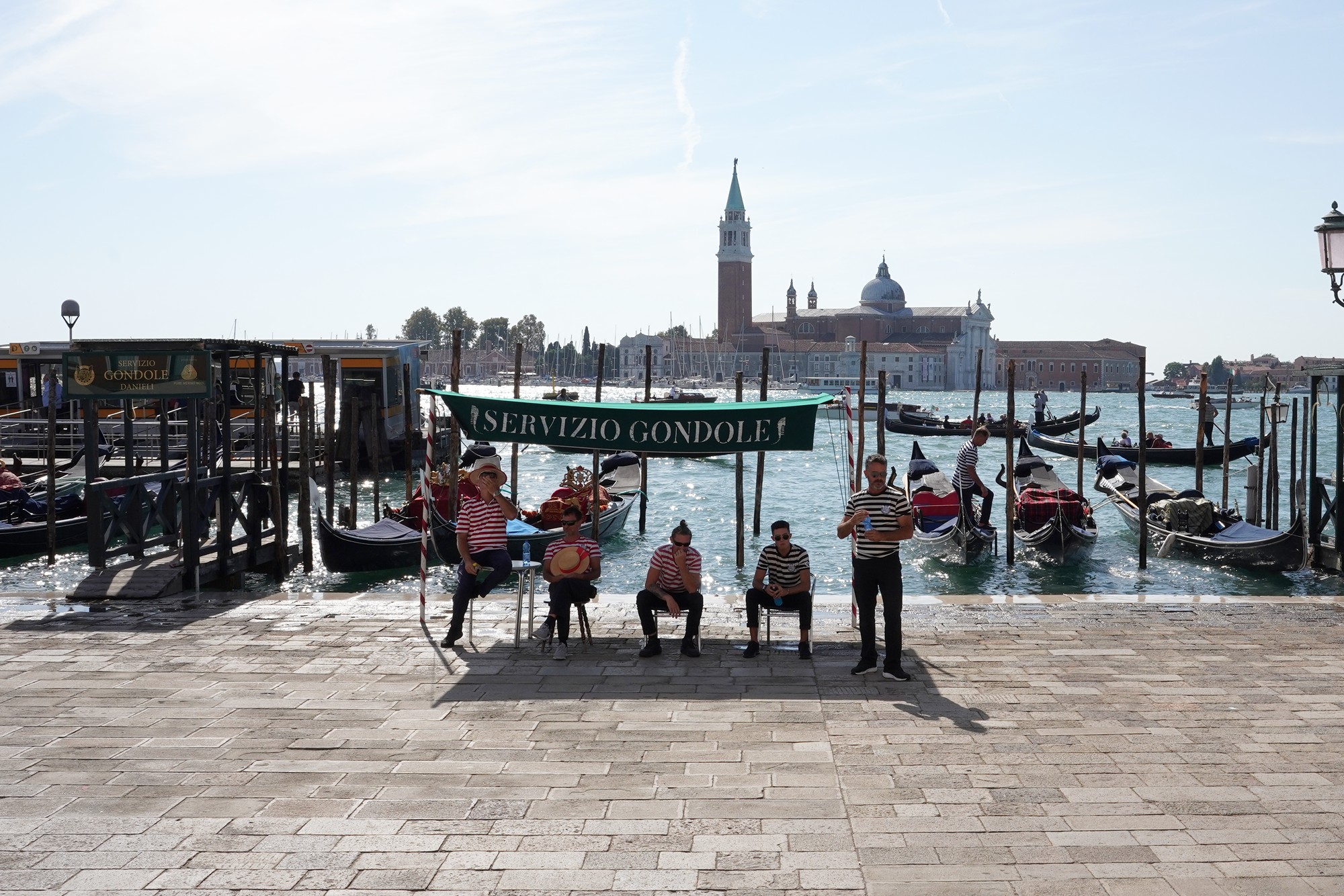
Walking to the palace
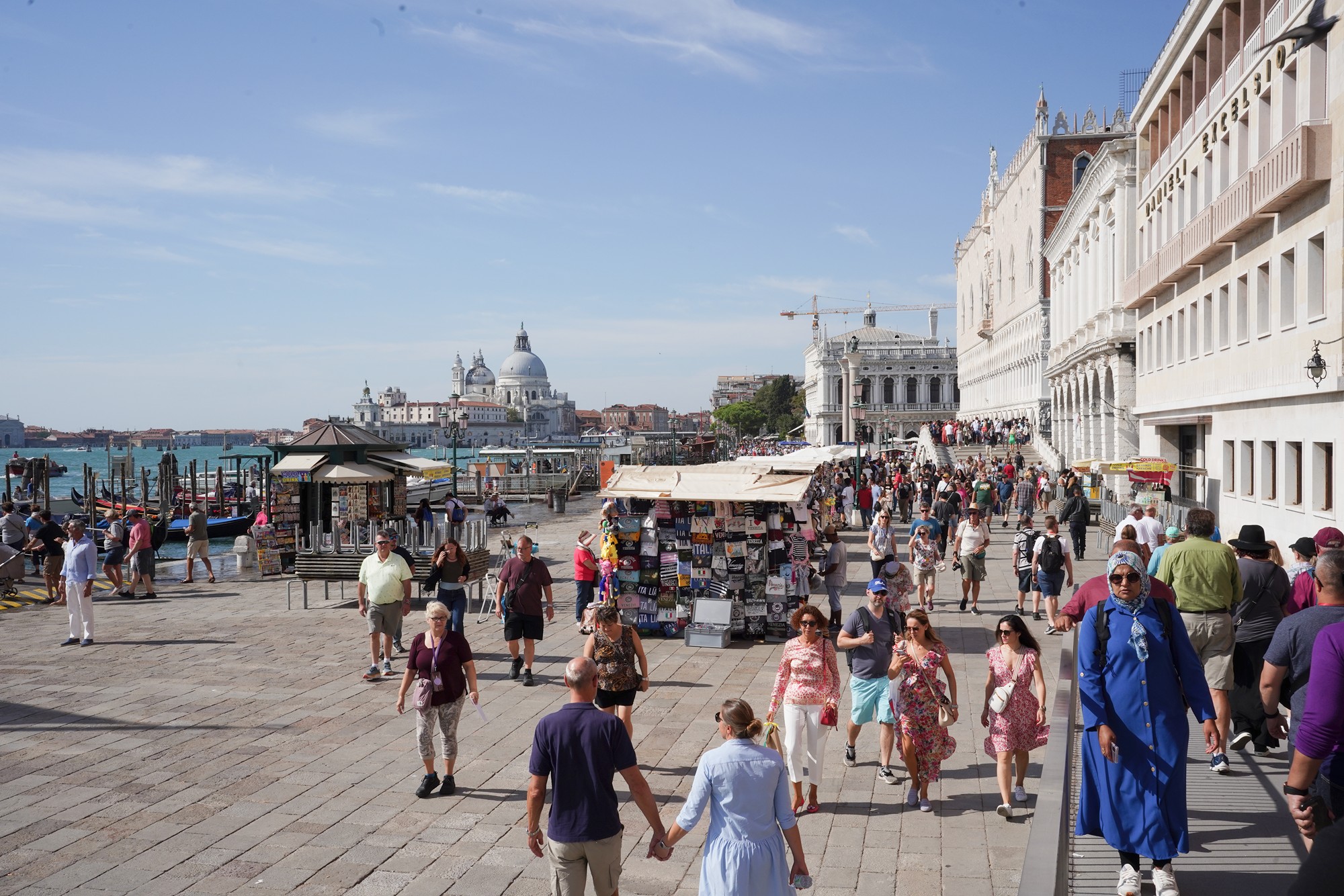
Looking back
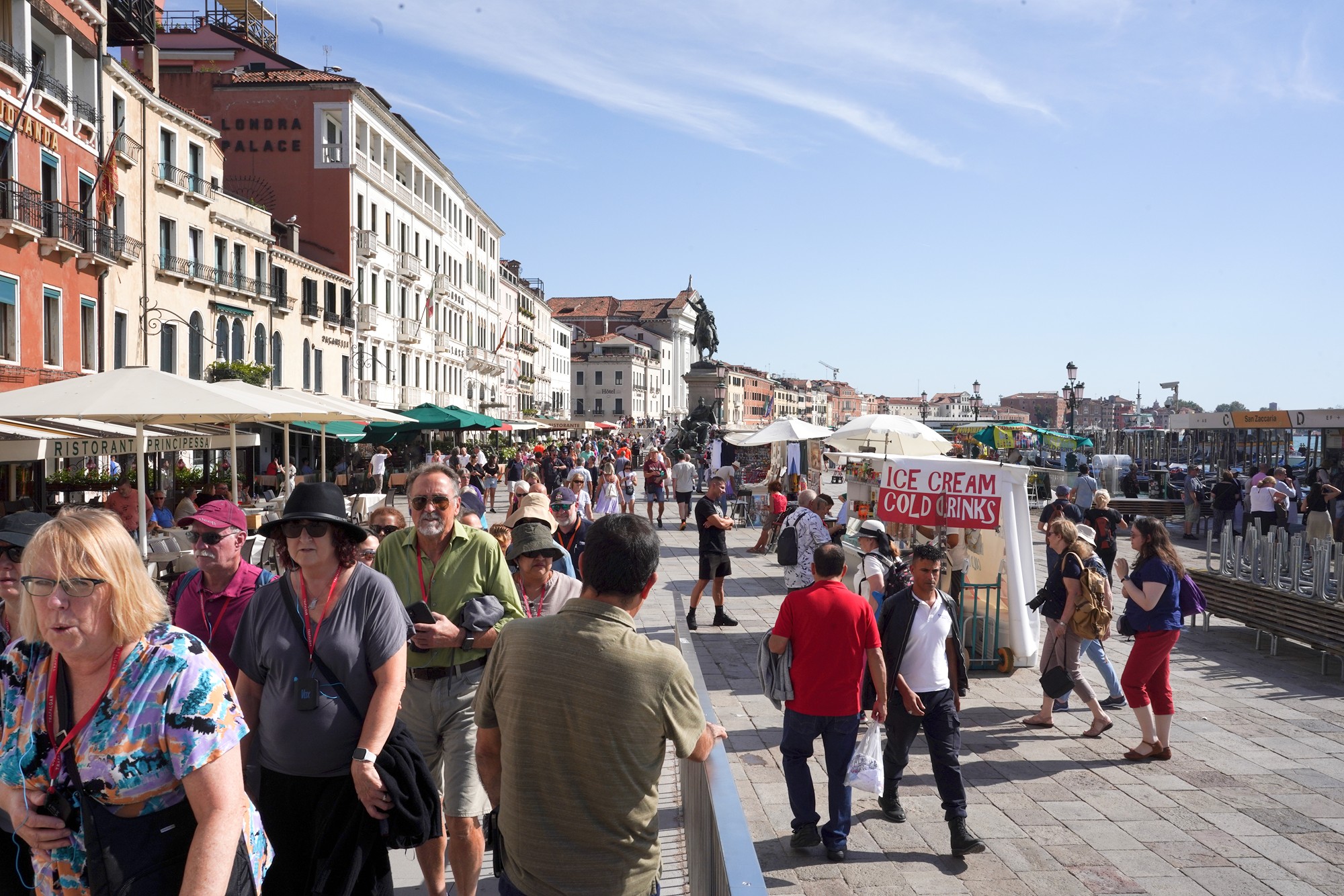
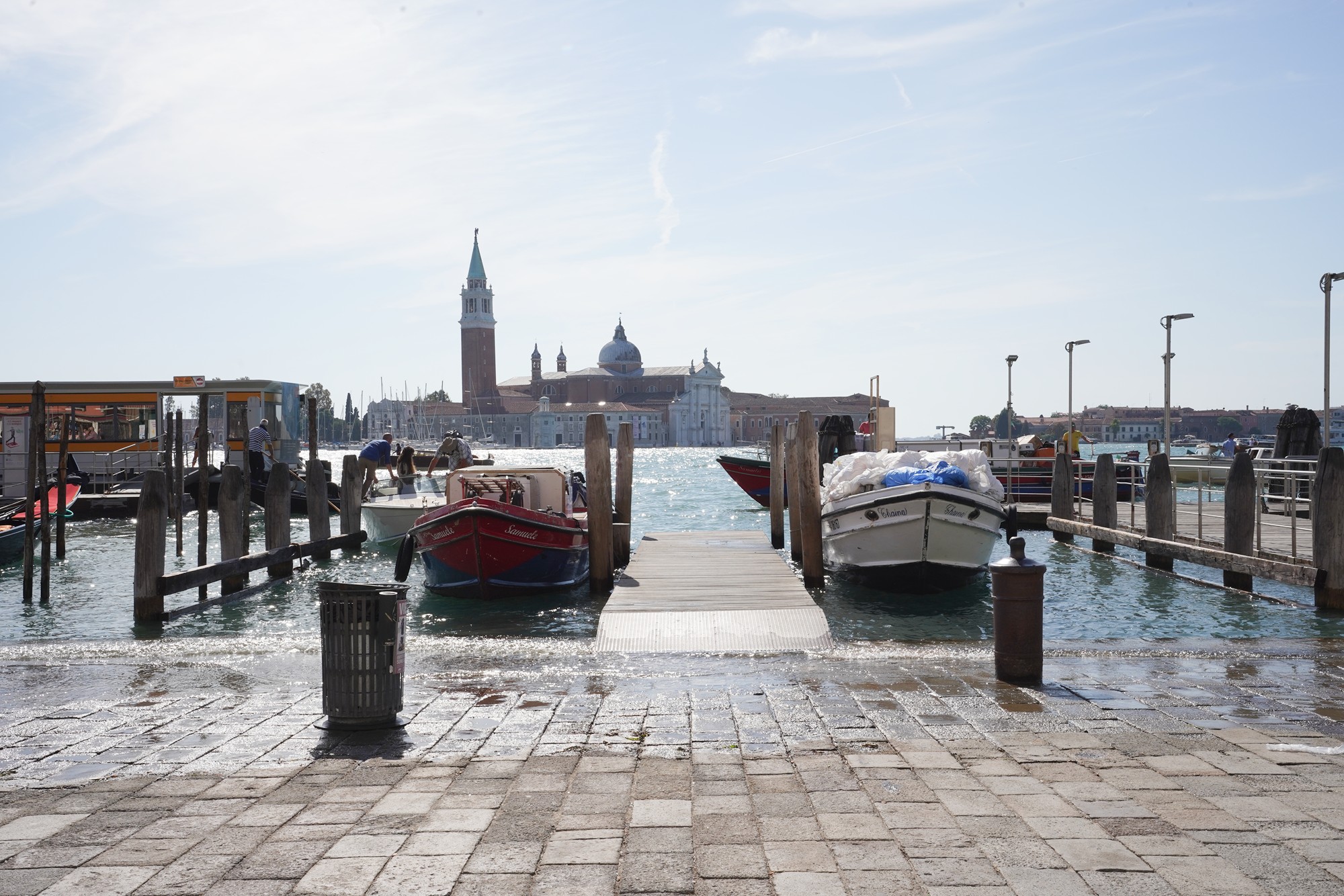
Panoramic View
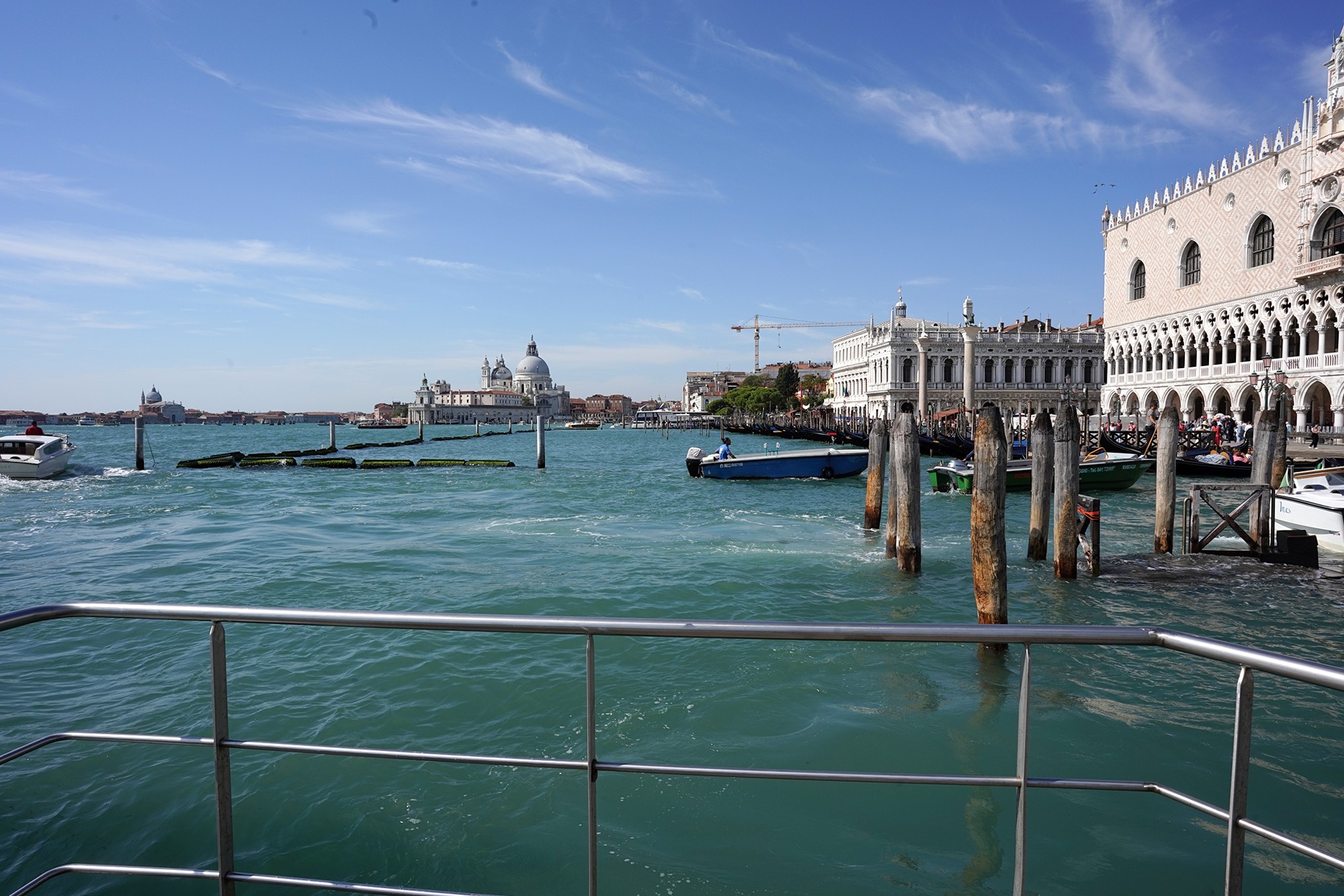
The Doge’s Palace – The palace is a stunning blend of Gothic, Byzantine, and Renaissance architectural styles.
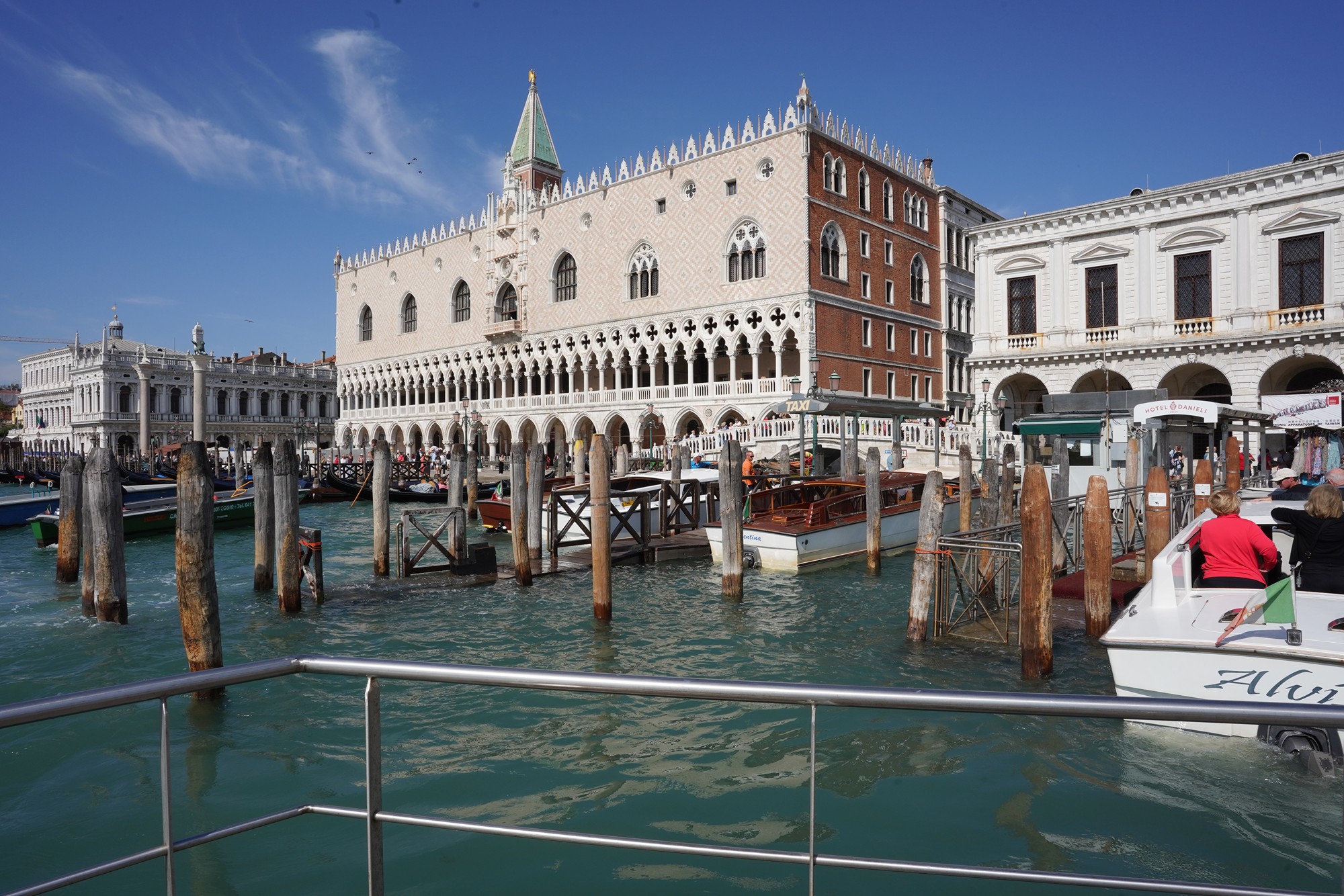
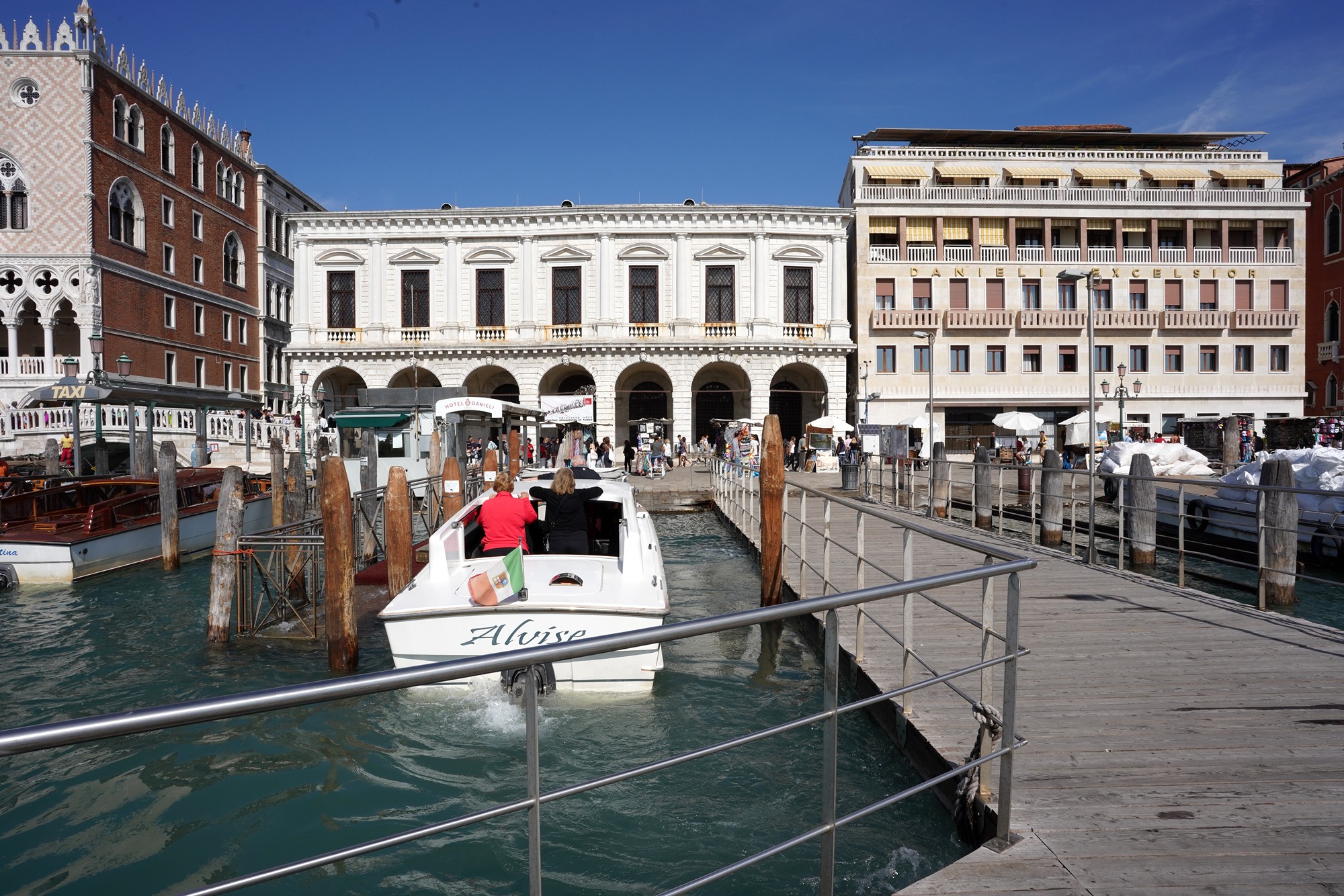

The Church of San Giorgio Maggiore
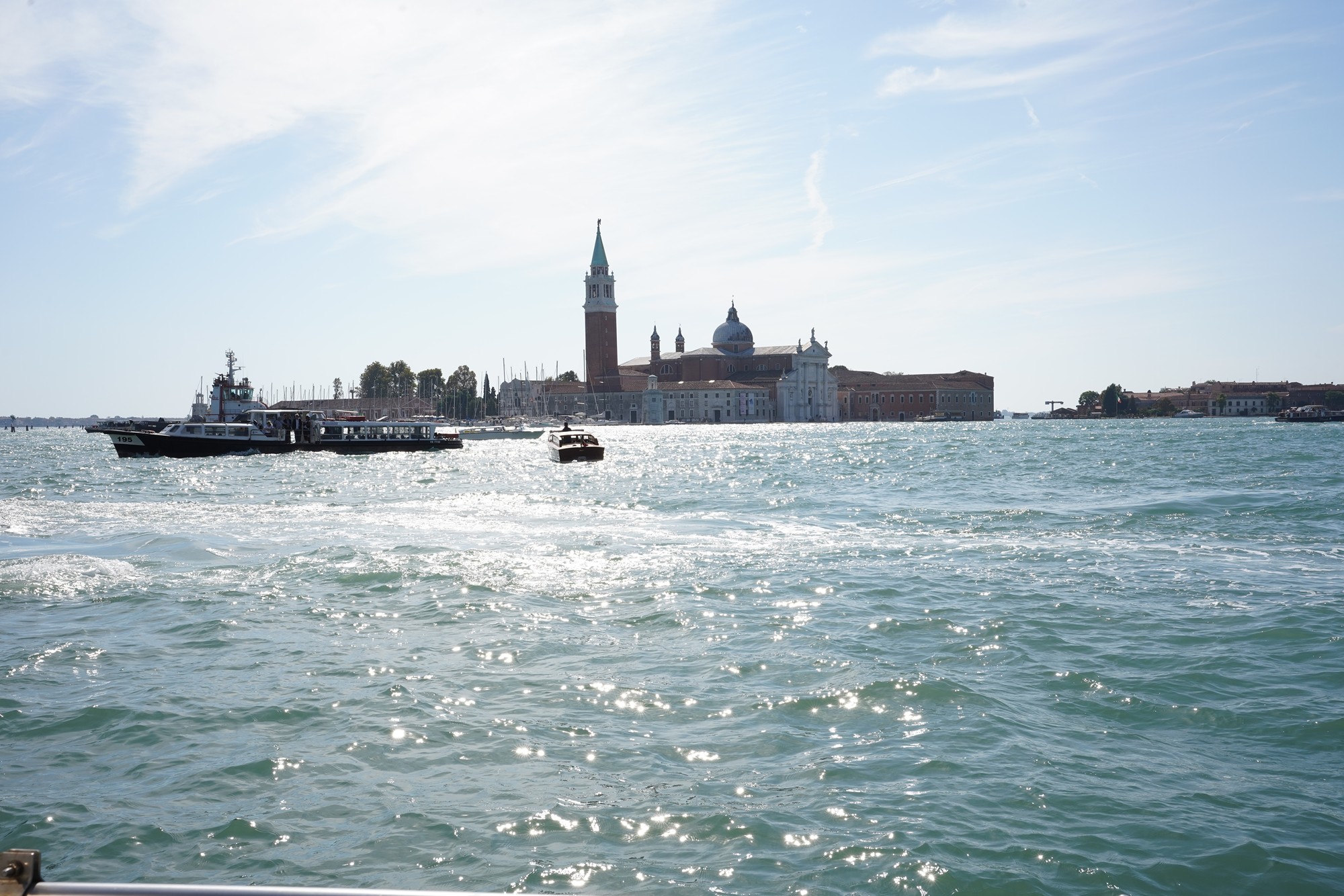
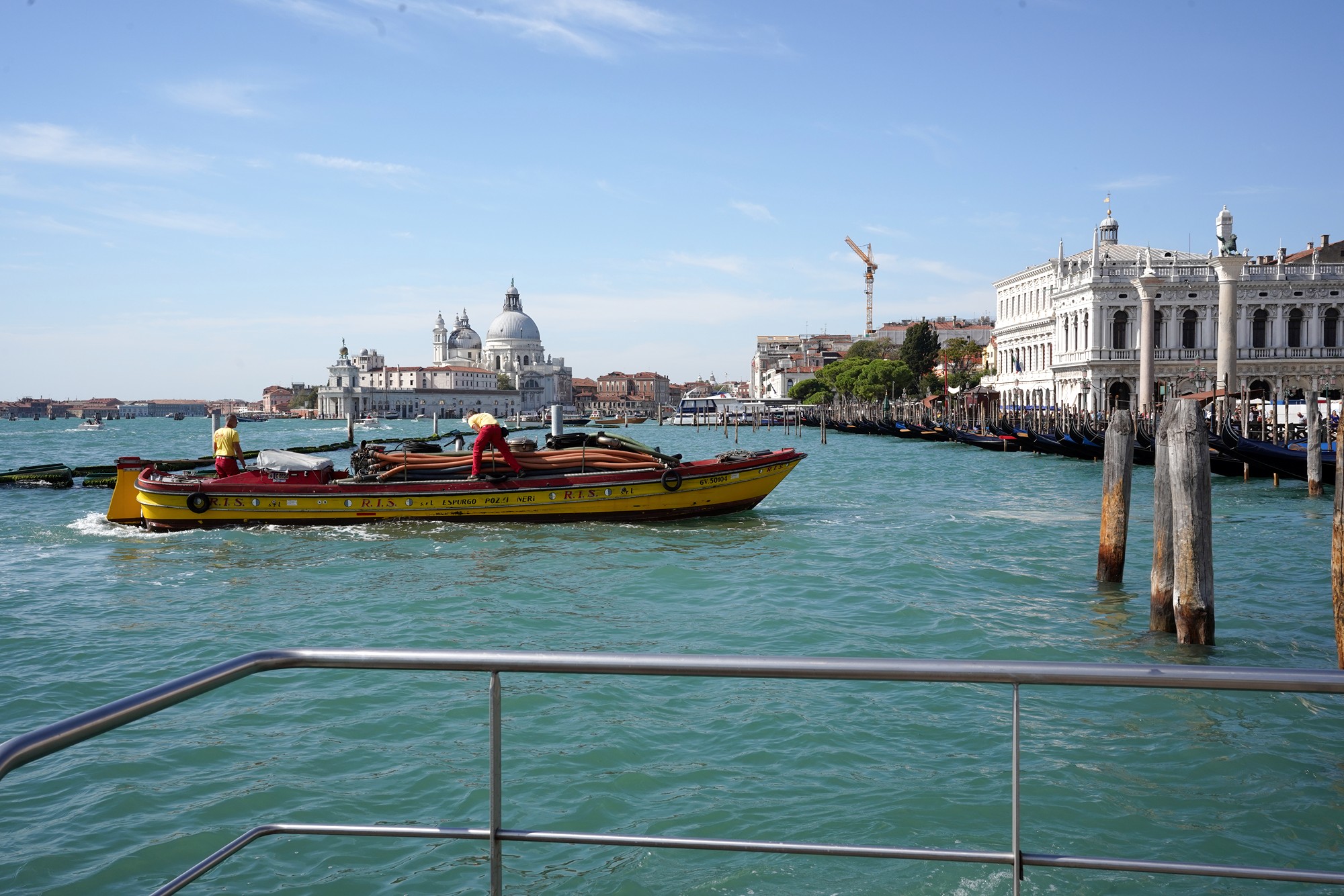
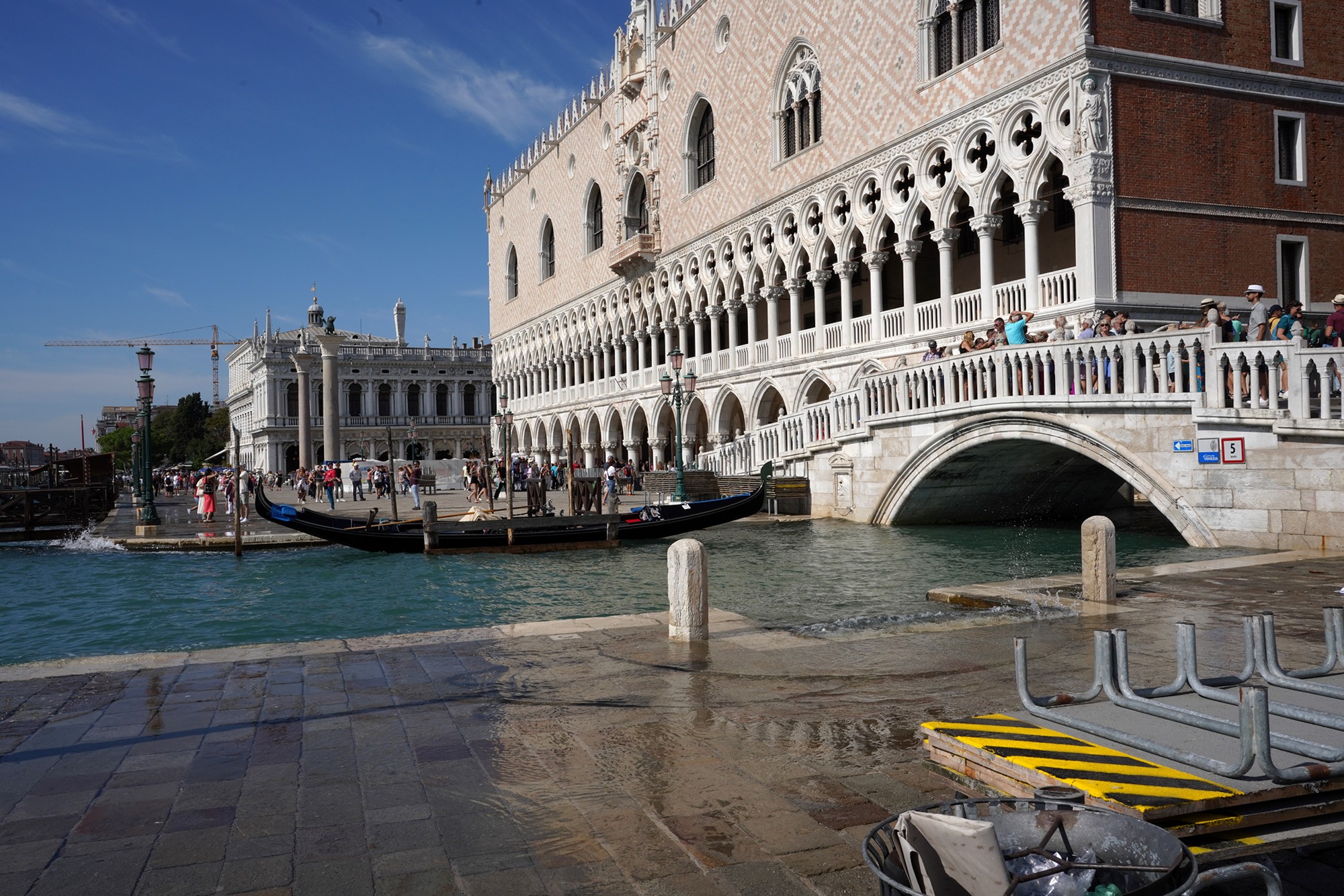
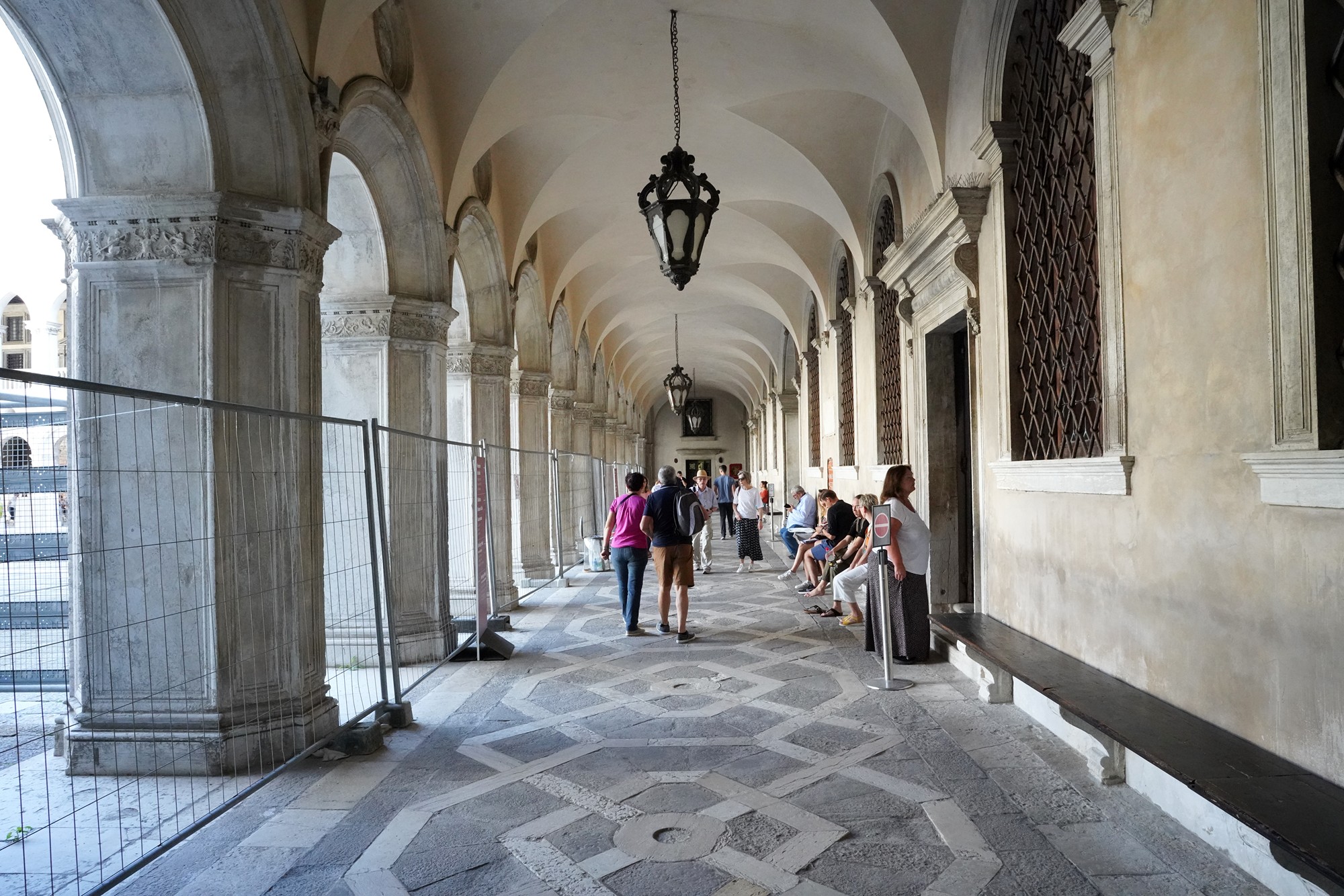
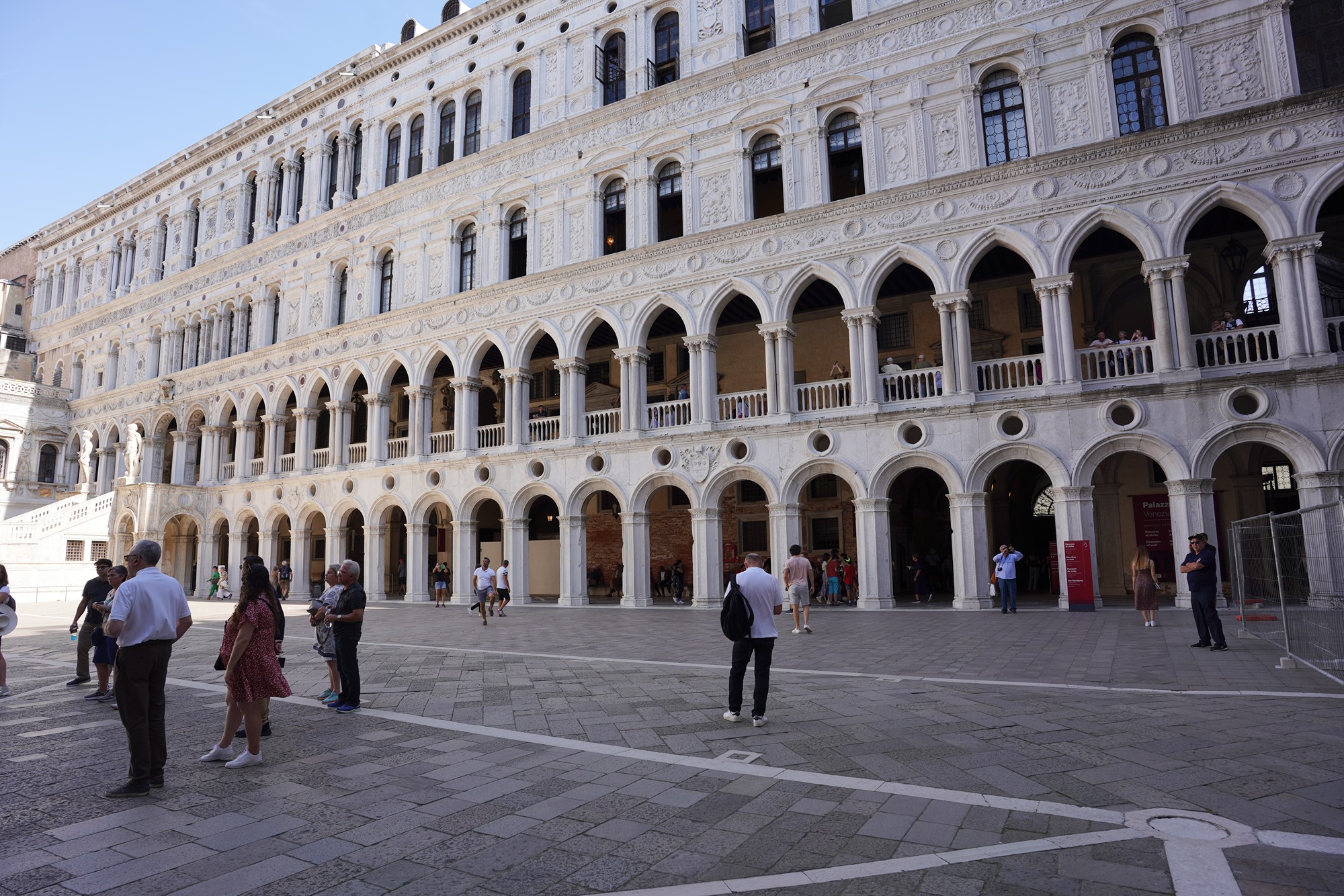
Inside the Doge’s Palace, at the palace square – the building in front is Saint Mark’s Basilica
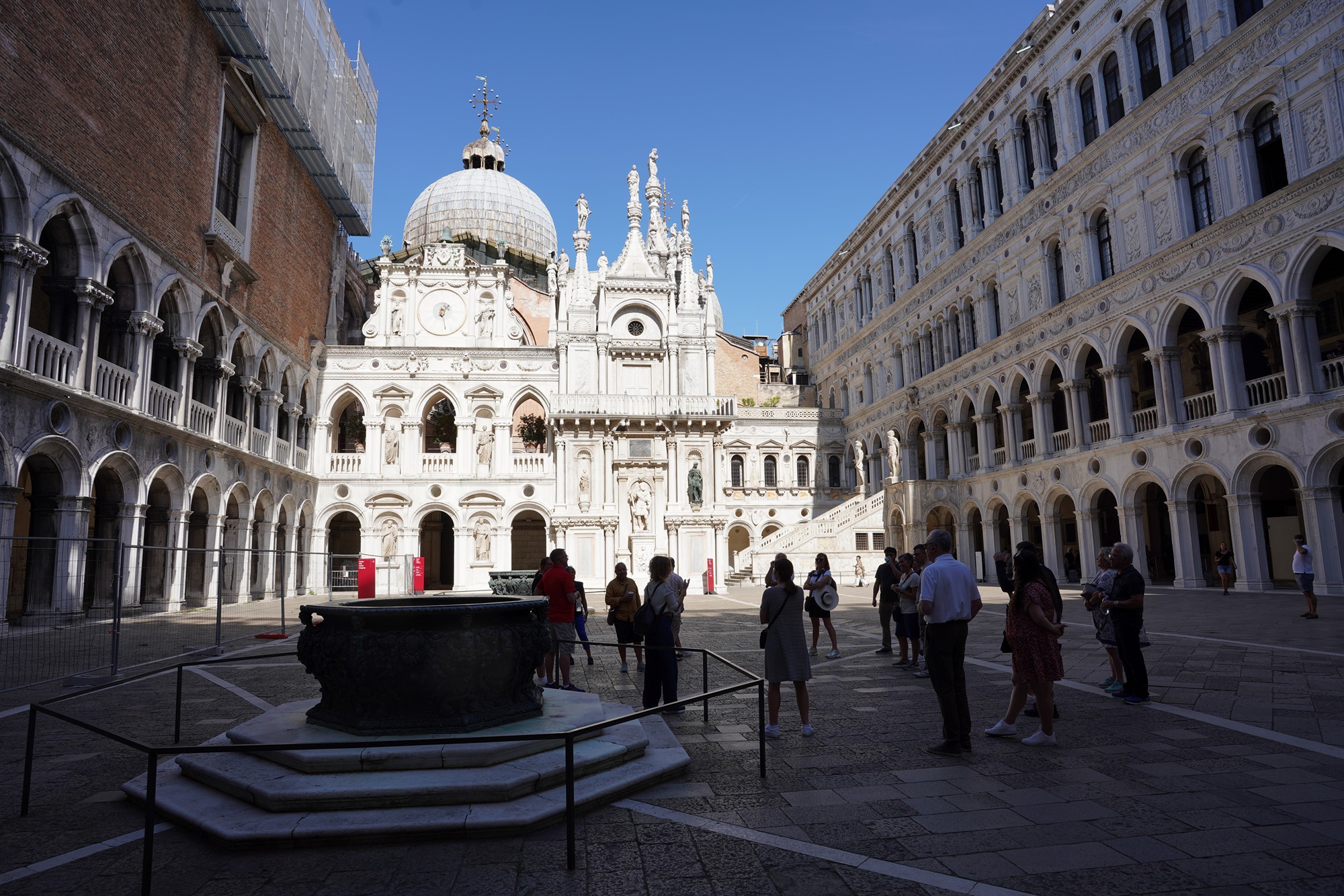
Stairs to the apartments

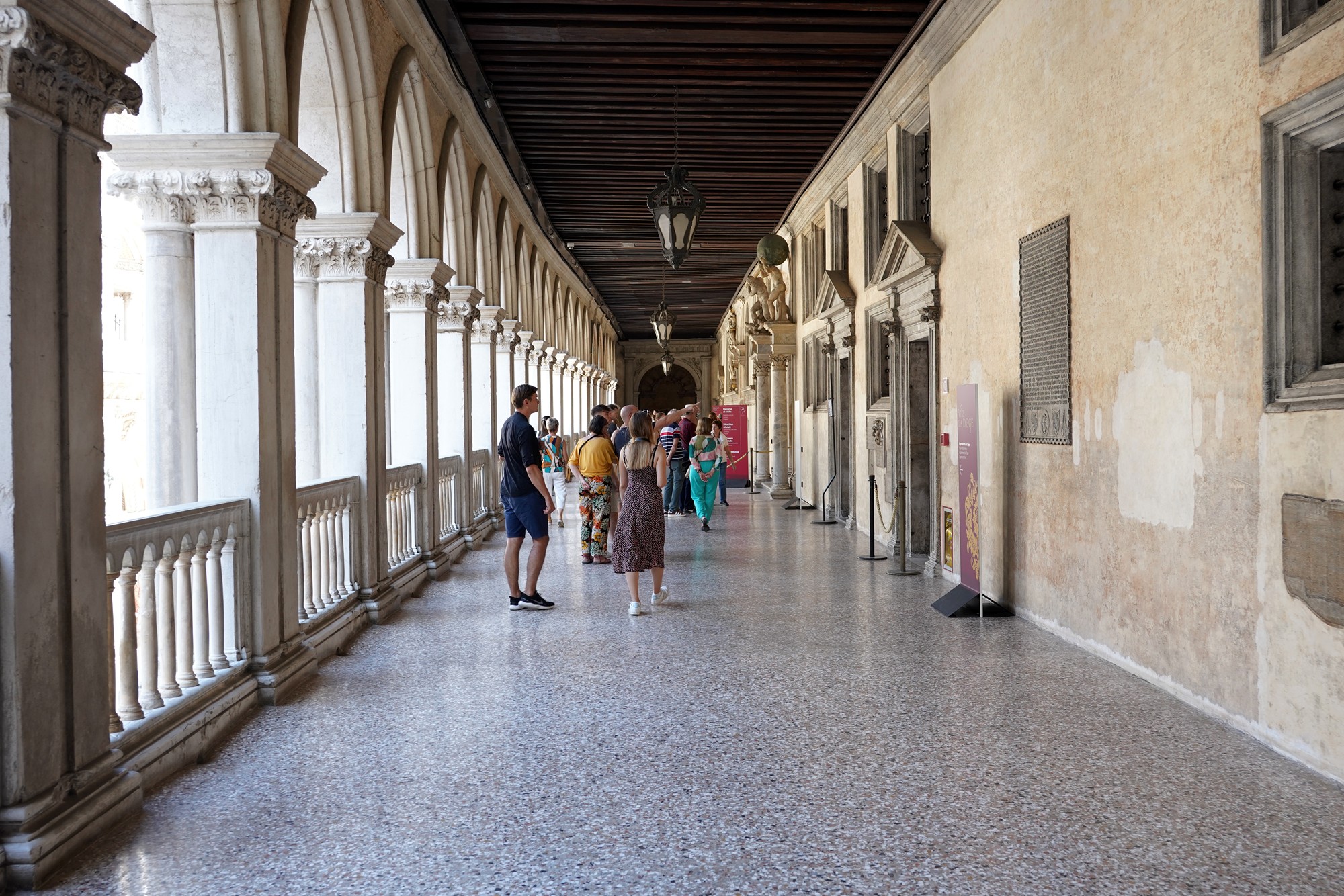
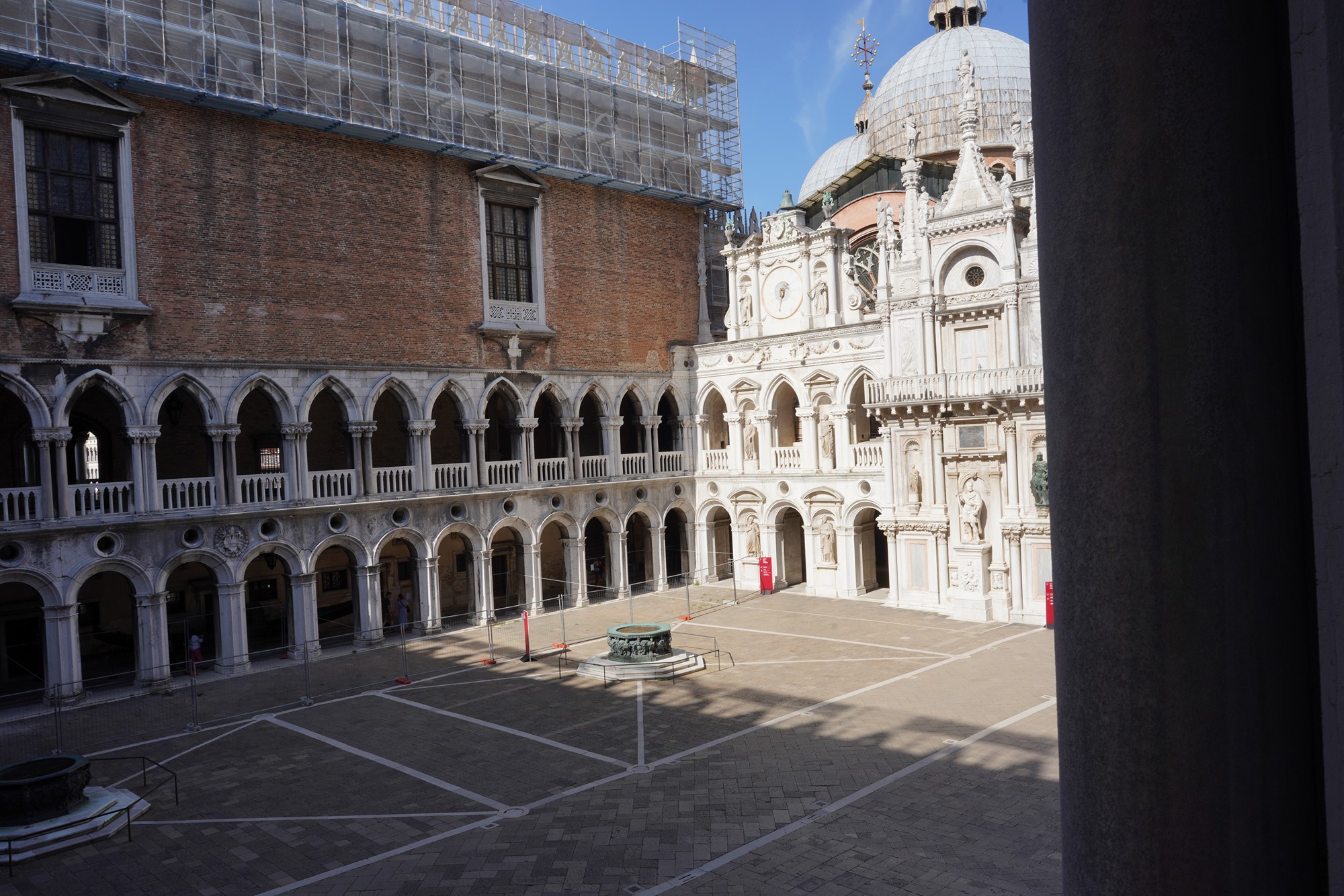
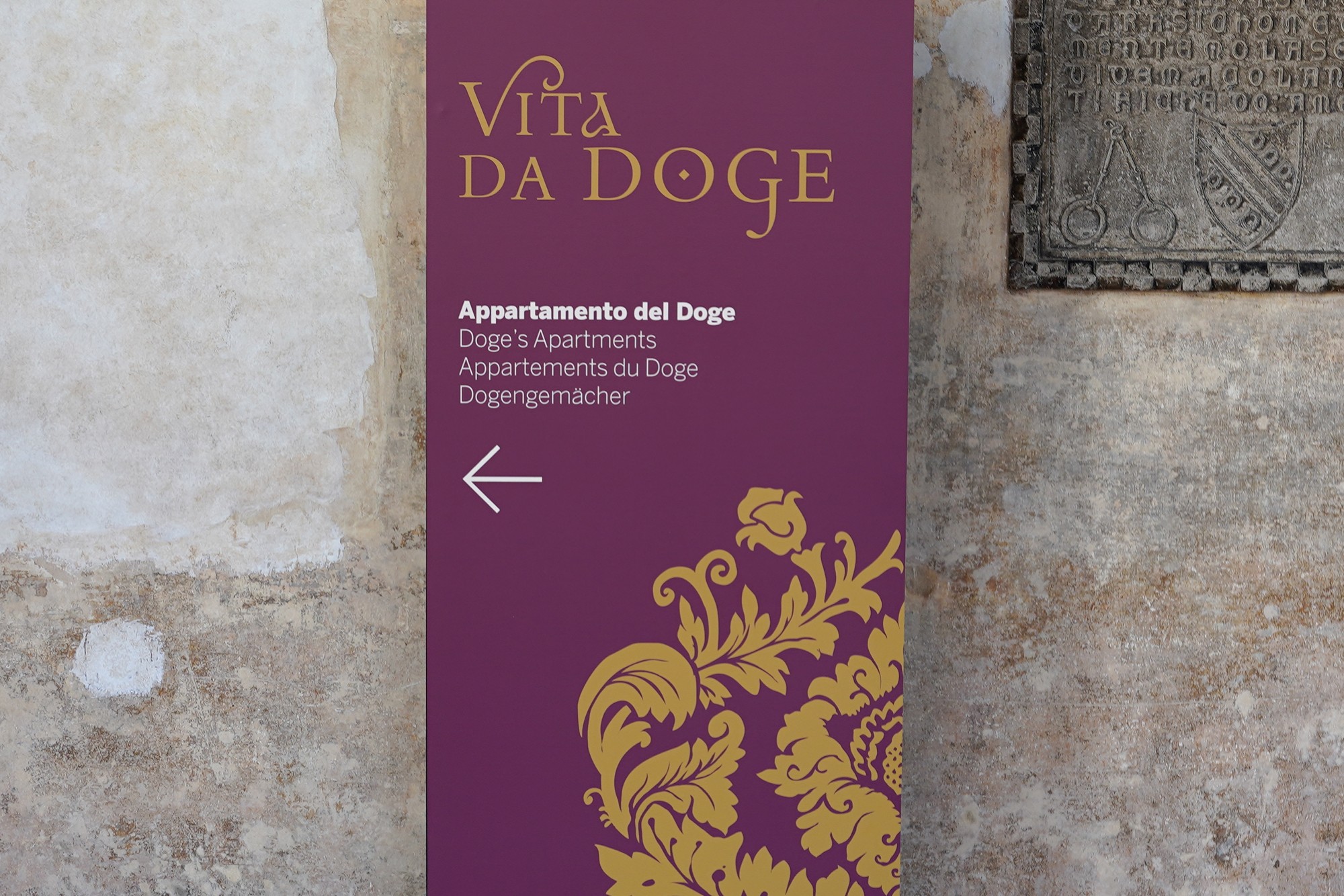
One more stairs
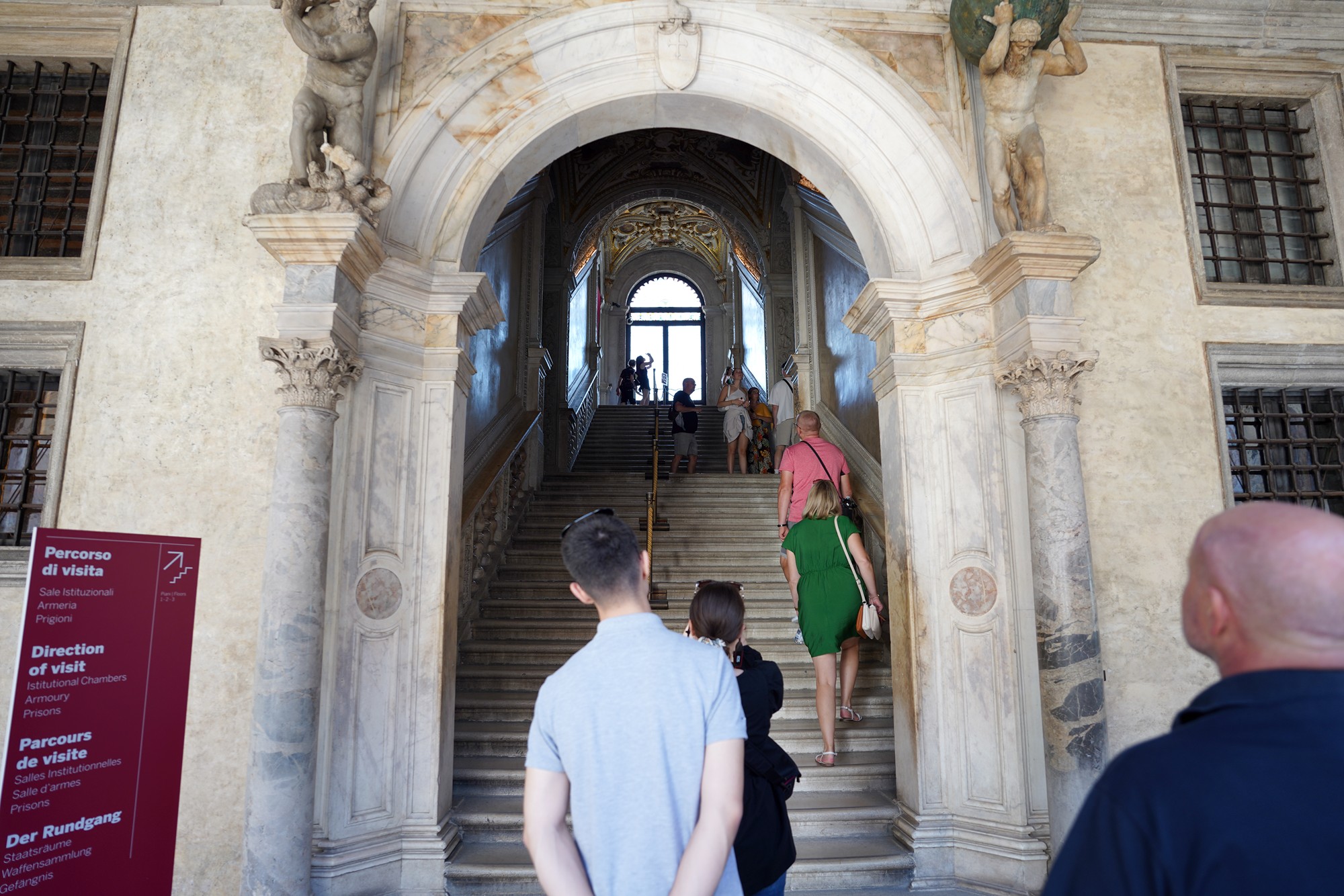
Information on Doges – A Doge was the chief magistrate and leader of the Republic of Venice, which was a city-state located in what is now modern-day Italy. The term “Doge” is derived from the Latin word “dux,” meaning leader or duke.
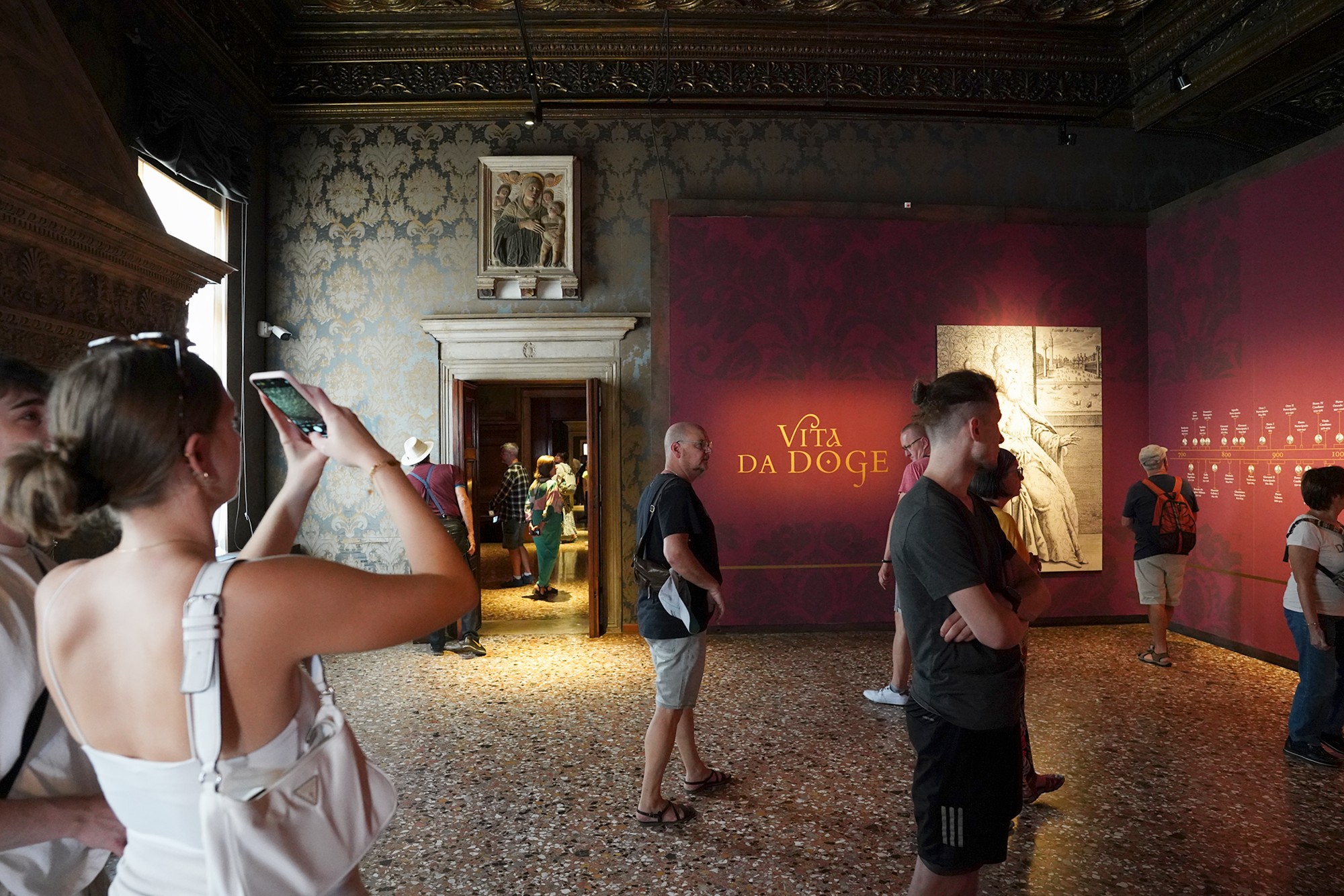
The position of Doge was a central and influential role in the Venetian government during the time of the Venetian Republic, which lasted for over a thousand years from roughly the 7th century to the late 18th century.

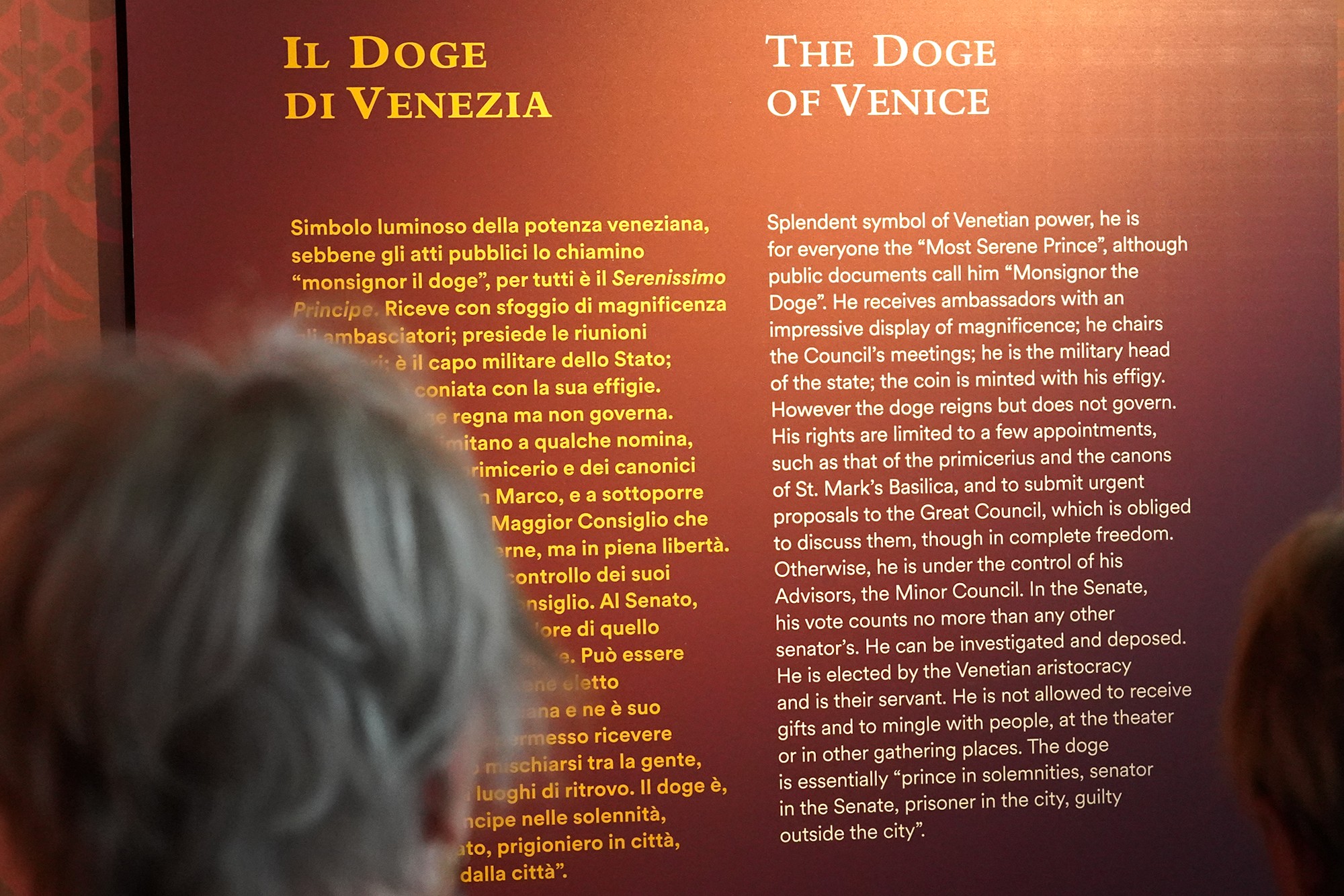
Doges were elected by a council of prominent Venetian citizens, known as the Great Council. The Doge was elected for life but could be removed from office in cases of misconduct or other exceptional circumstances.
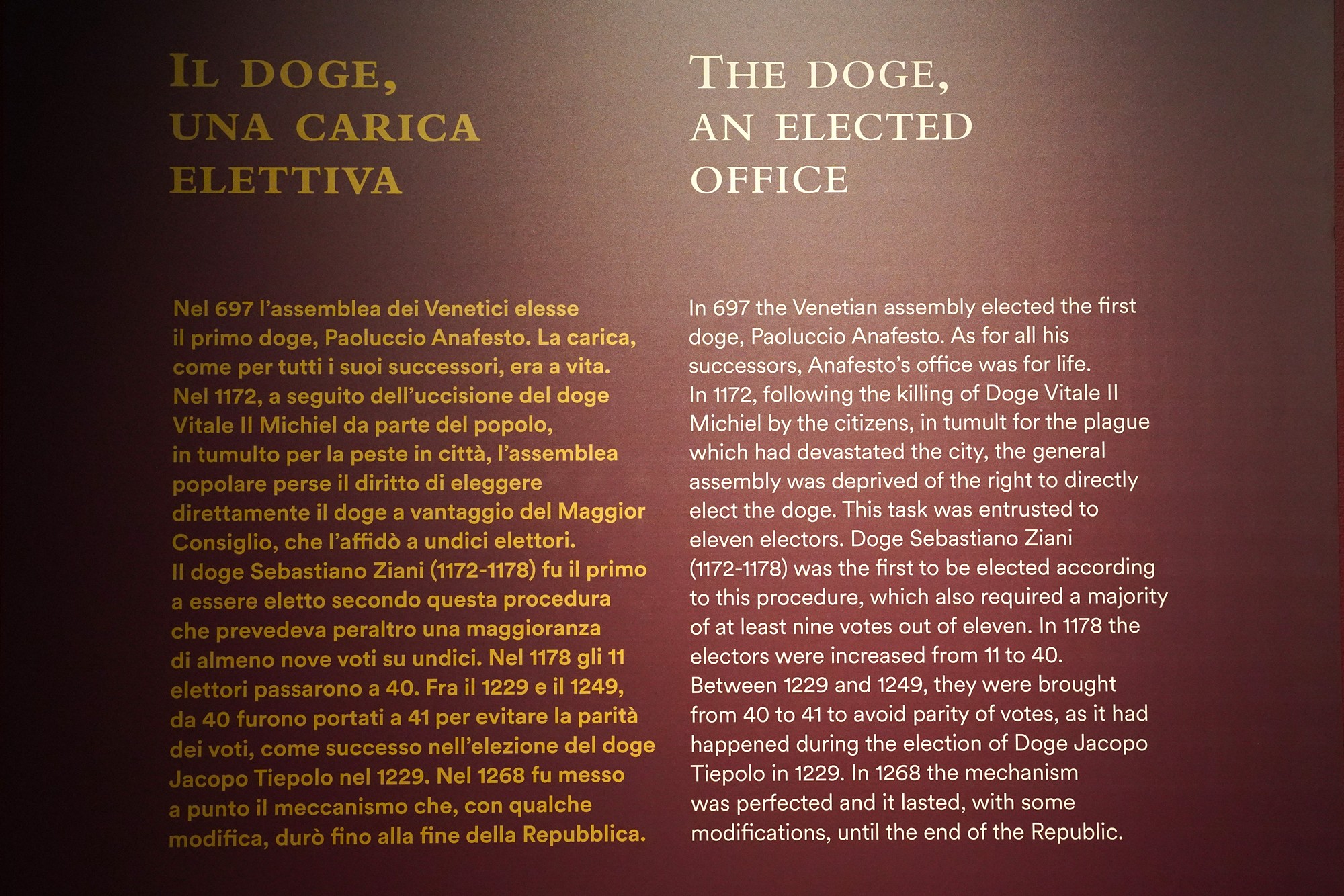
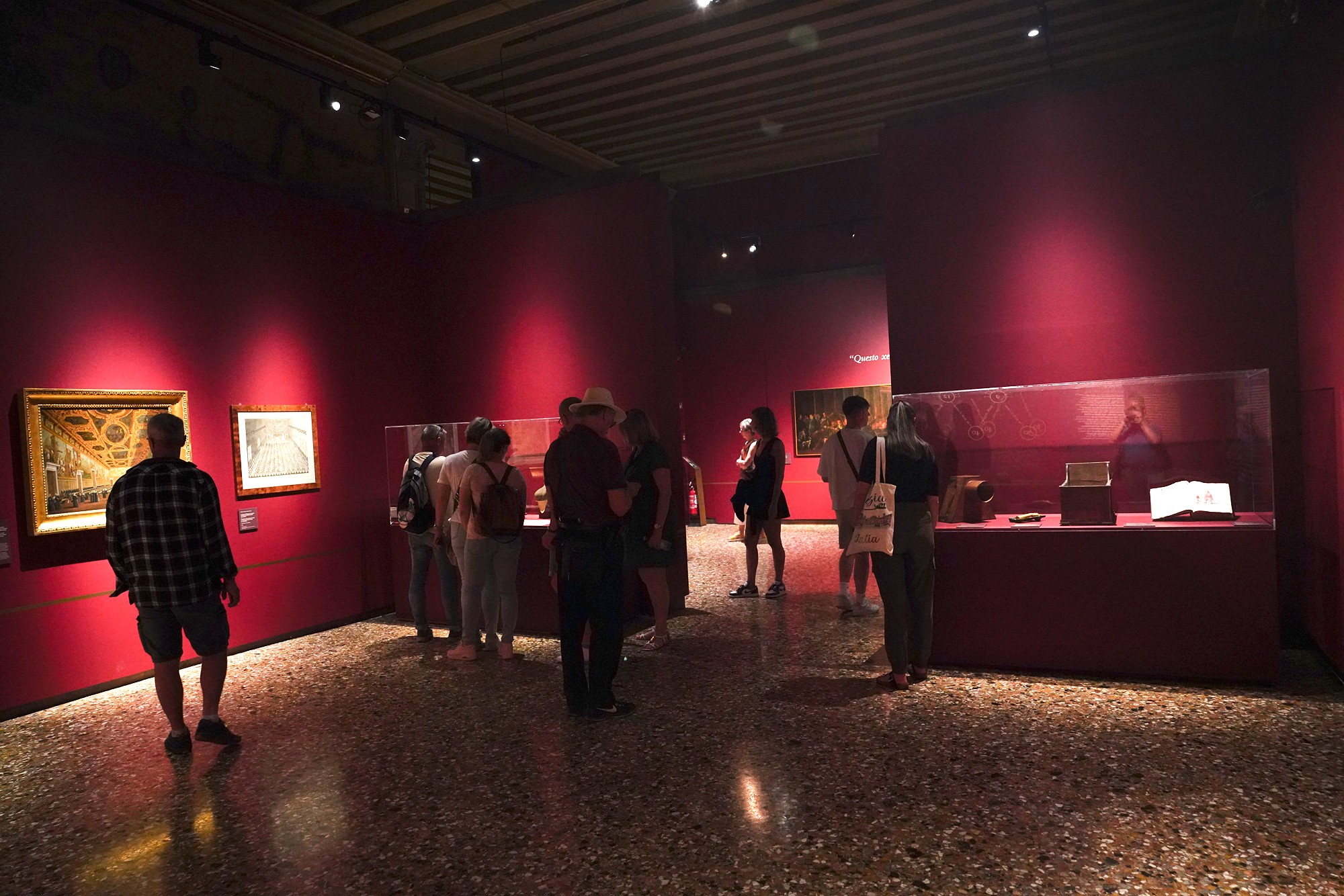
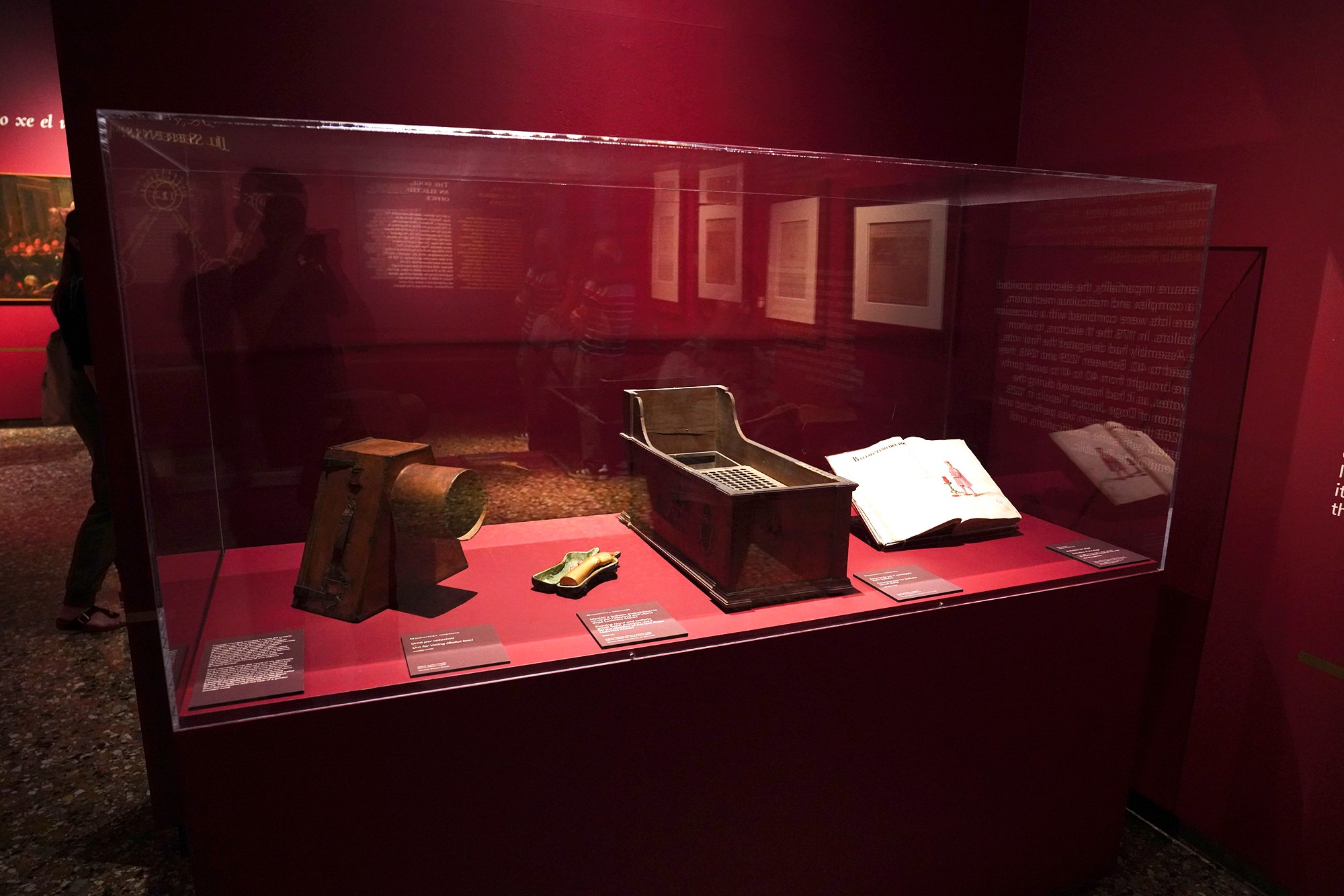
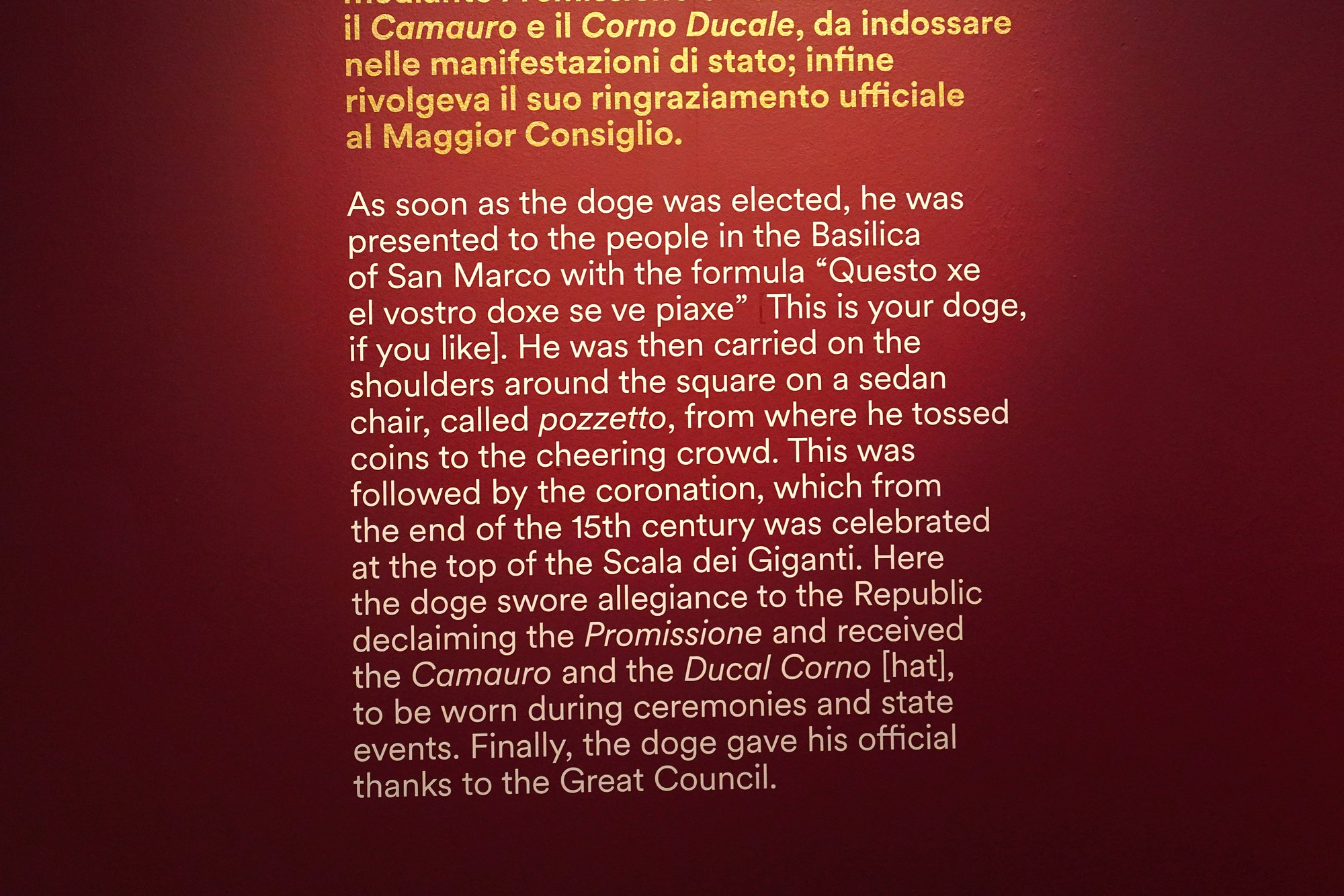
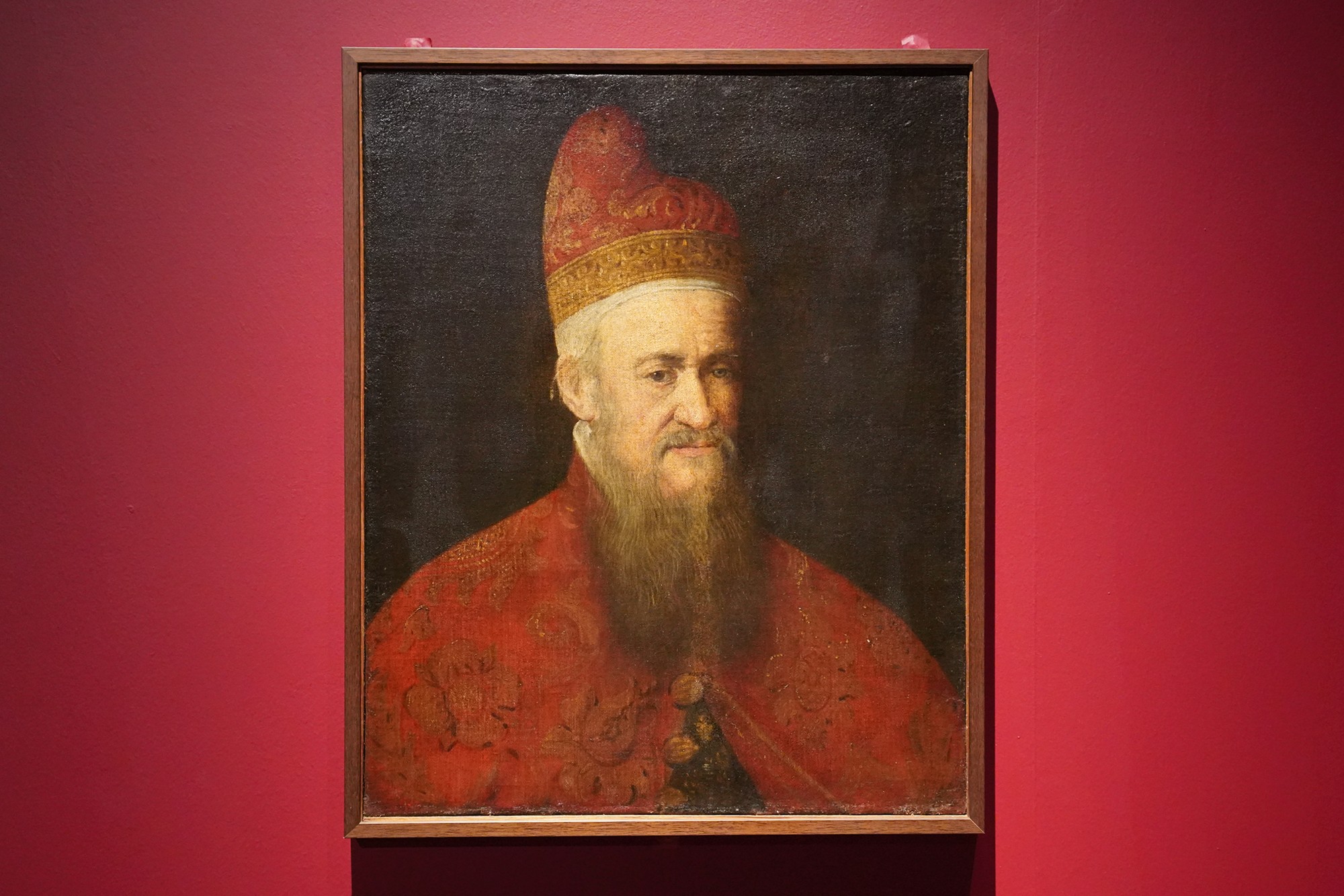
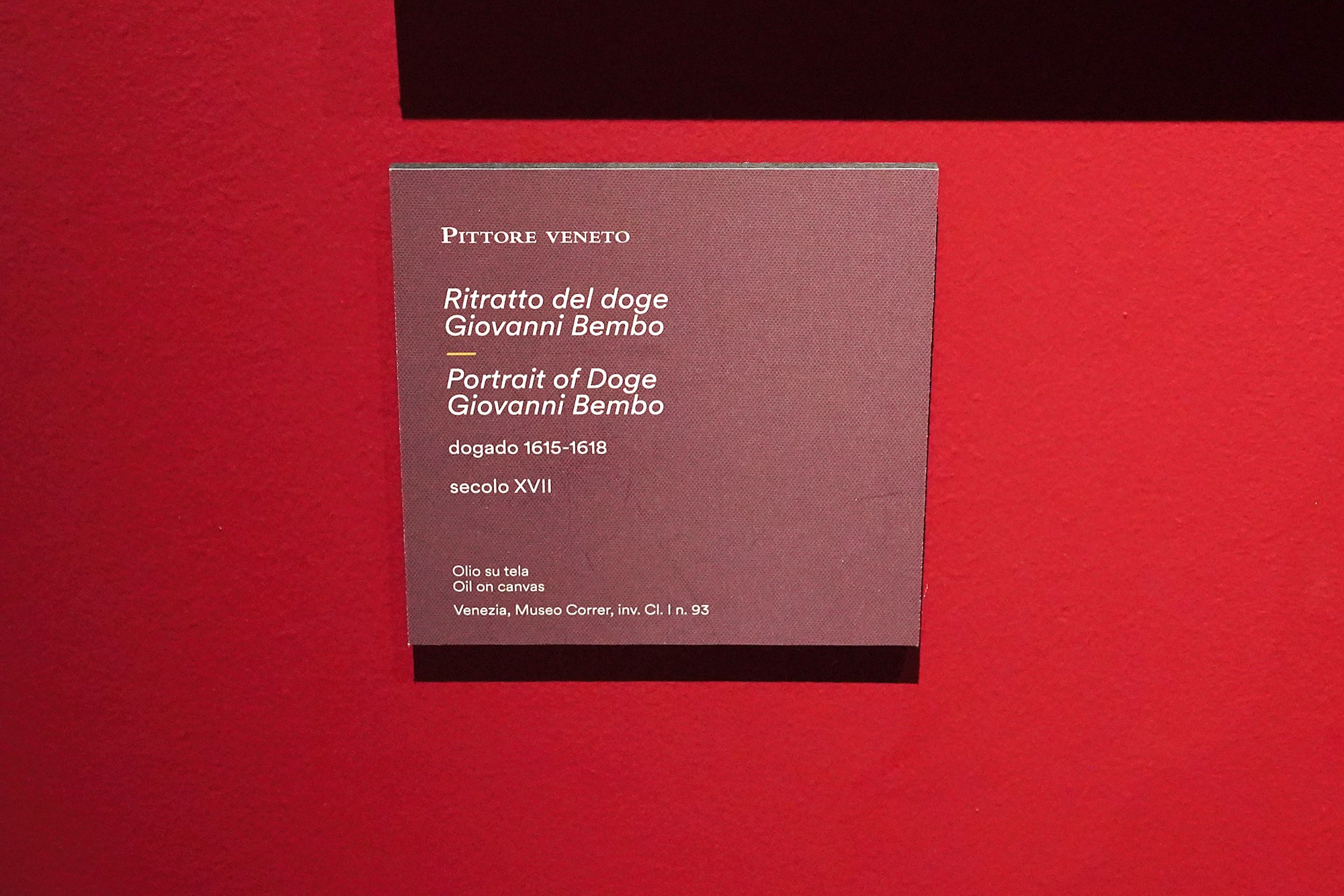
The Doge was the head of state and government, responsible for both the civil and military administration of Venice. The Doge presided over the Senate and other governing bodies, represented Venice in diplomatic matters, and oversaw the judicial system.
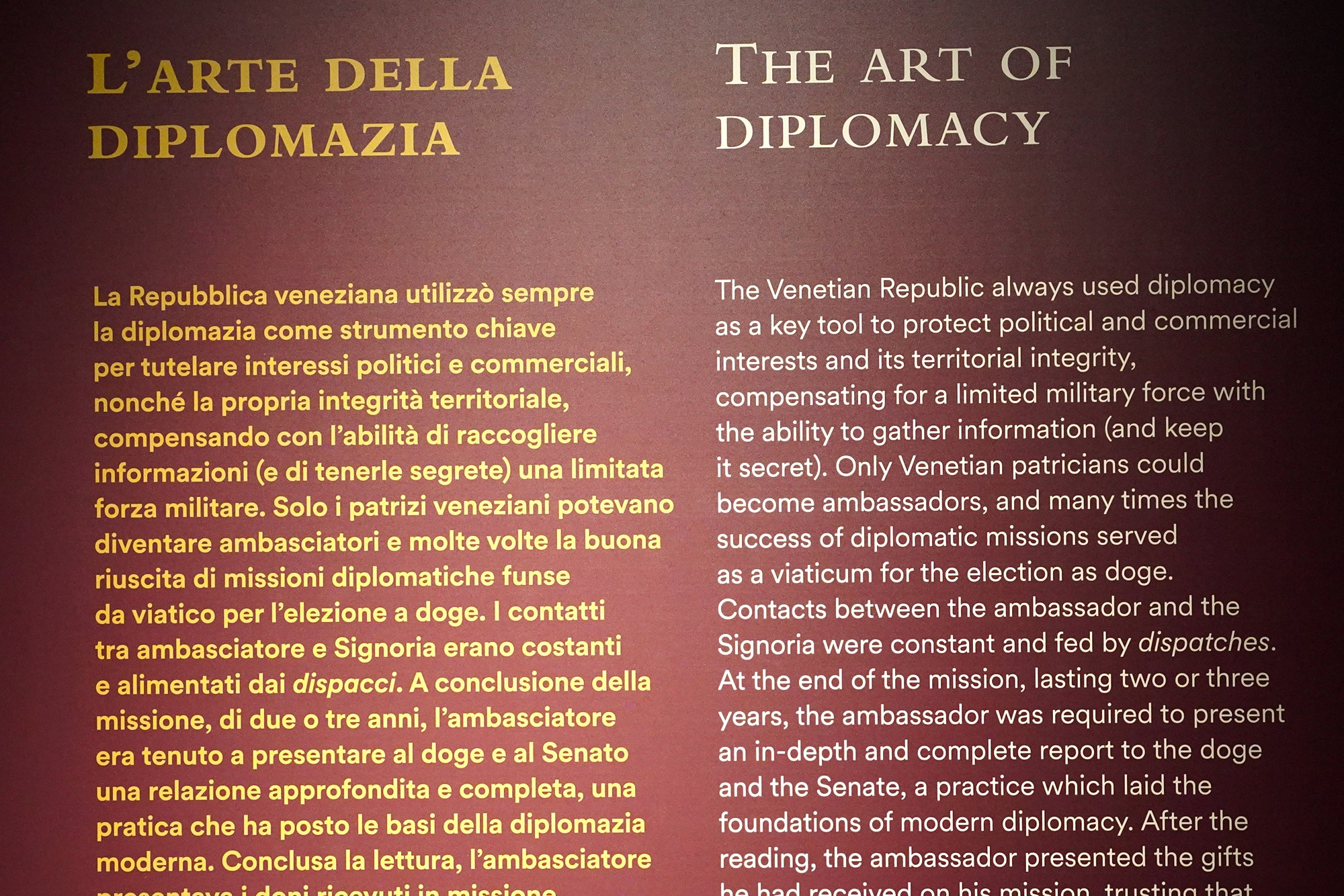

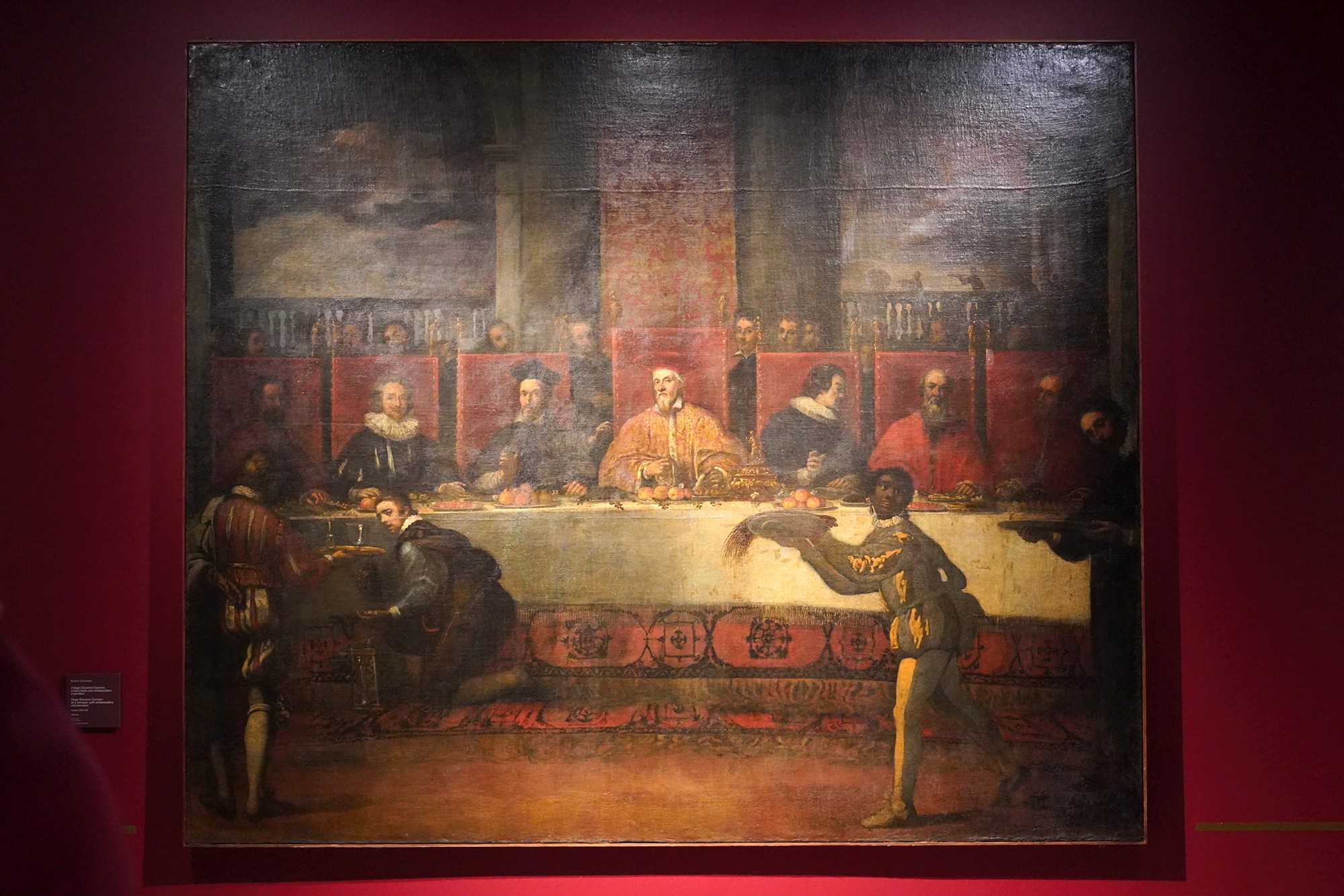
Venice was often involved in conflicts and wars, such as the War of the League of Cambrai (1508-1516) and the subsequent wars with the Ottoman Empire. These conflicts drained resources and weakened the republic, both economically and militarily.

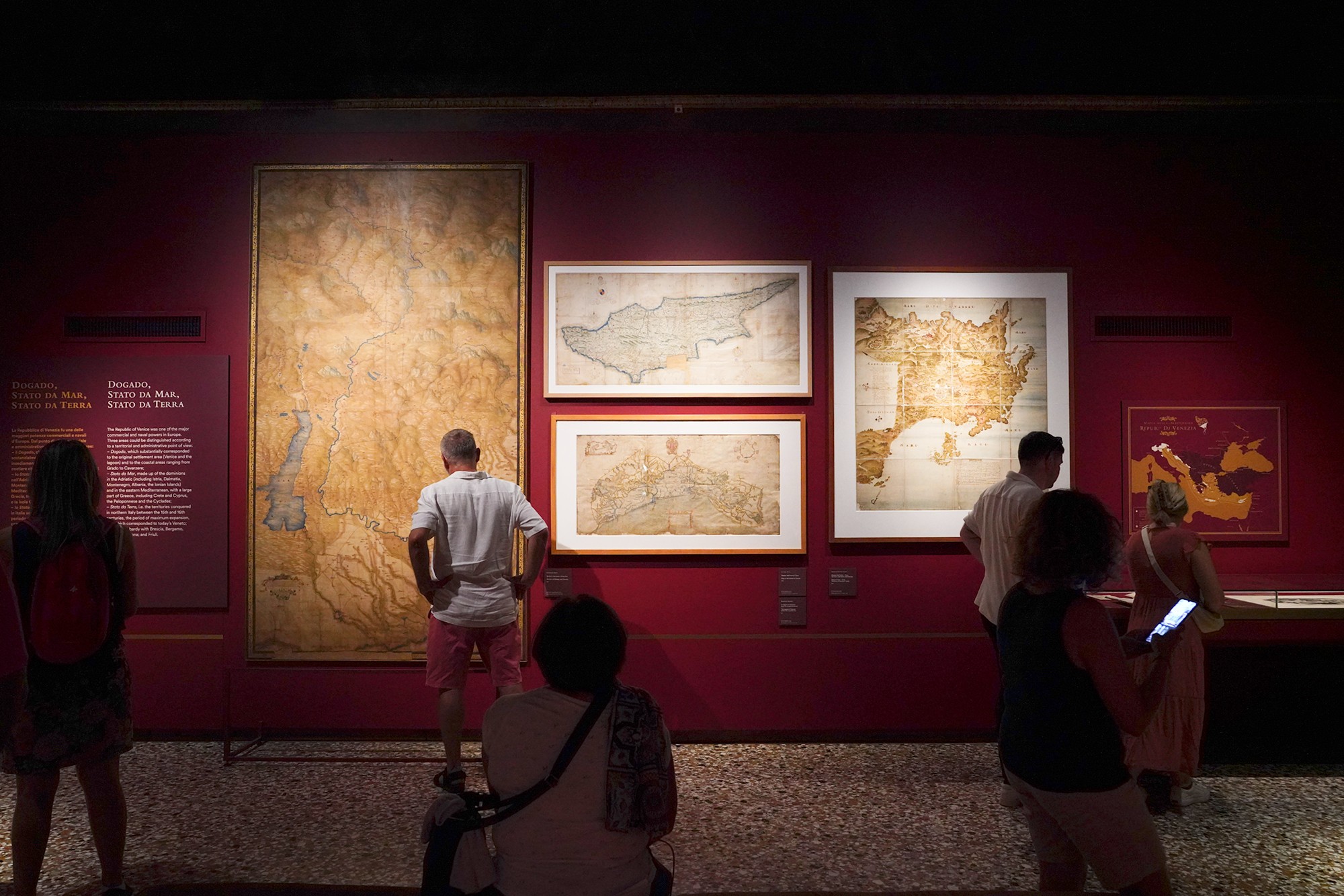
Over time, Venice gradually lost some of its key territories and trading posts, such as Cyprus, Crete, and parts of Greece. These losses reduced the Republic’s influence and control over vital strategic locations.
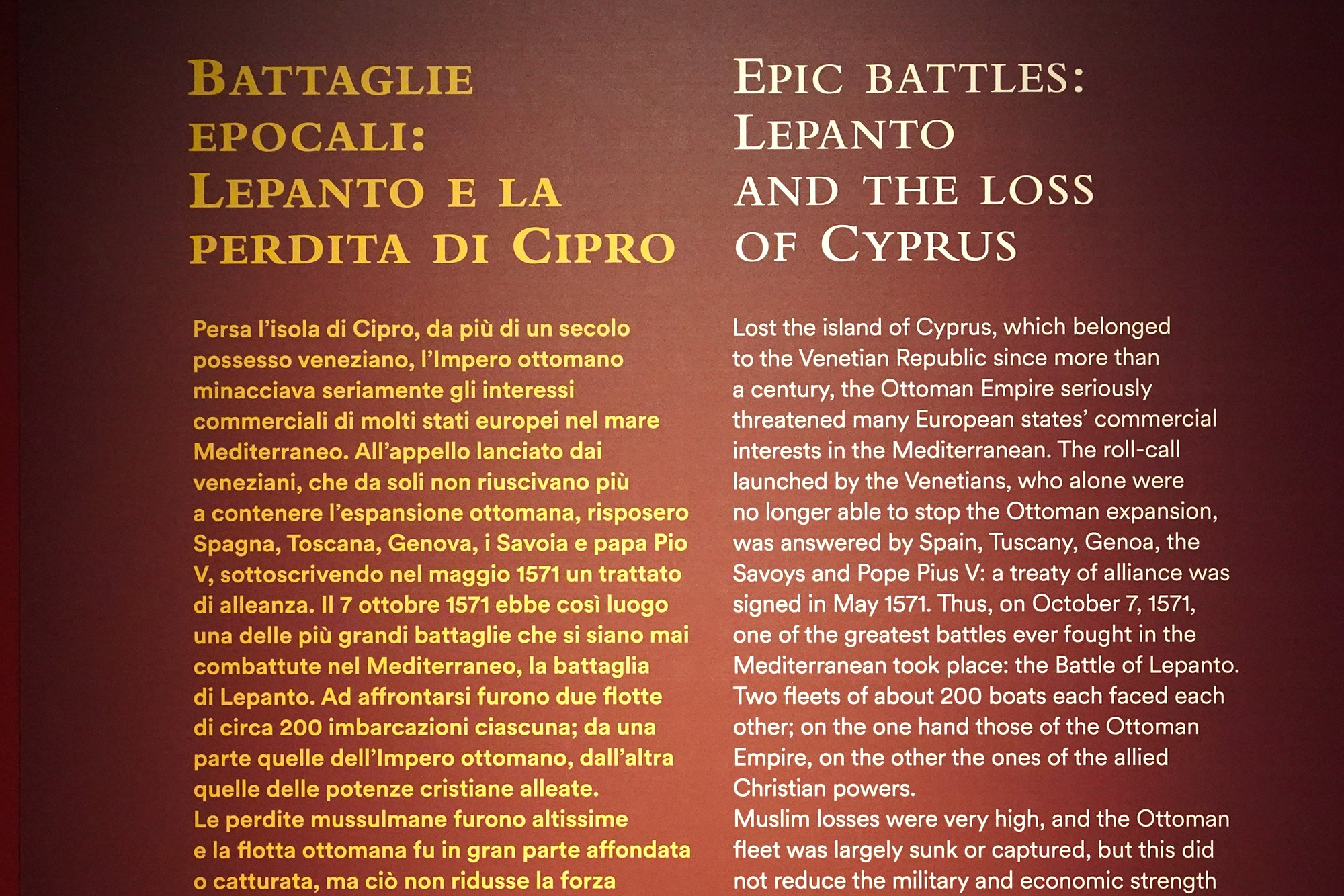
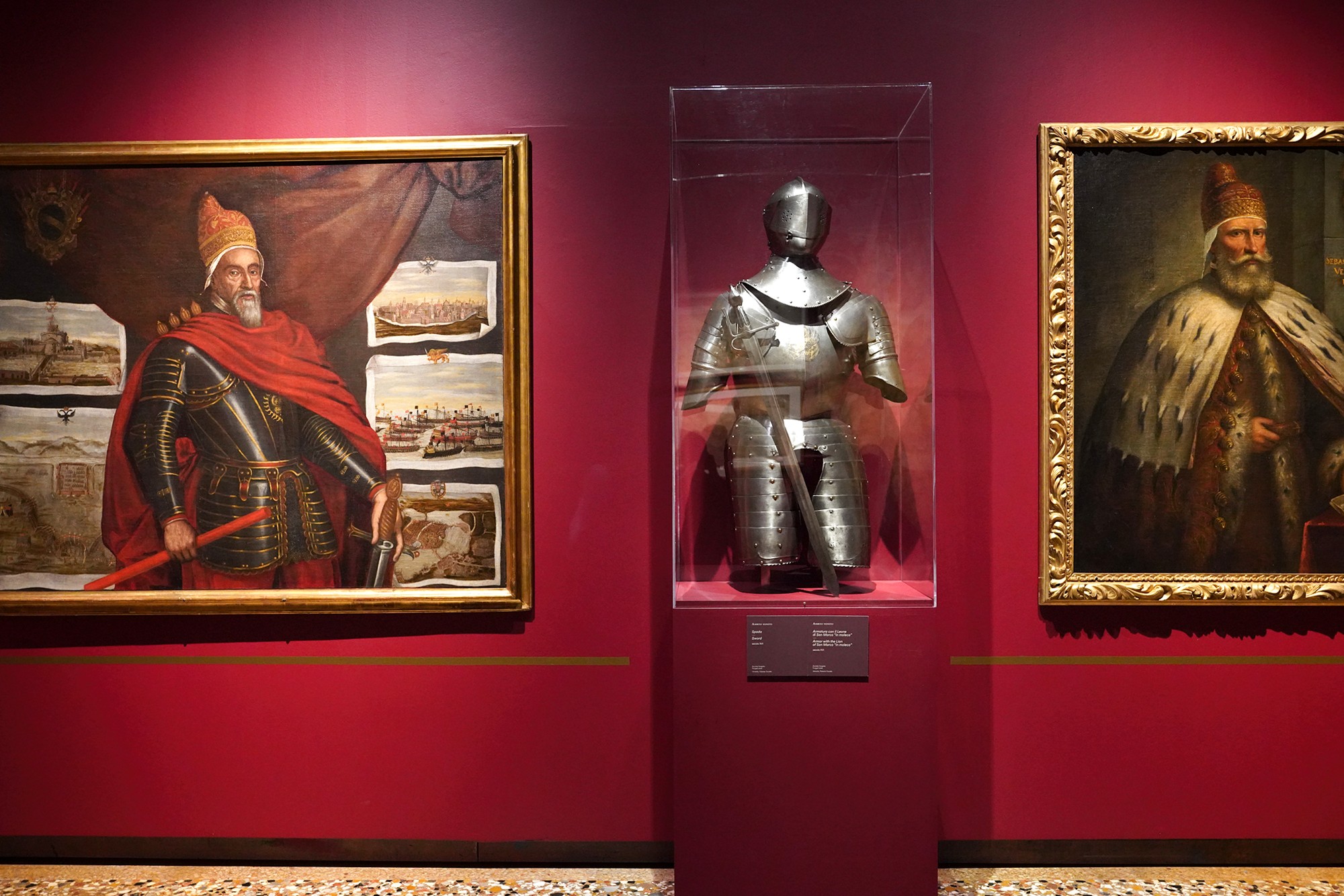
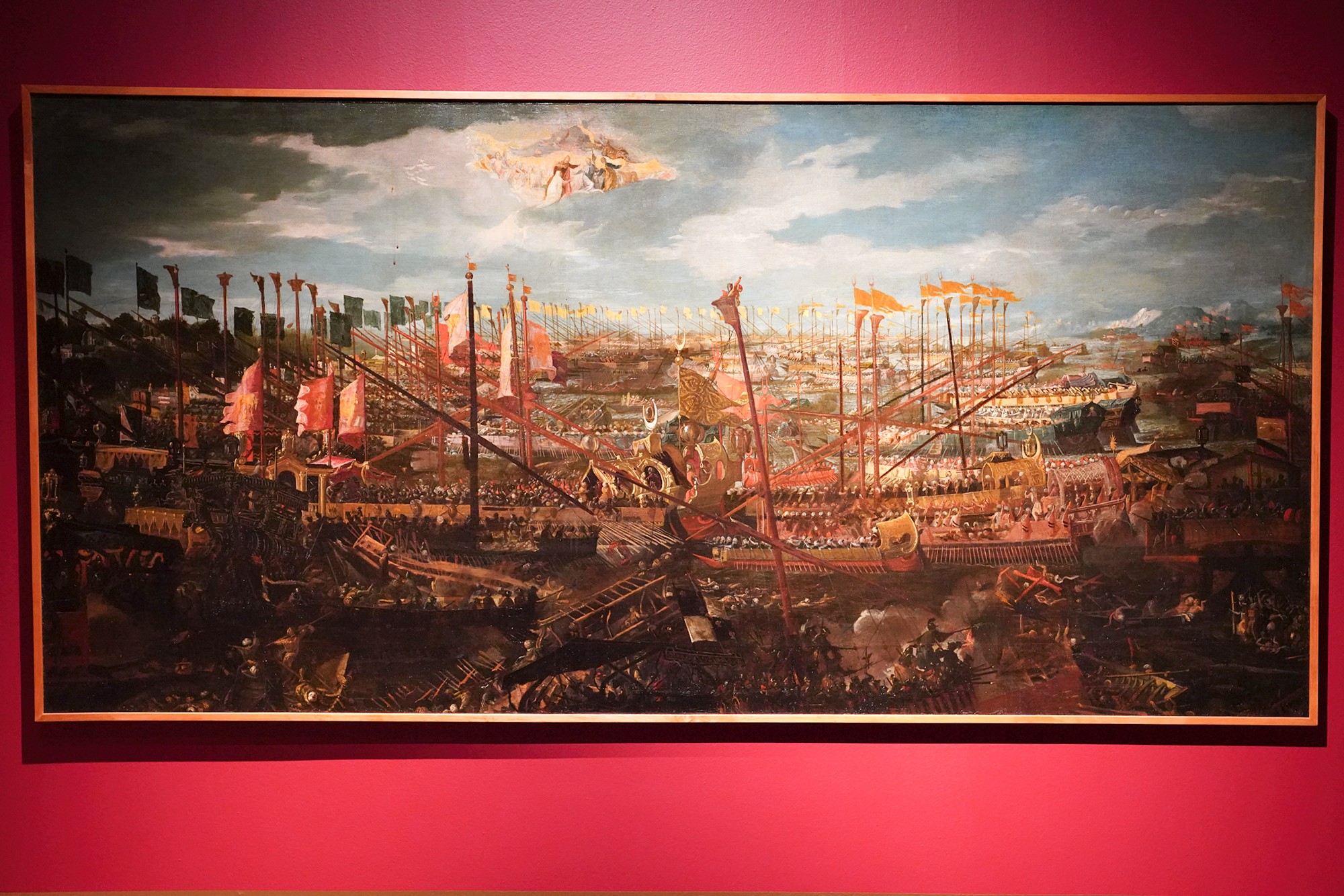

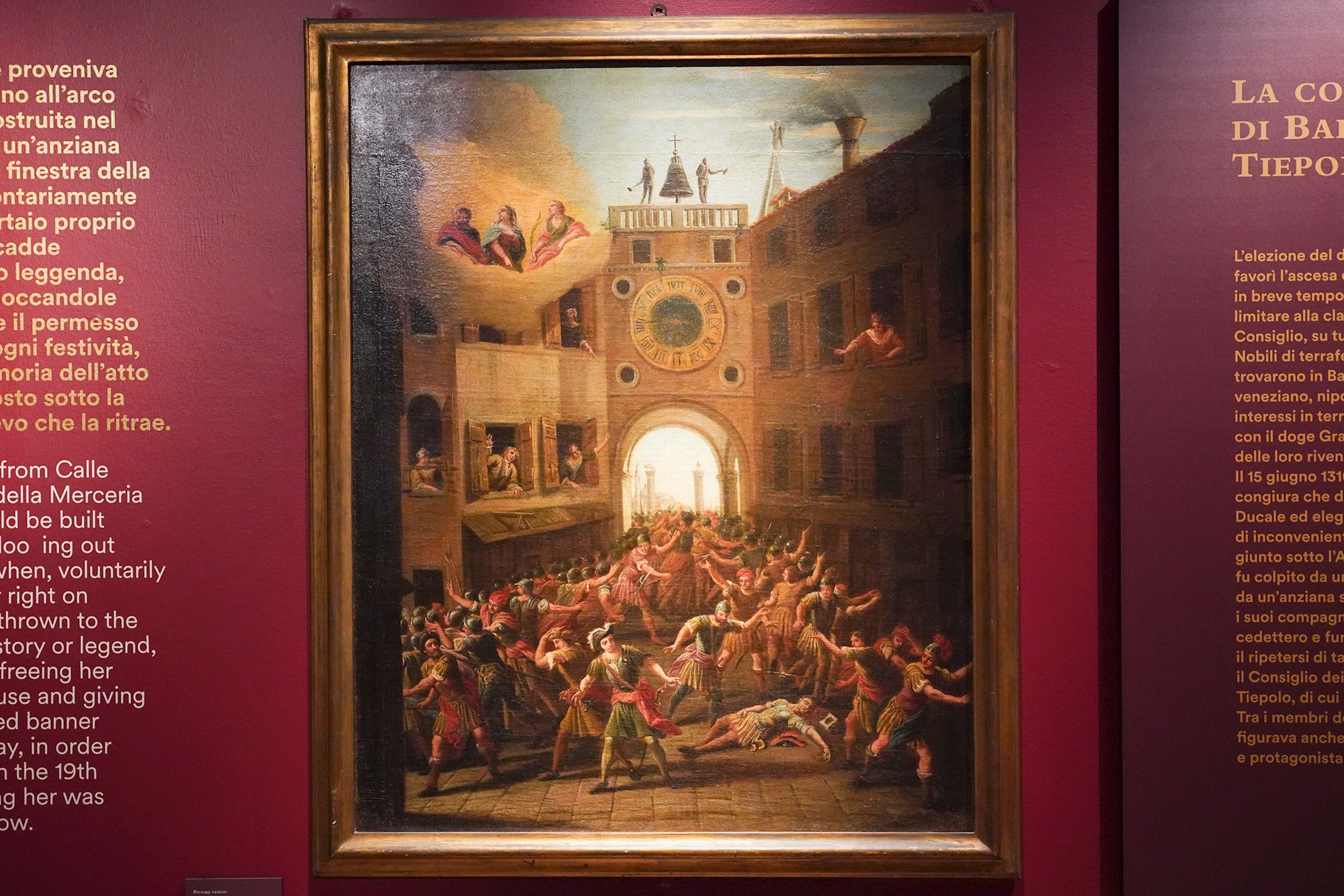
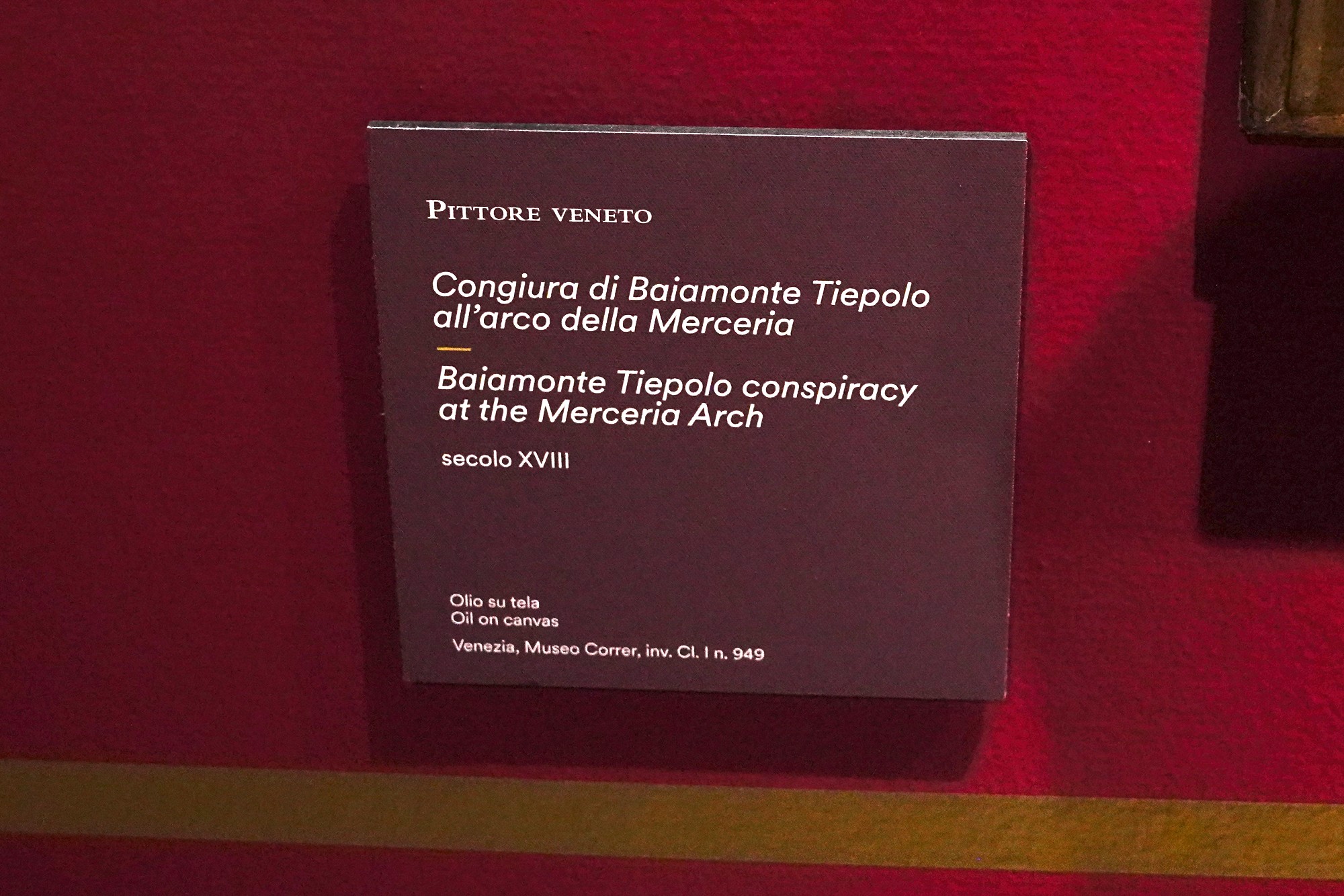
While the Doge held significant executive power, over time, the role became more symbolic, and power shifted towards a more republican system where decisions were made collectively by various councils and institutions.
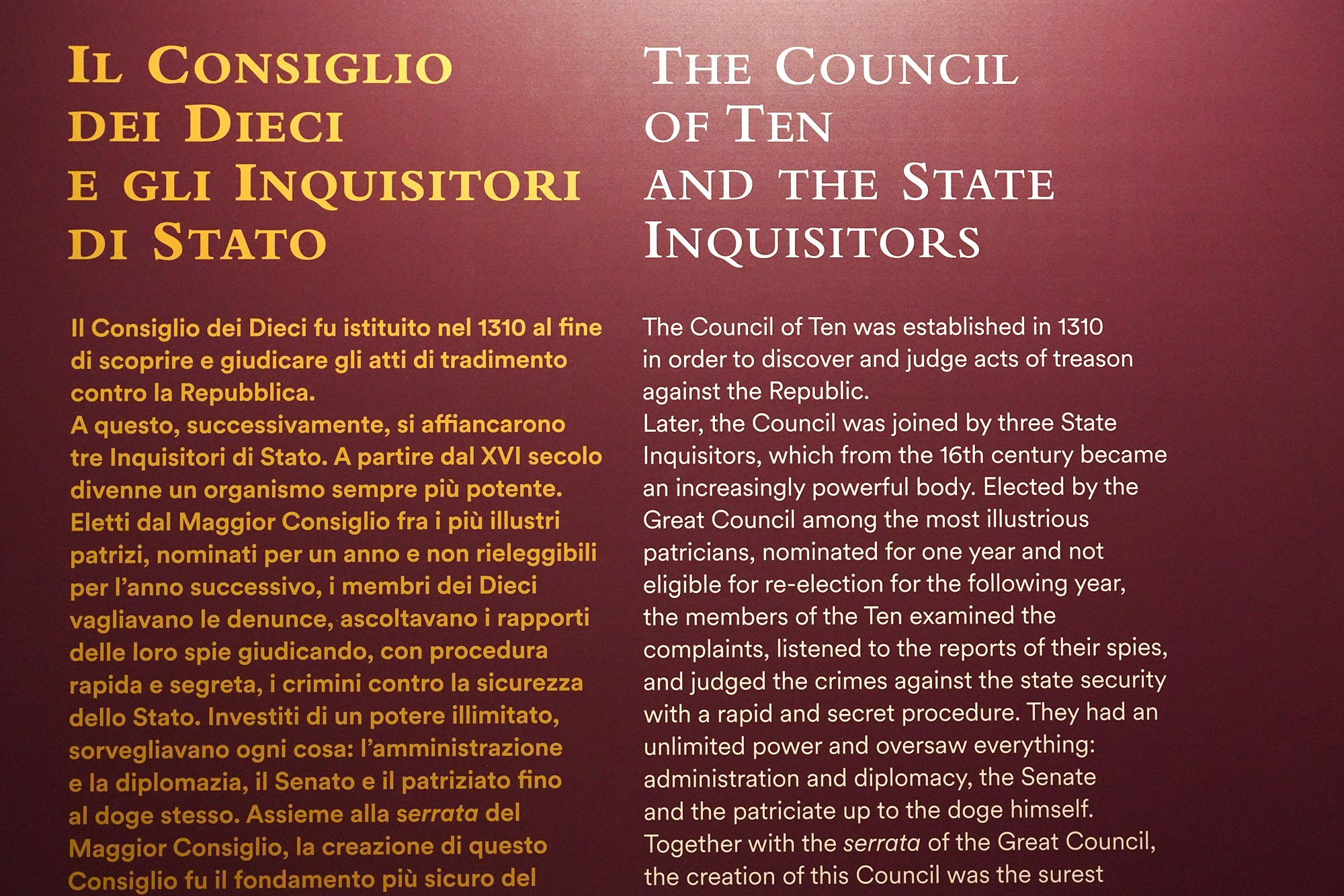
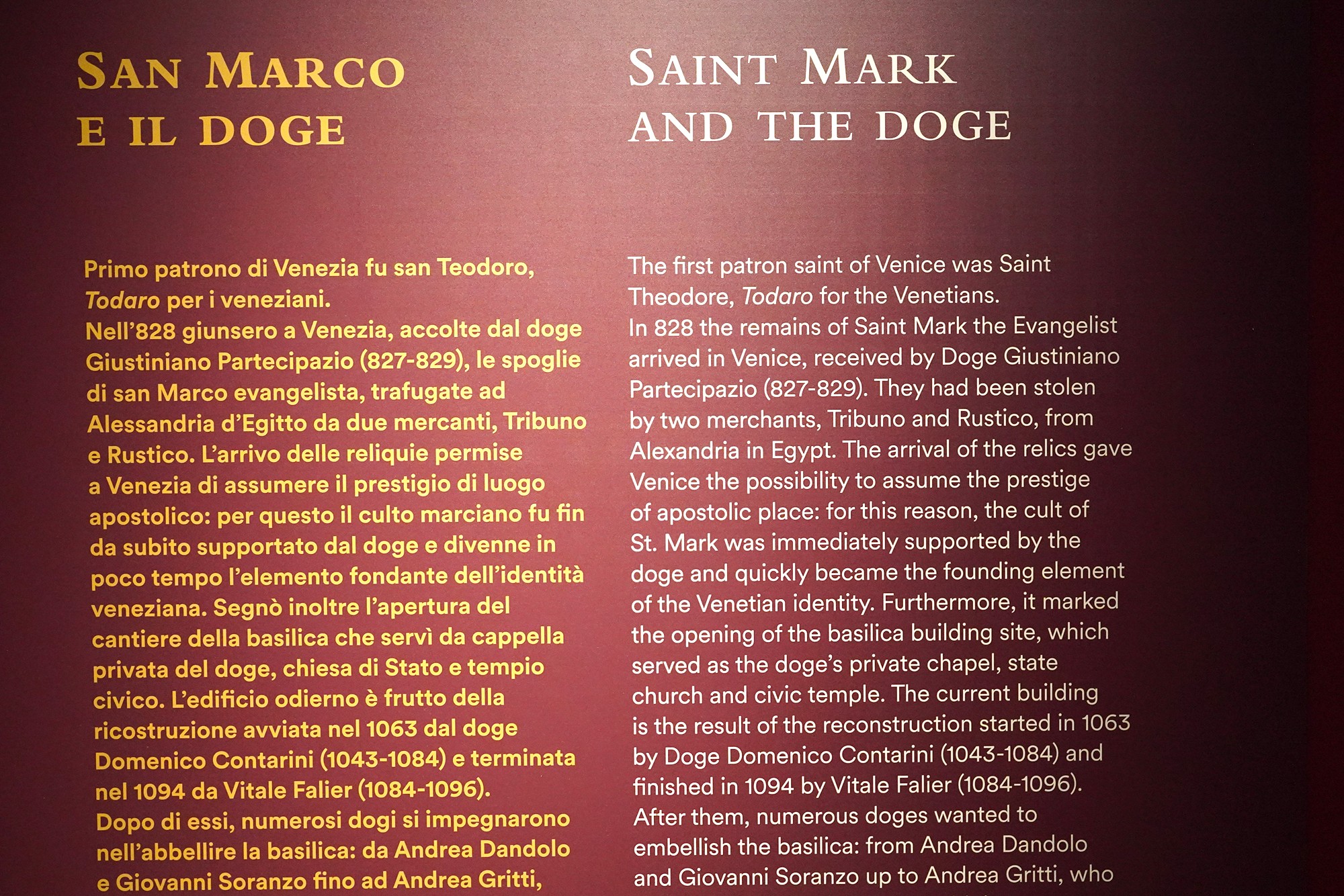
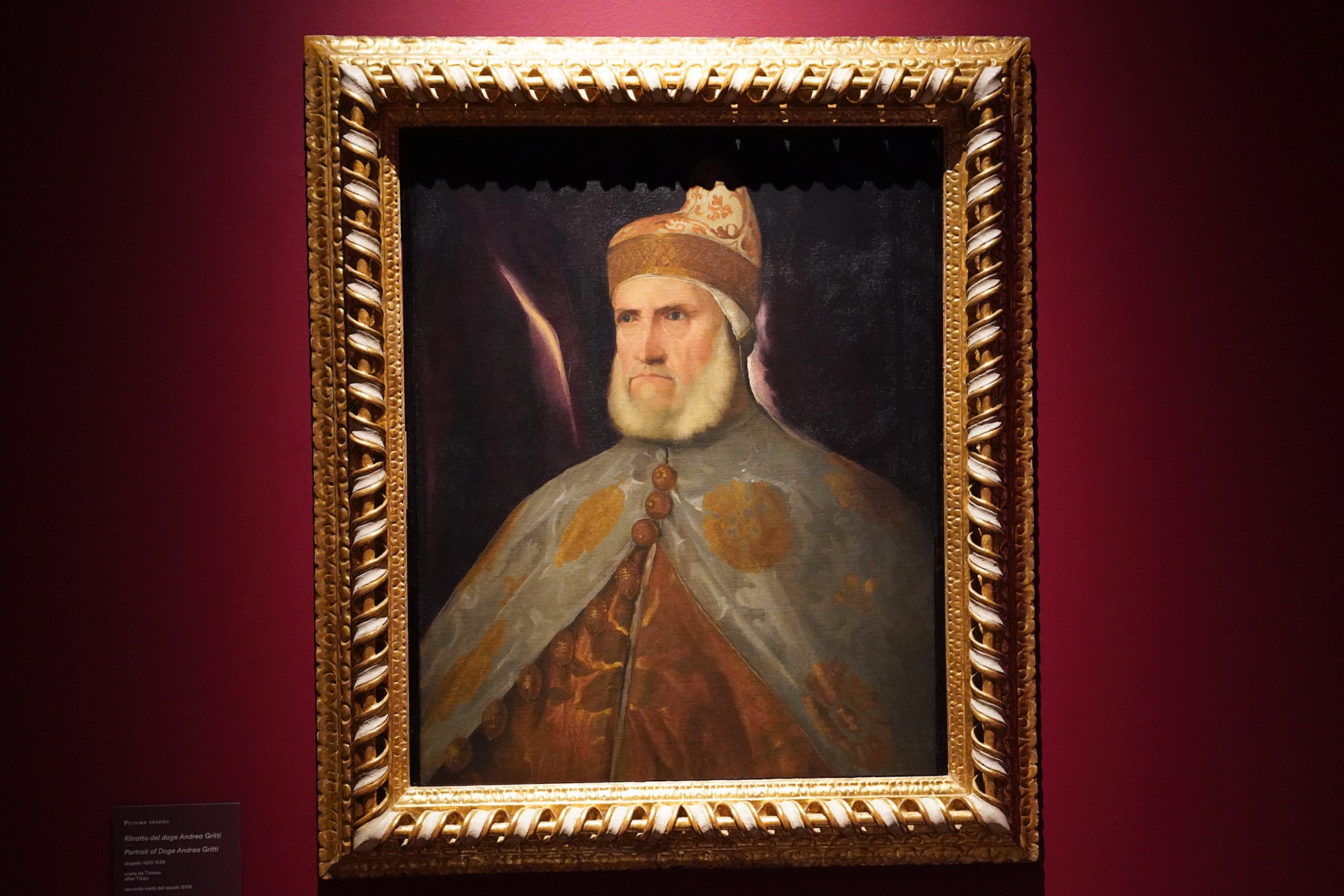
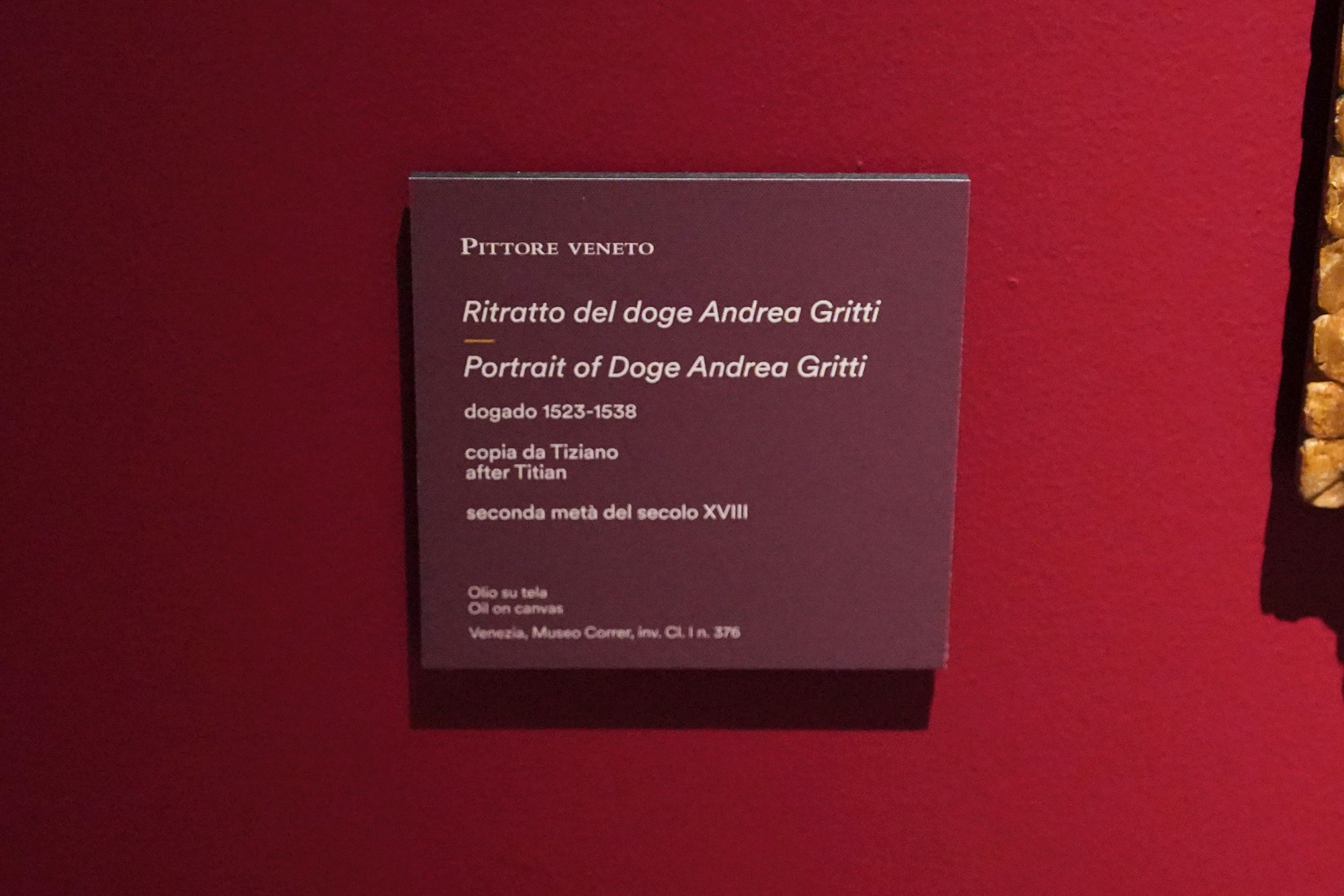
The Doge played an important ceremonial role in the city. This included public appearances, processions, and other official events that highlighted the grandeur and prestige of Venice and its ruling class.
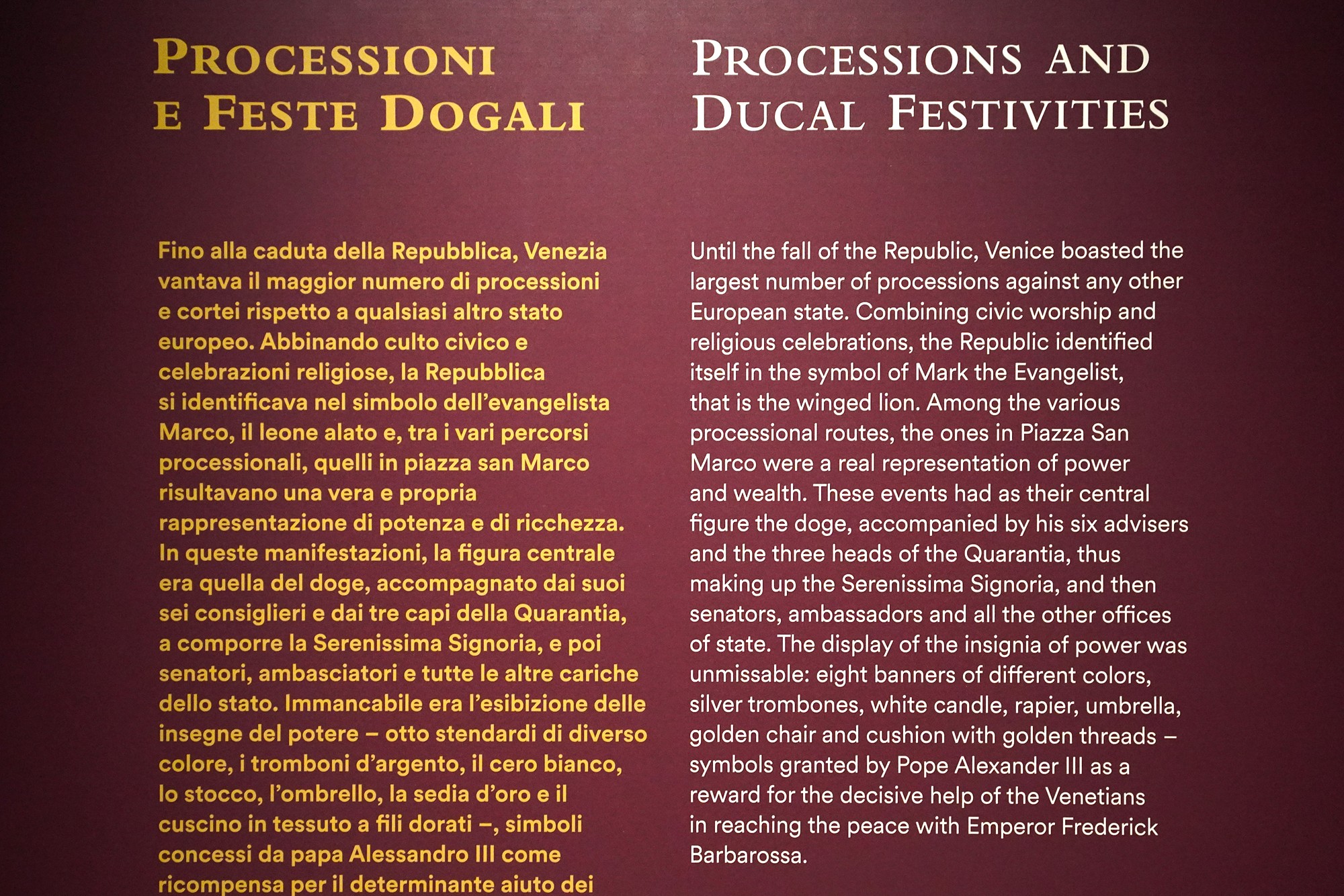
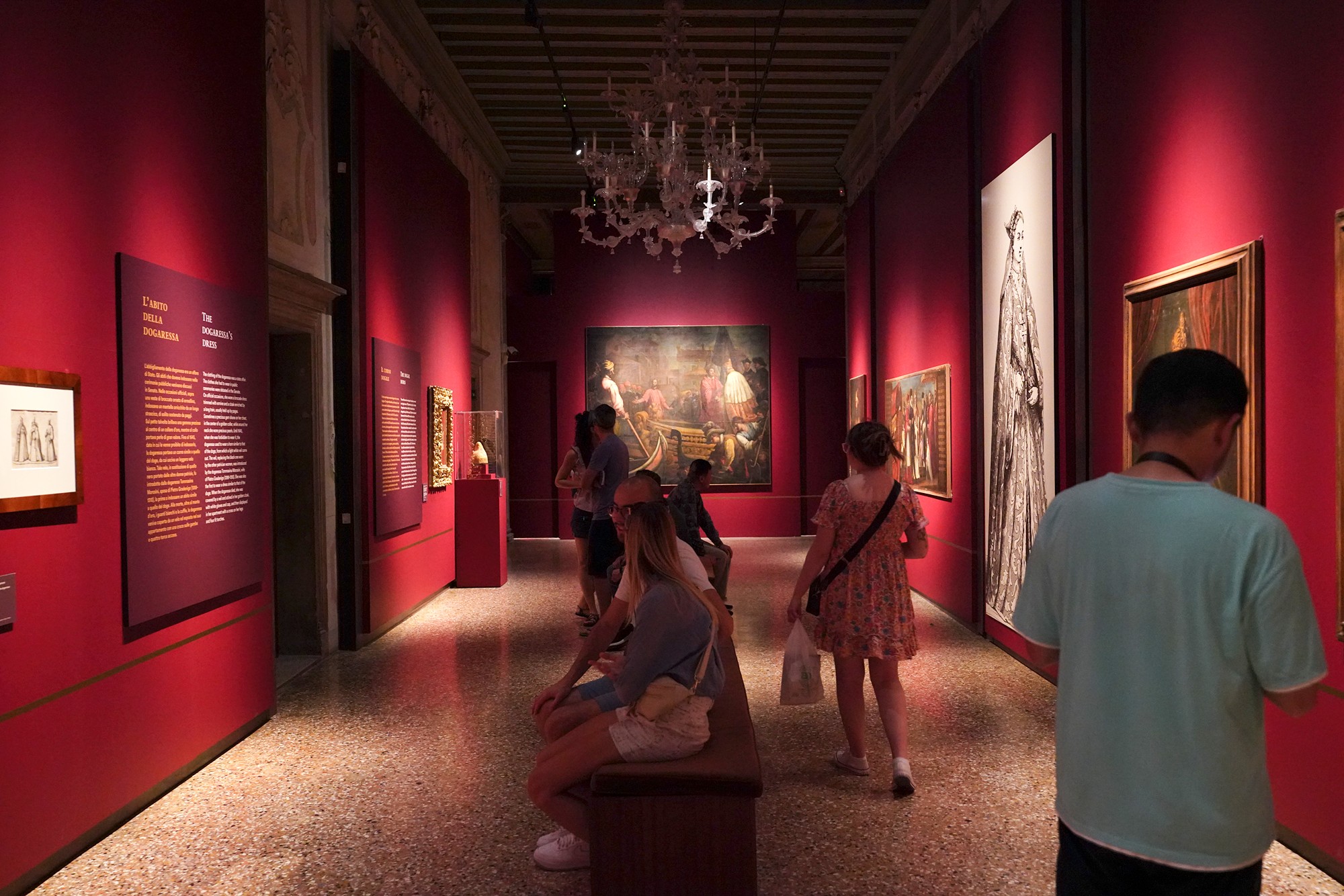
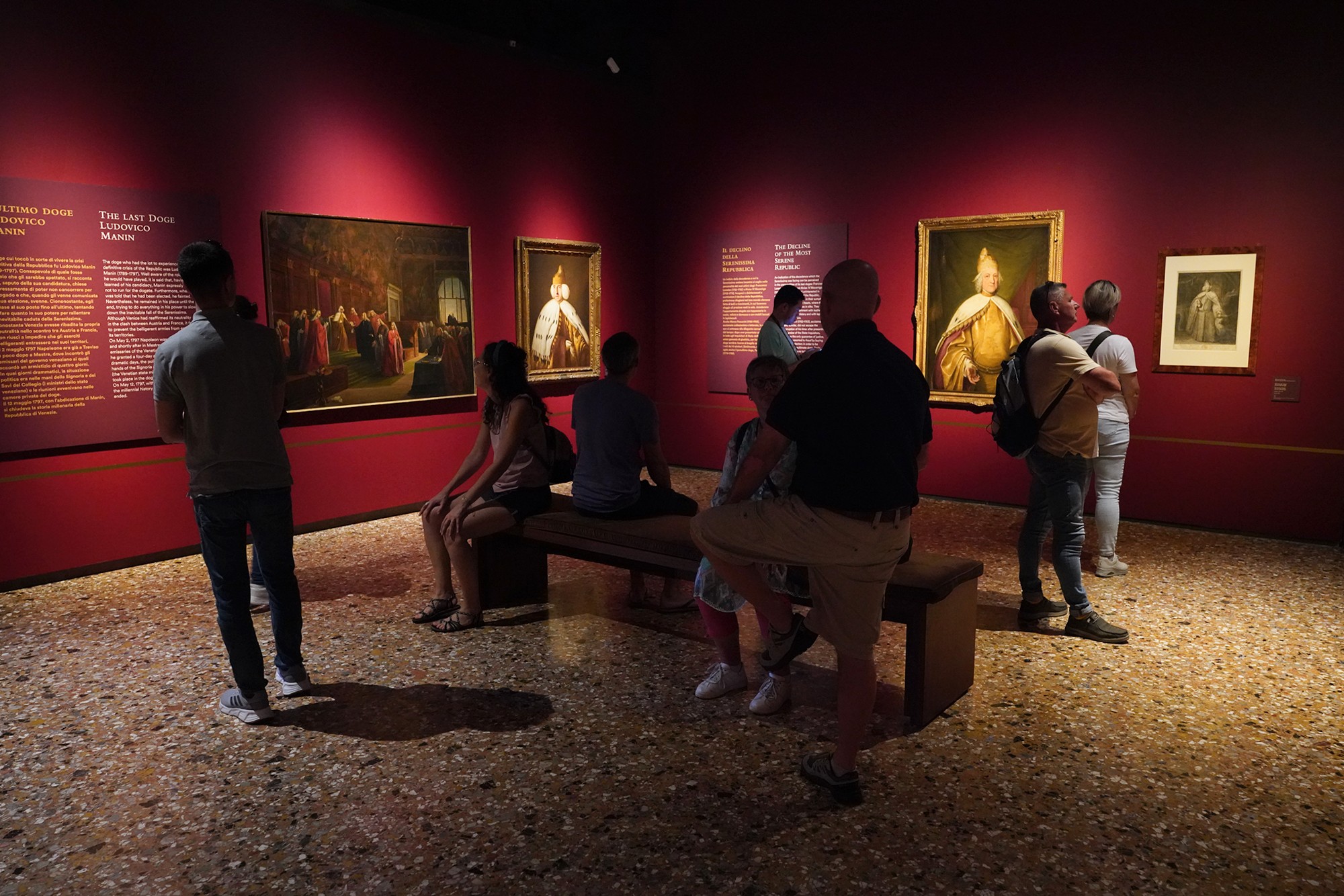
The Doge’s residence and seat of government was the Doge’s Palace (Palazzo Ducale) in Venice, which remains an iconic symbol of the city. It was the central location for political activities and housed the offices of the Doge and the Venetian government.
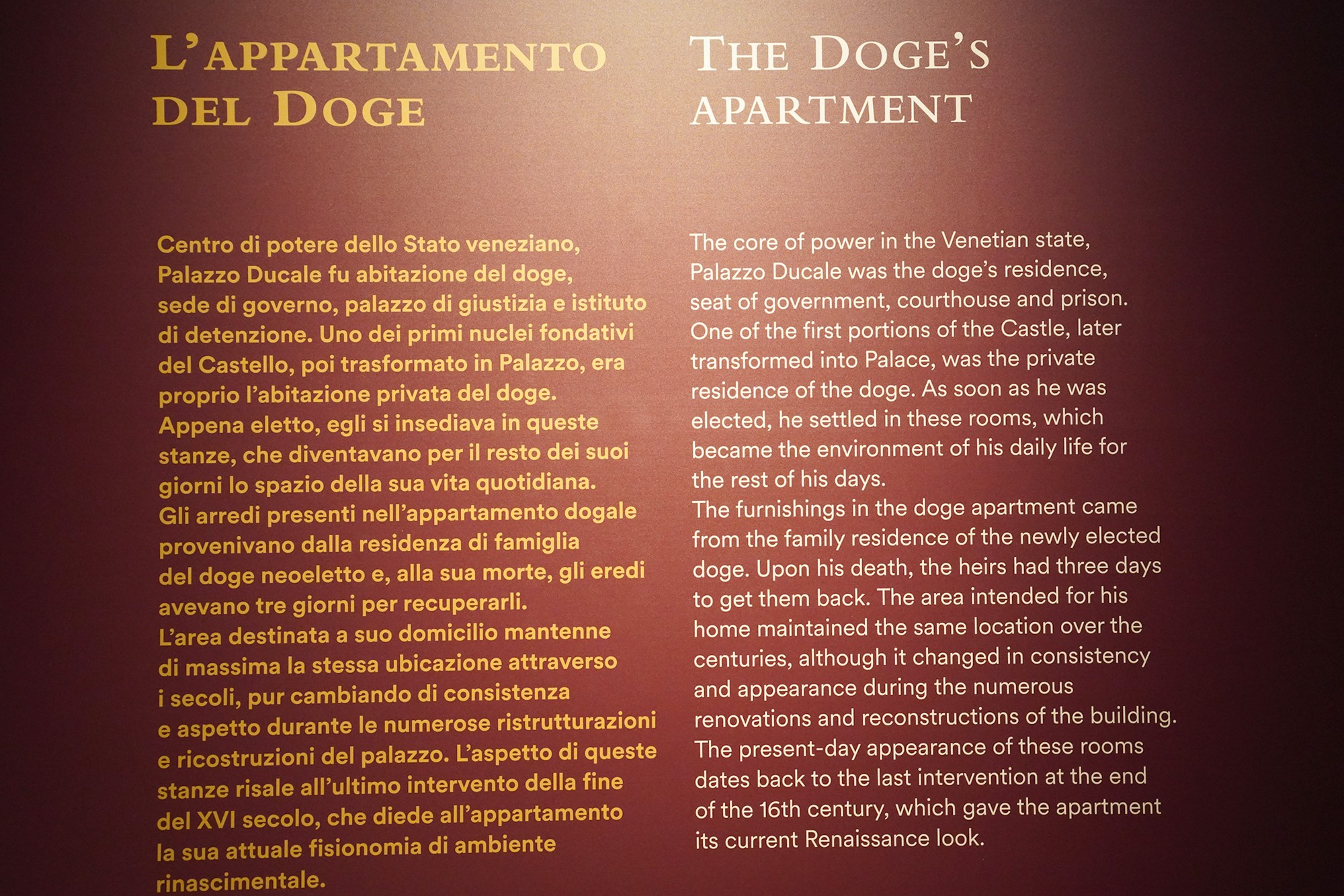
During the Napoleonic Wars in the late 18th century, Napoleon Bonaparte invaded and occupied Venice. The republic was abolished, and the Doge’s reign came to an end in 1797. Napoleon’s forces plundered the city, and Venice was subsequently handed over to the Habsburgs in the Treaty of Campo Formio.
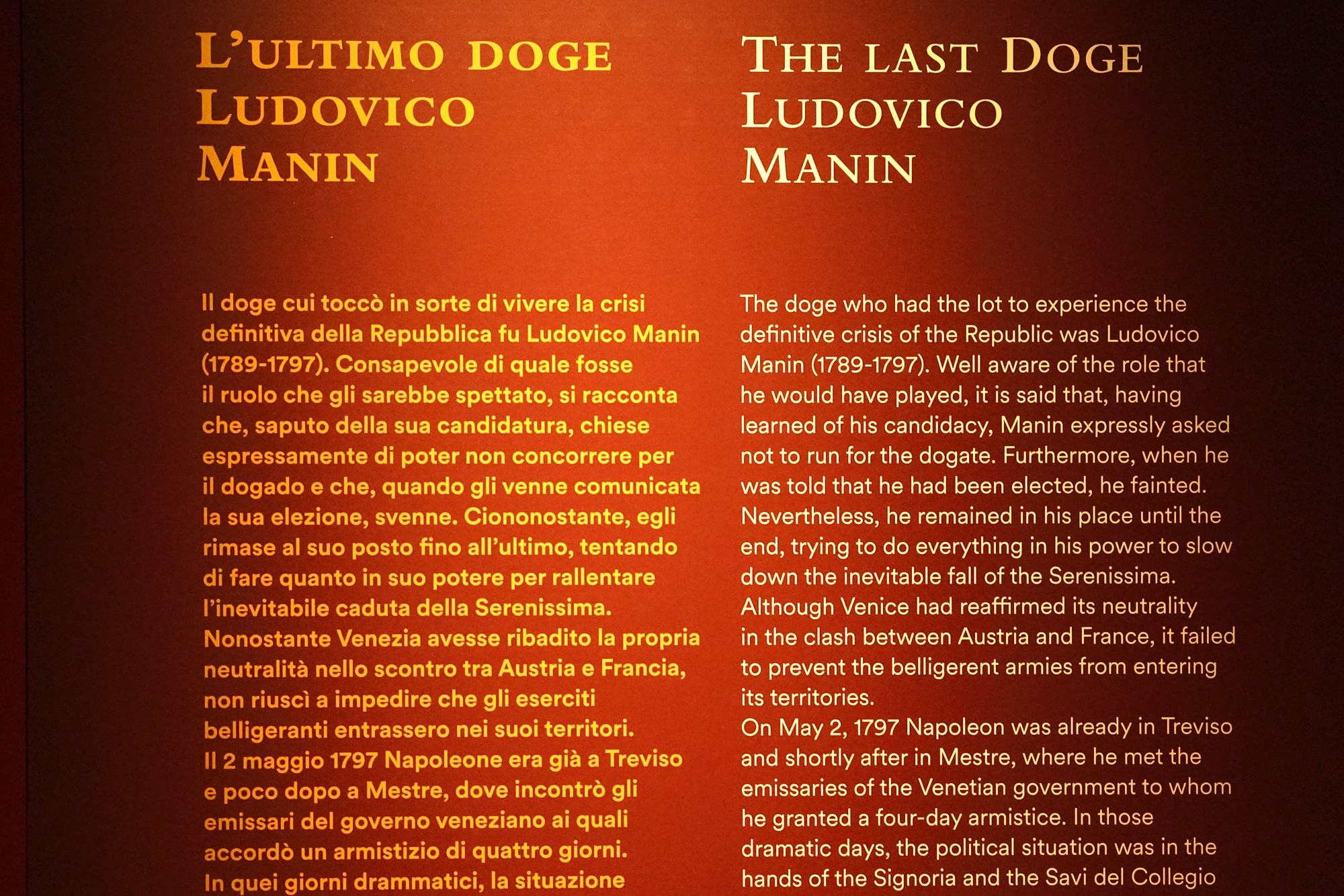

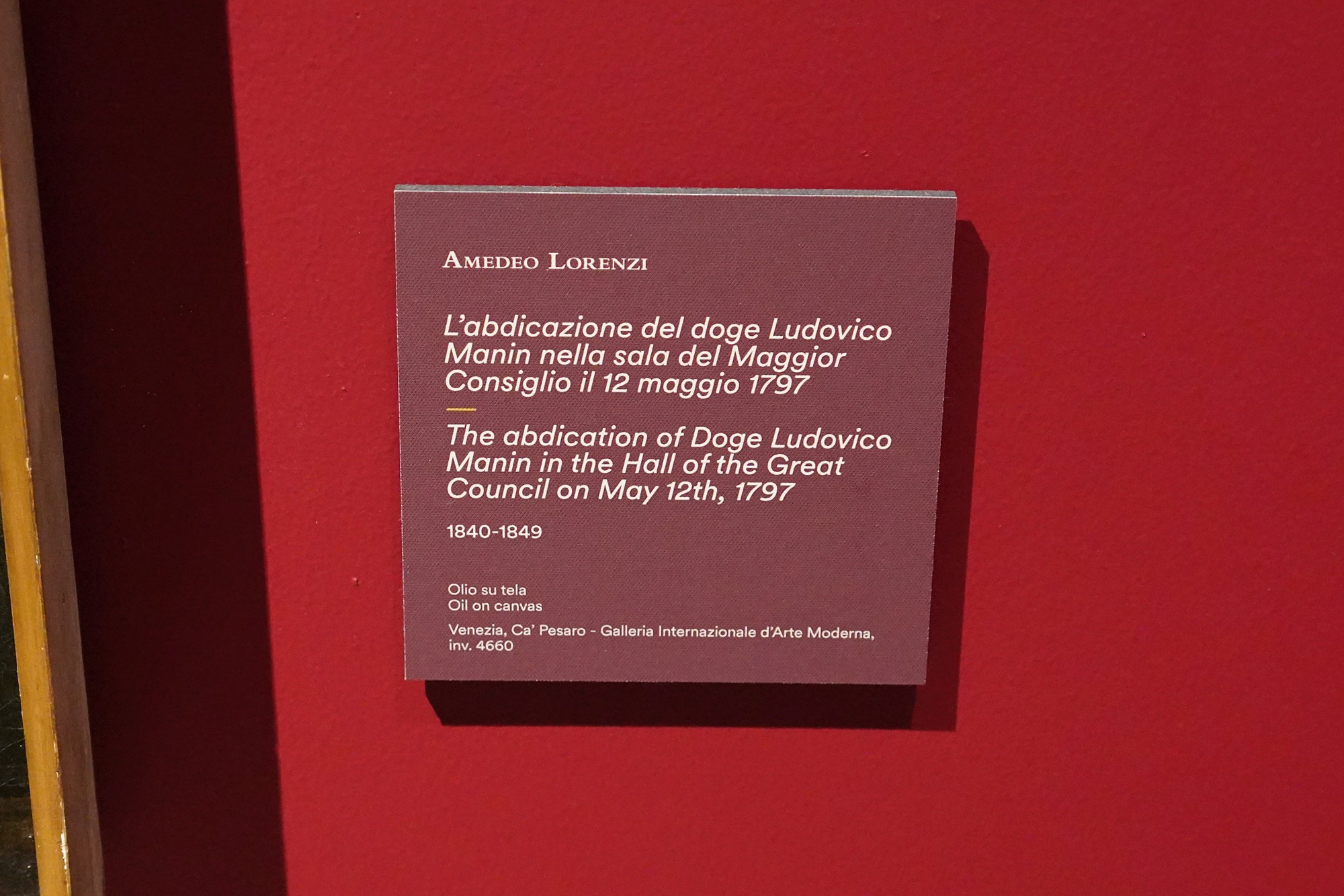
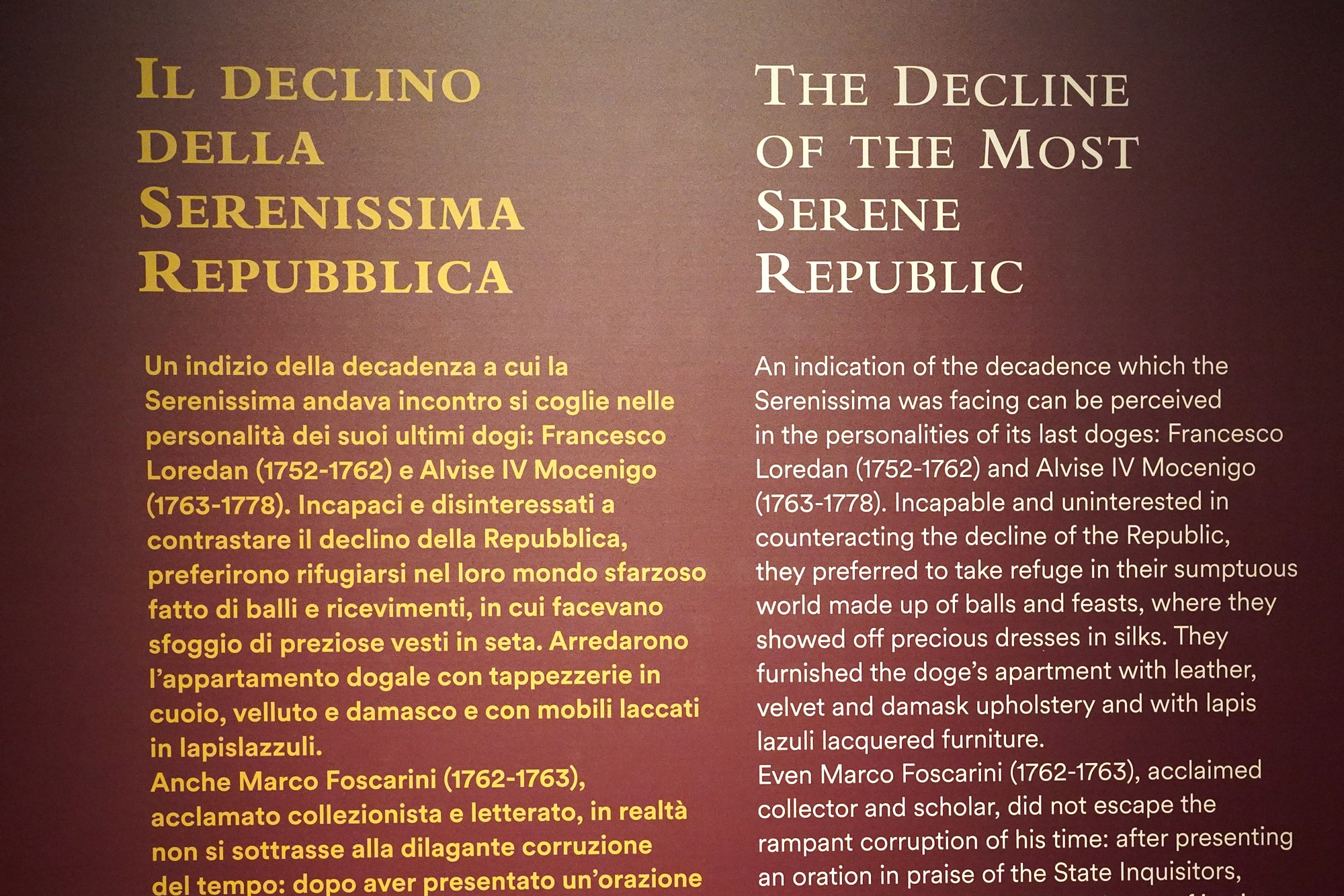
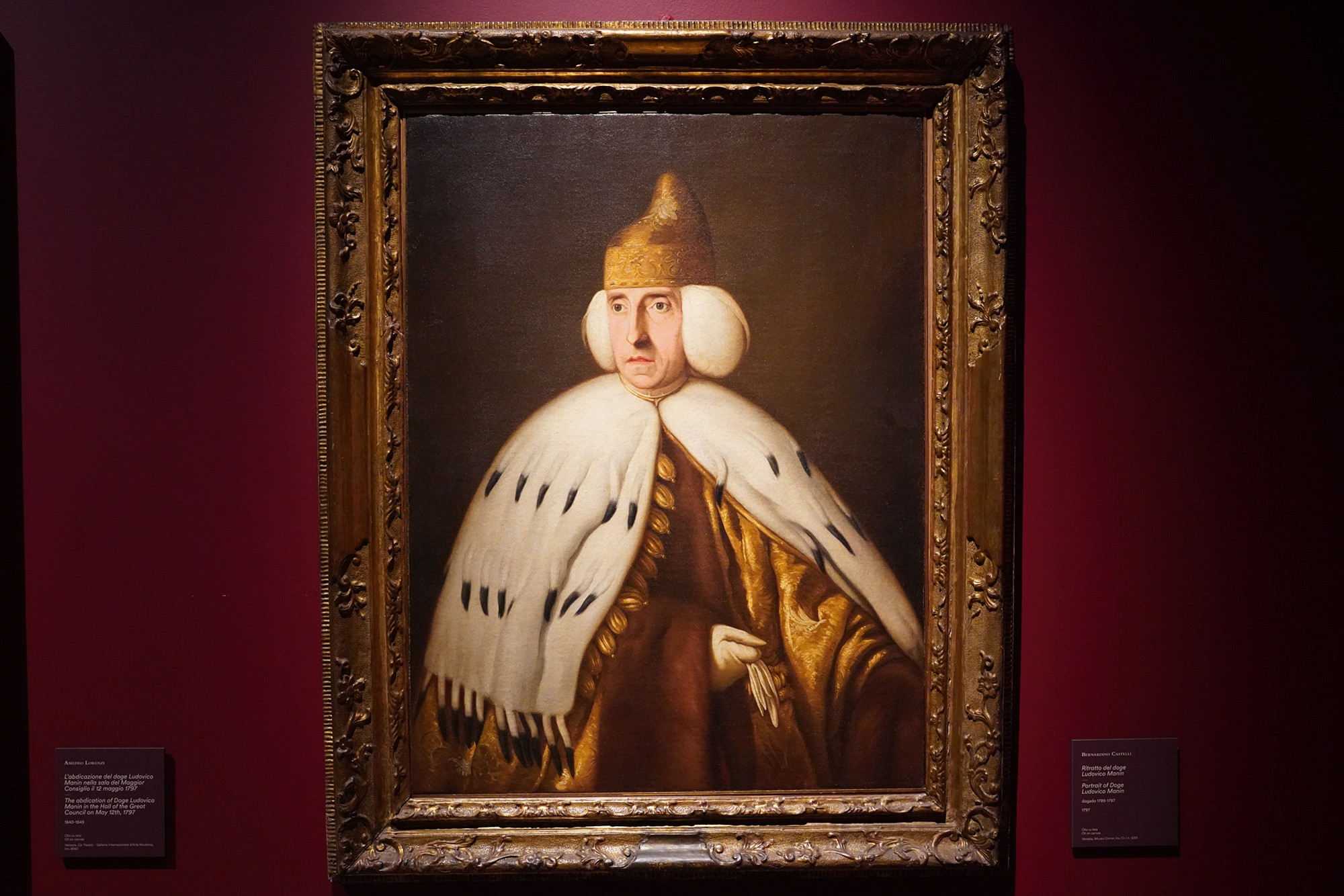
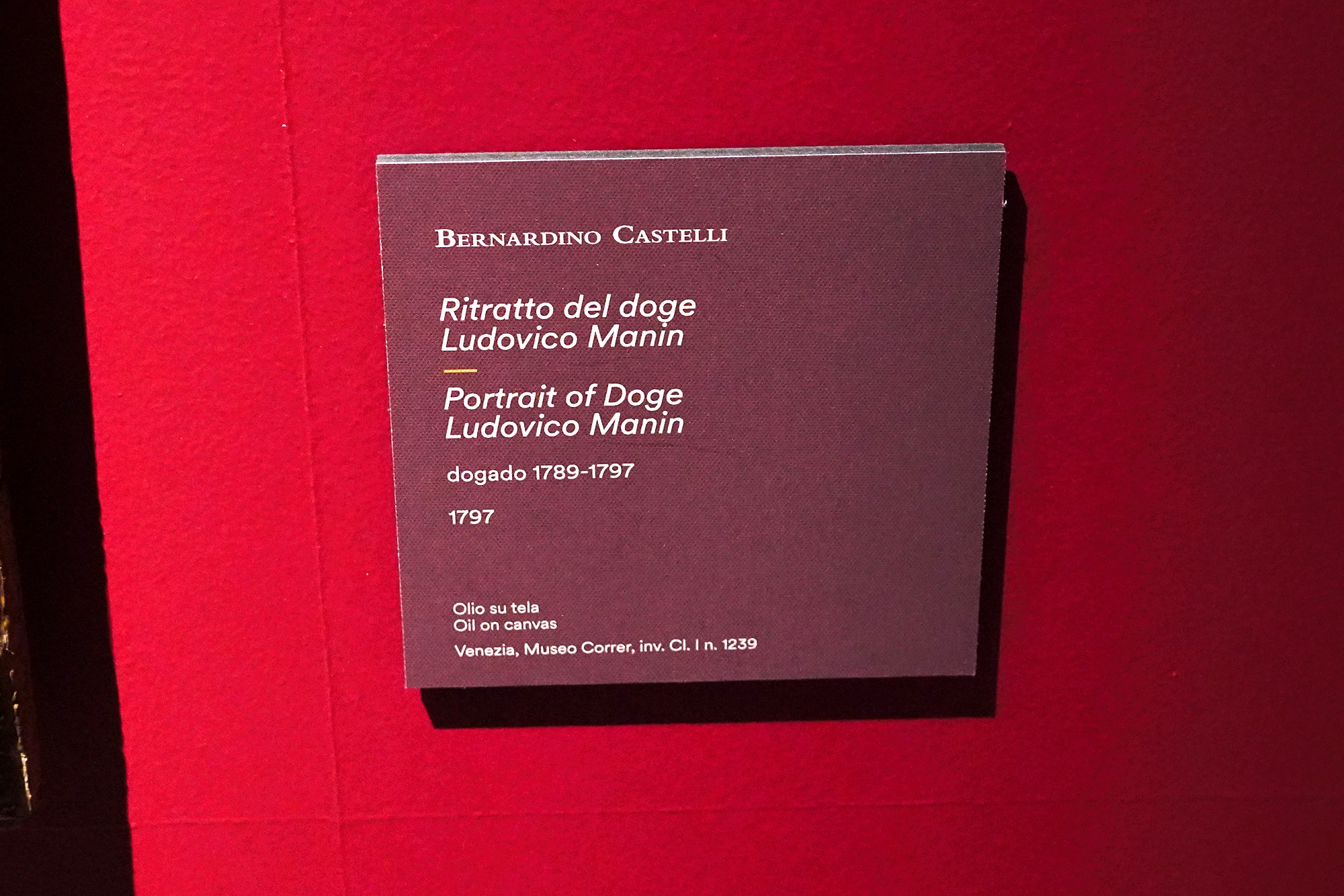
Another upstairs to the halls
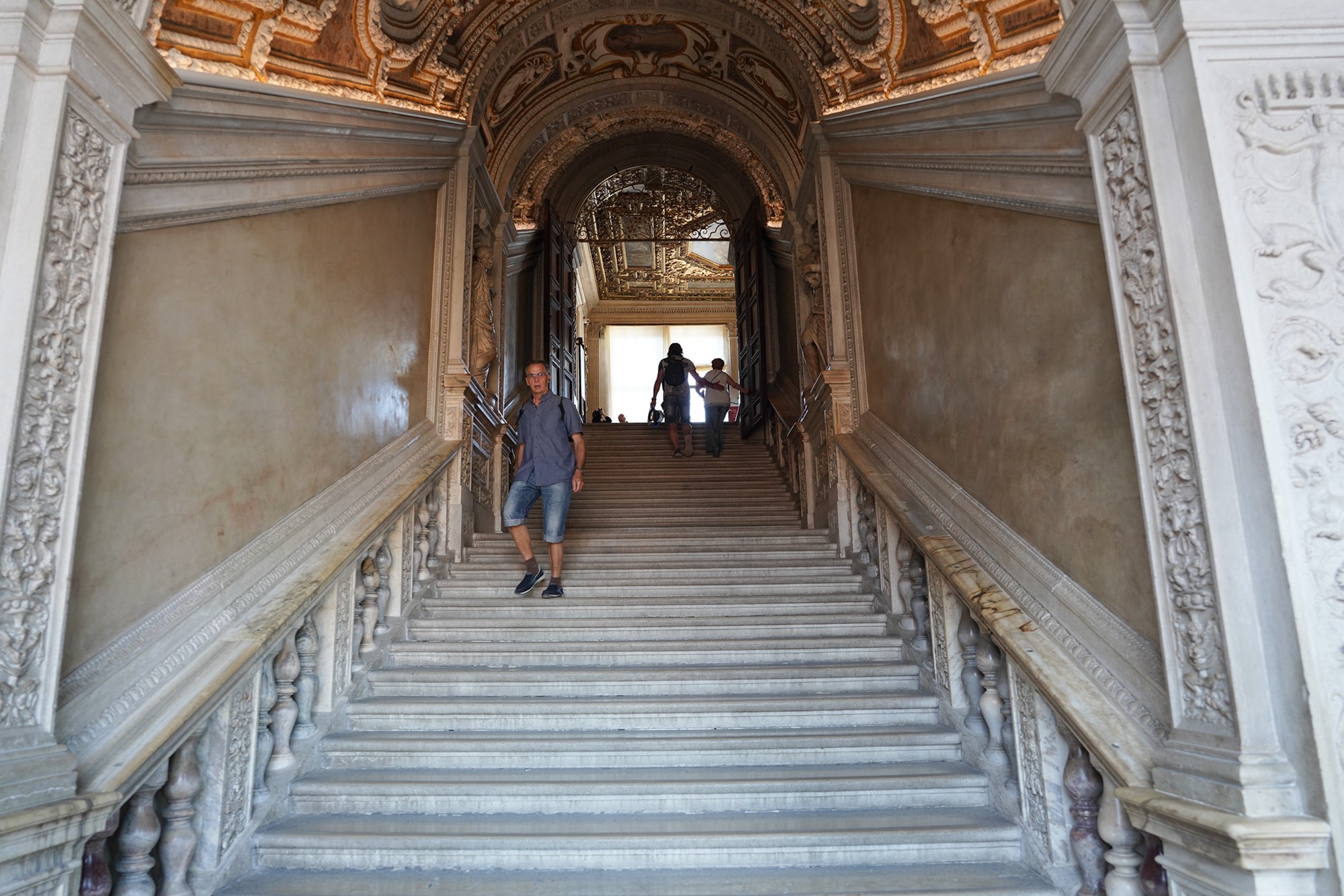
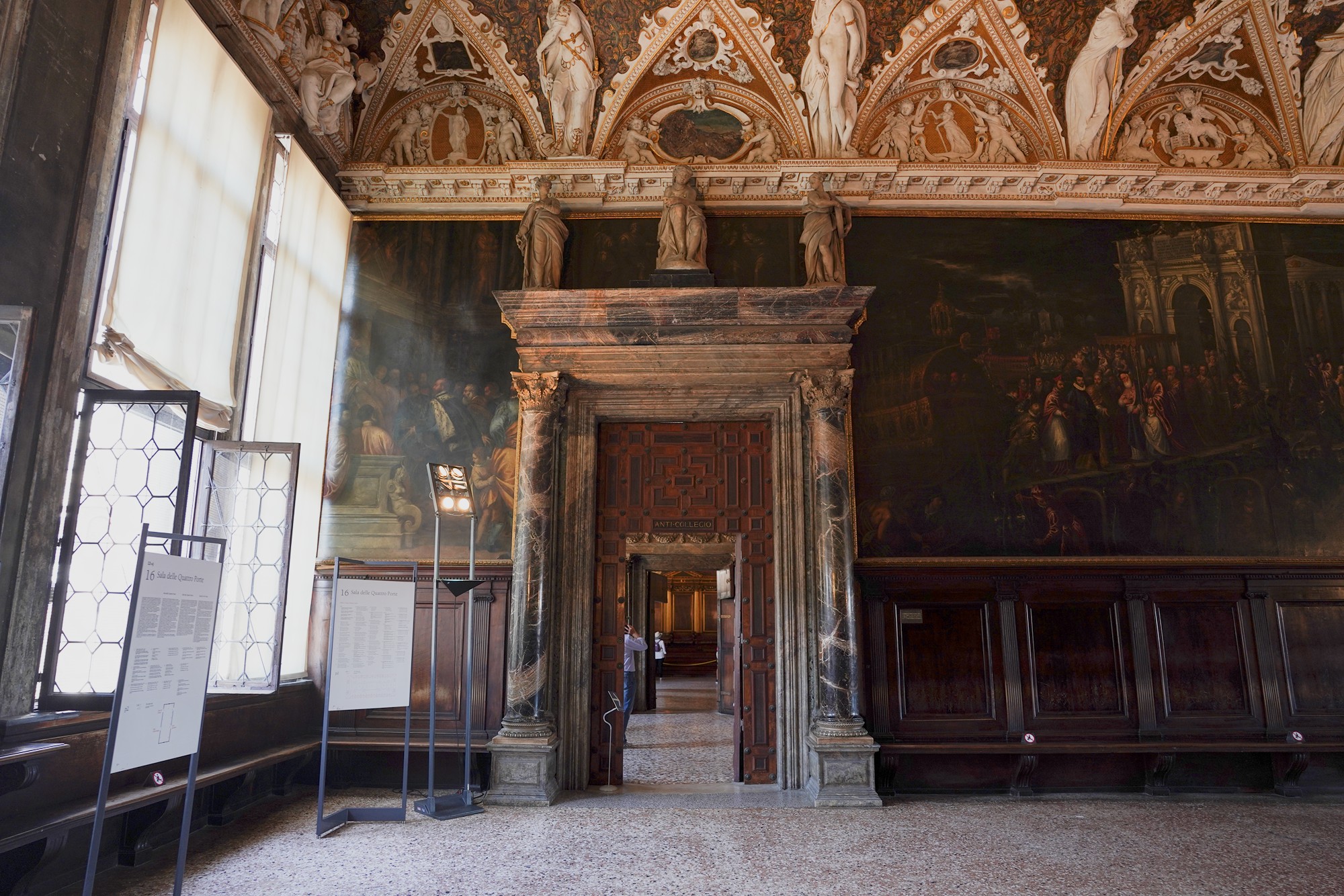
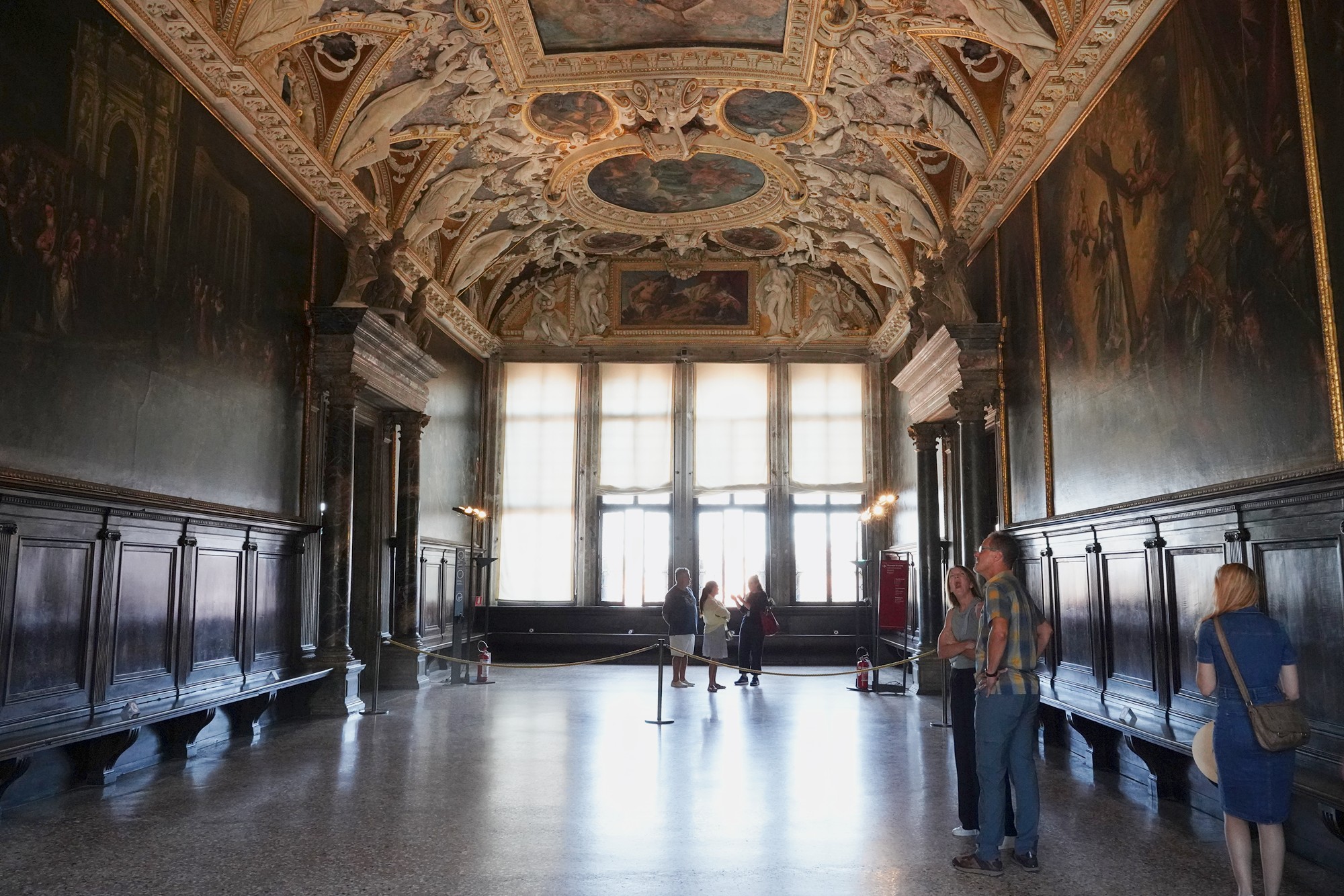
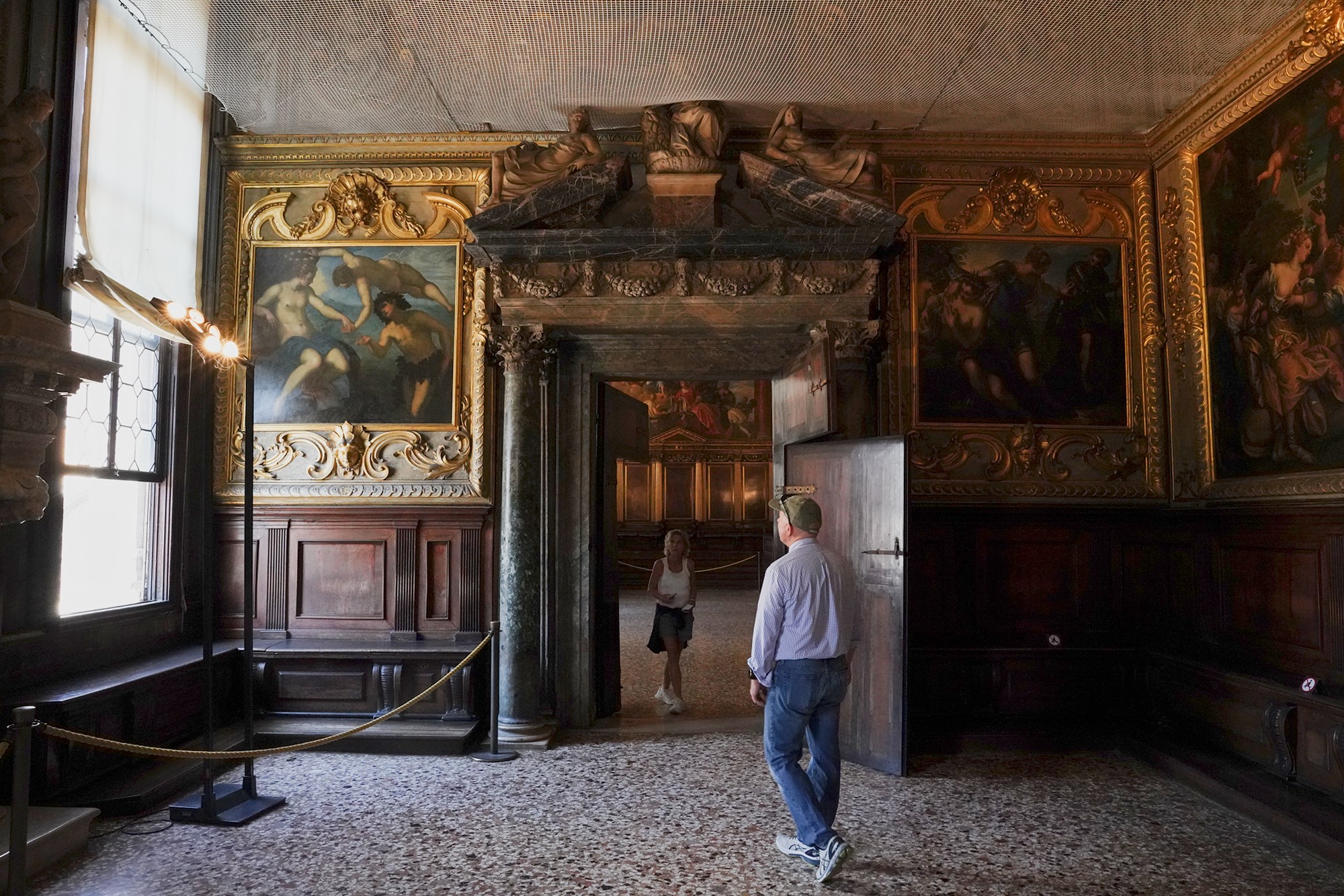
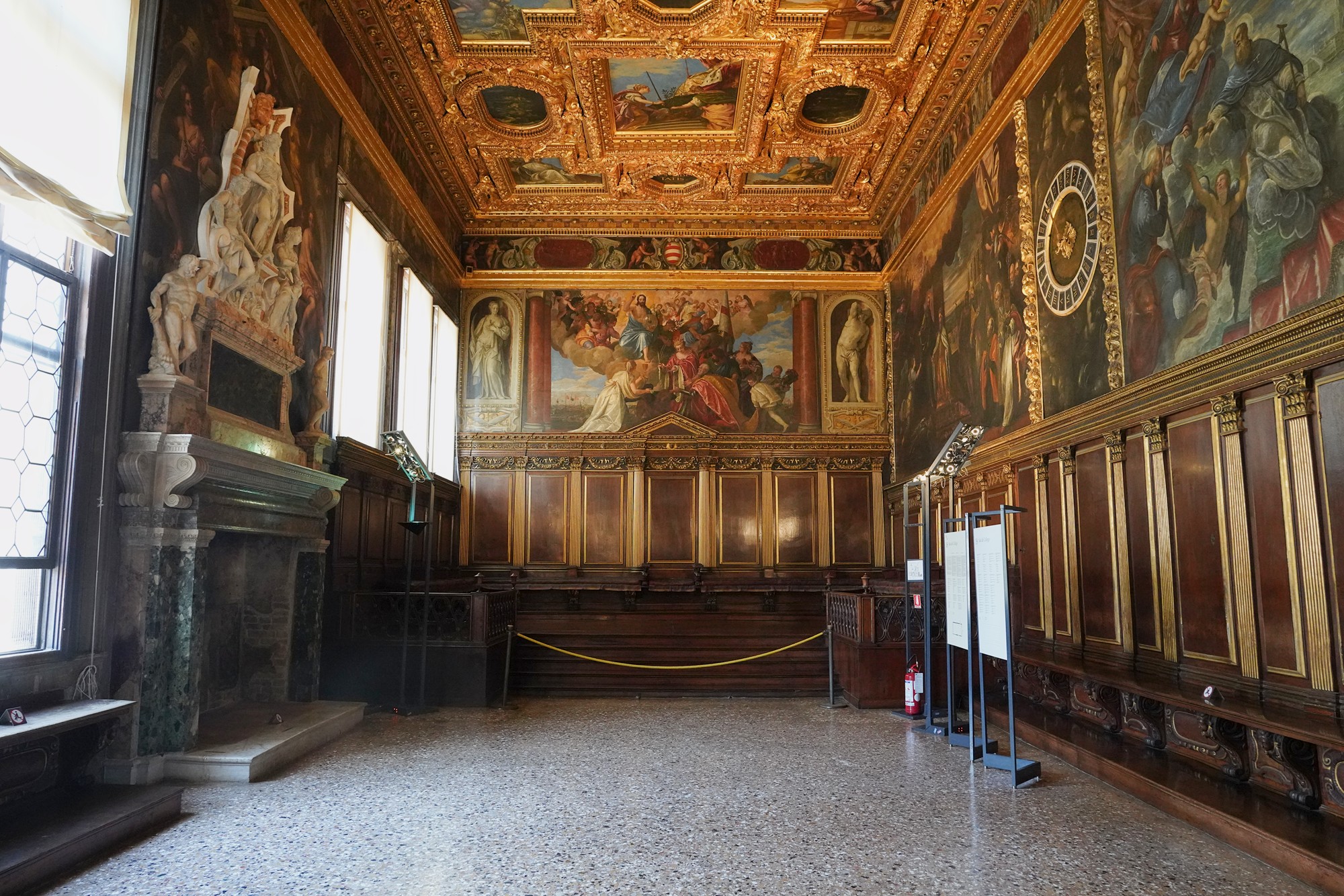
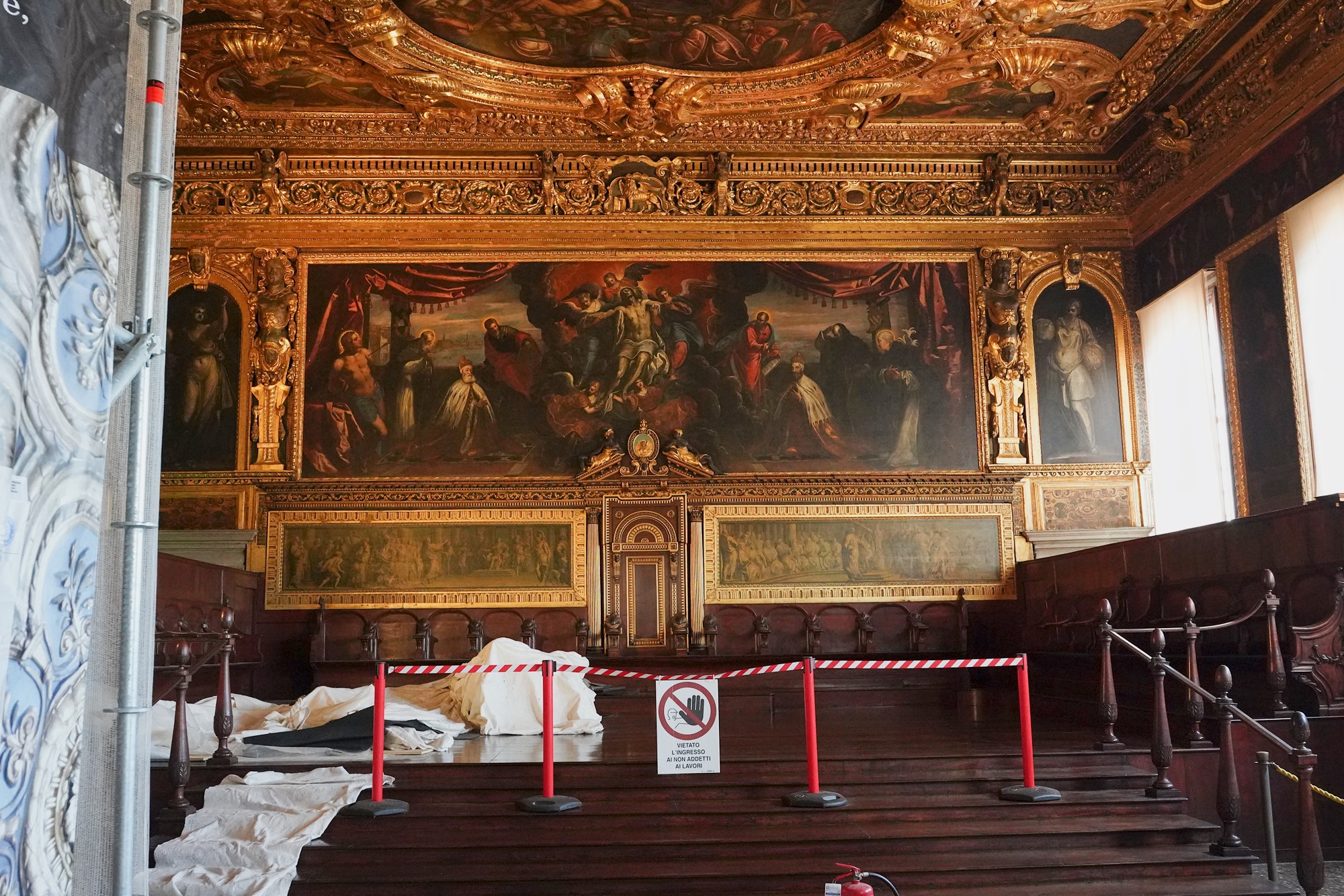
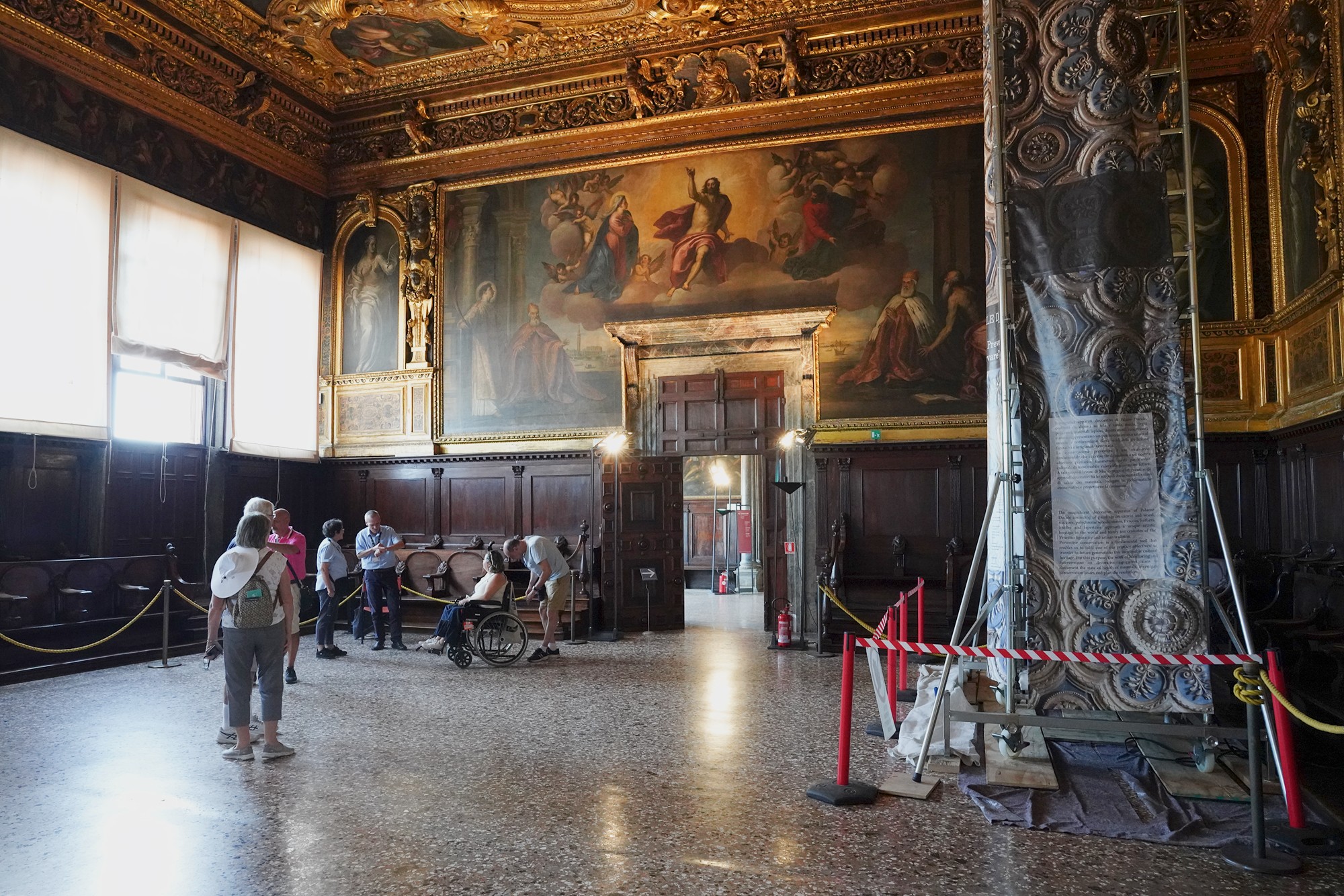
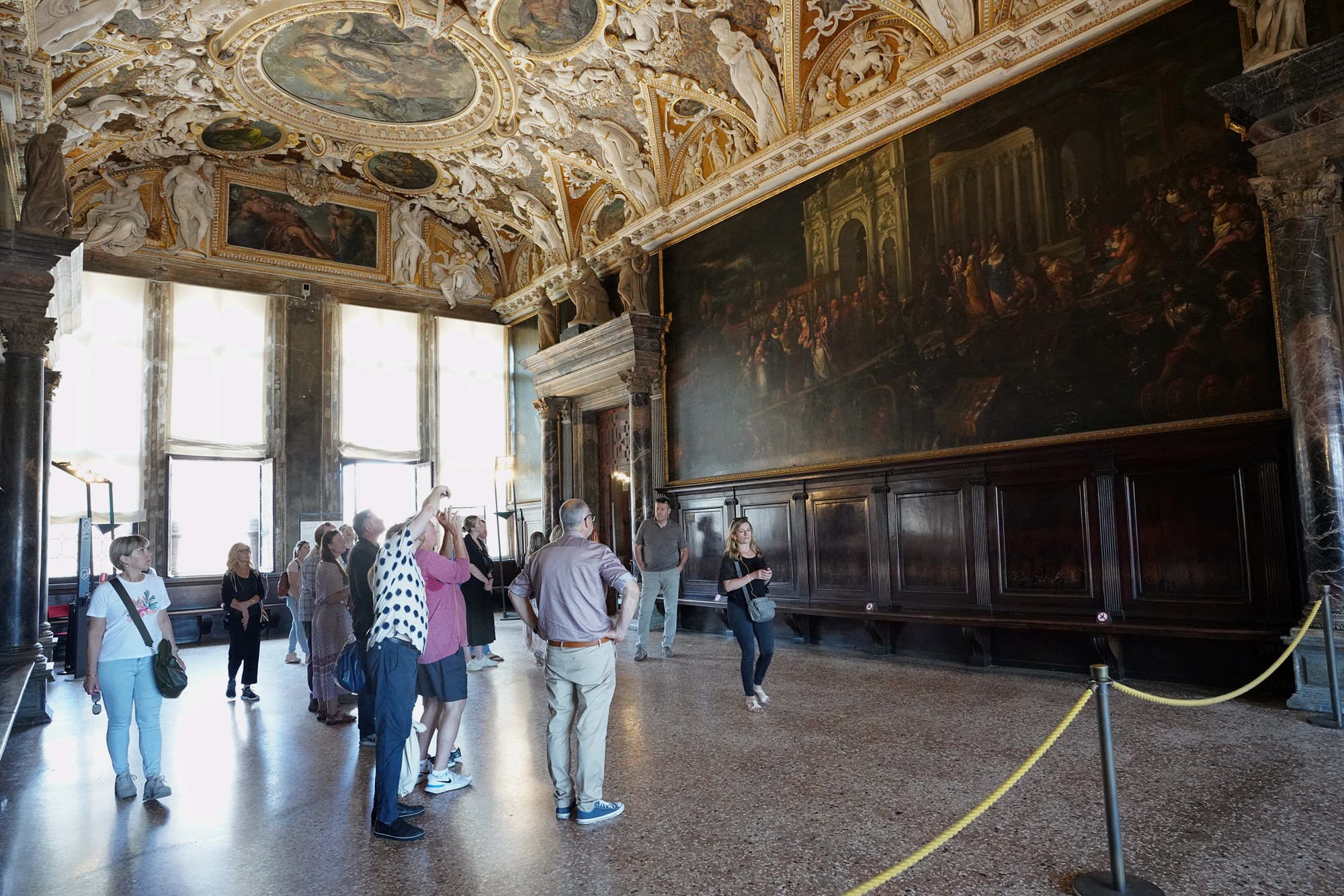
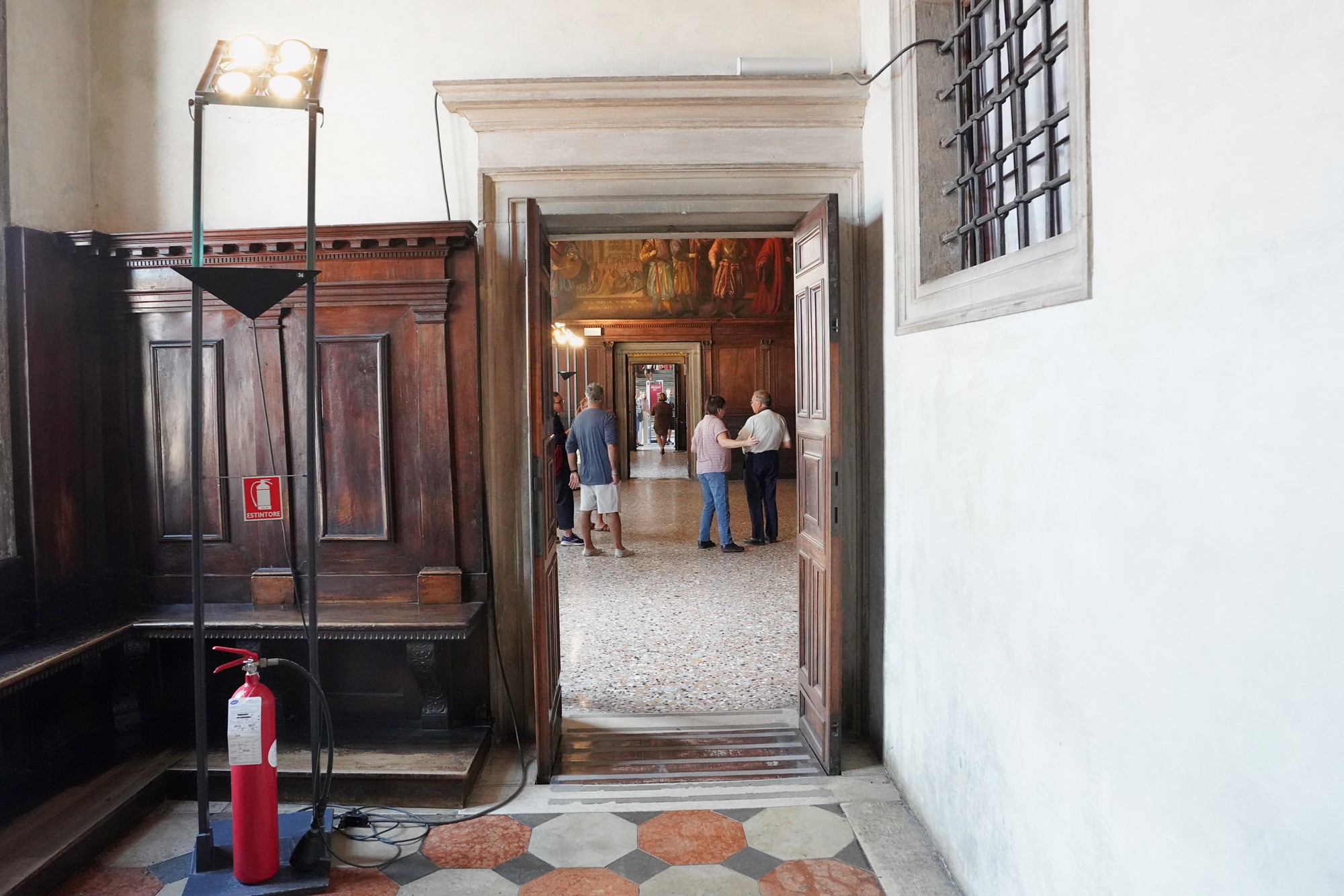
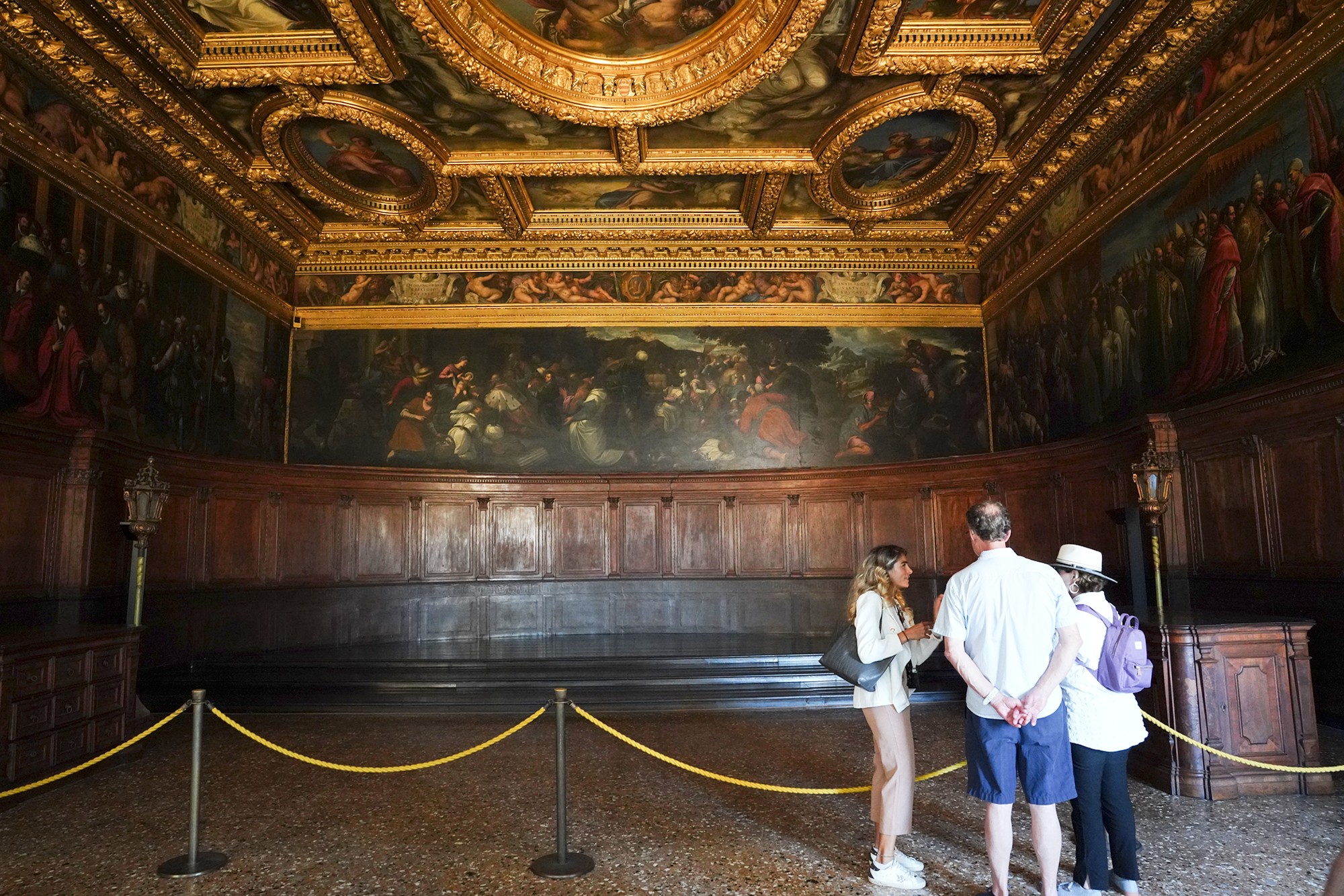
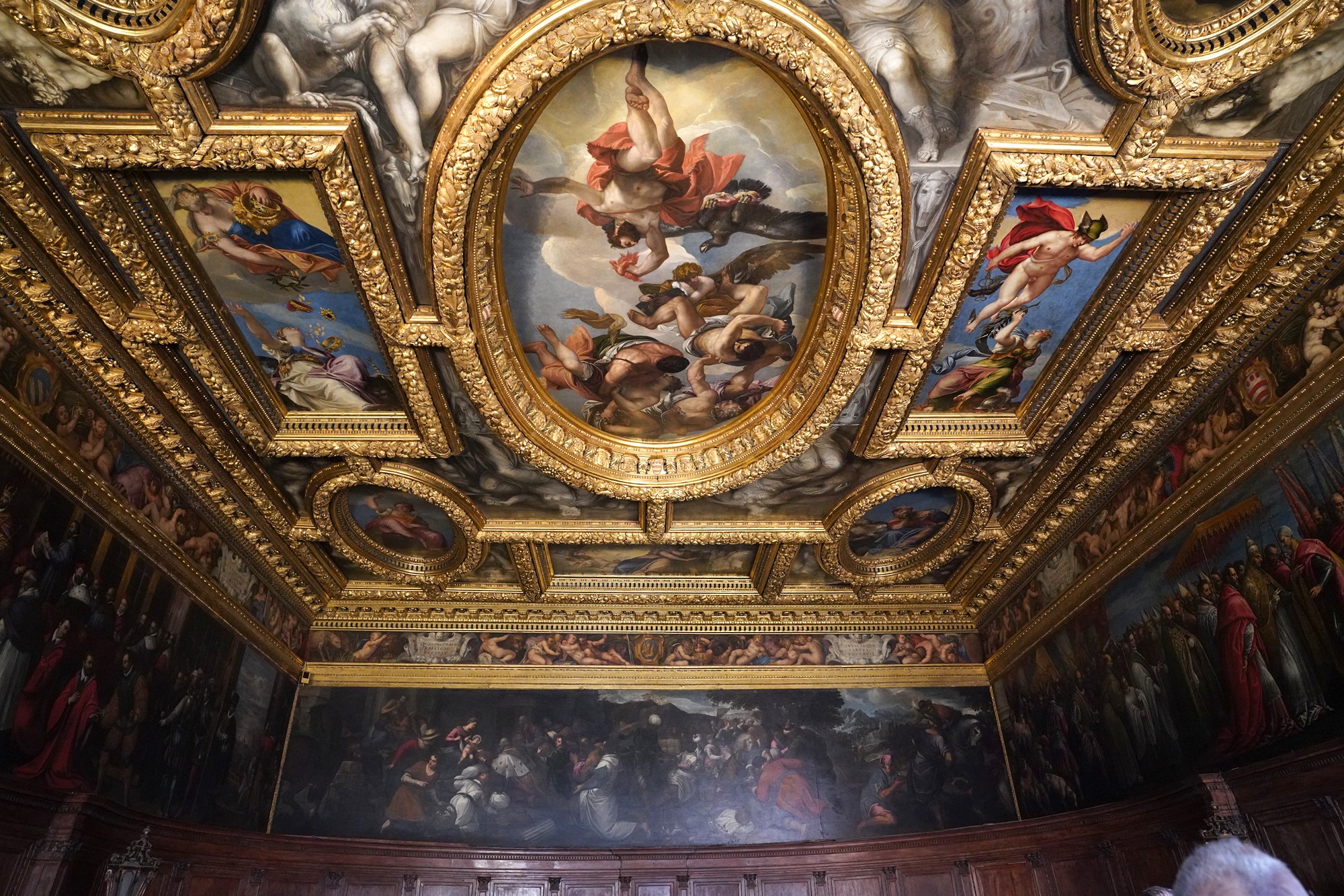
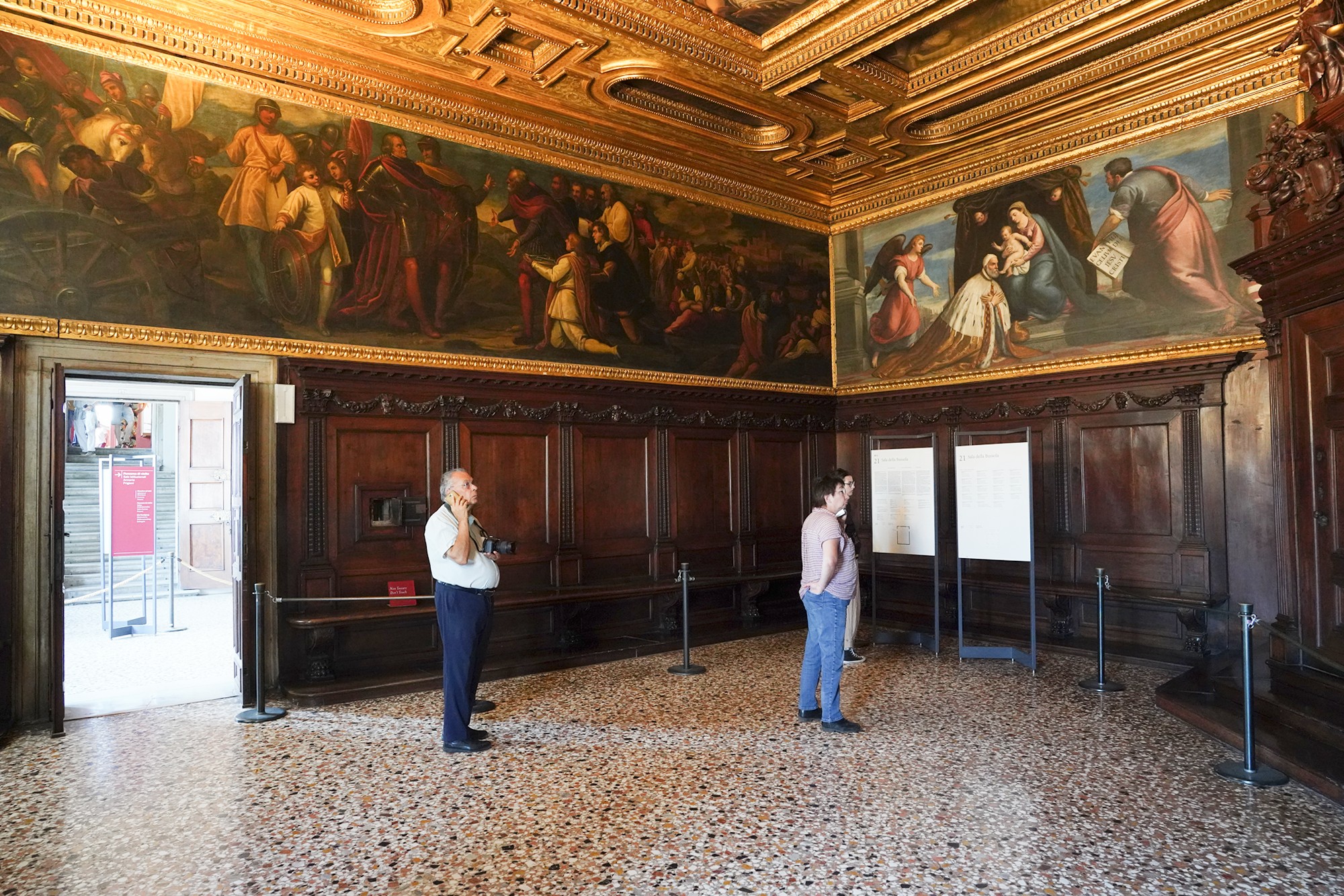
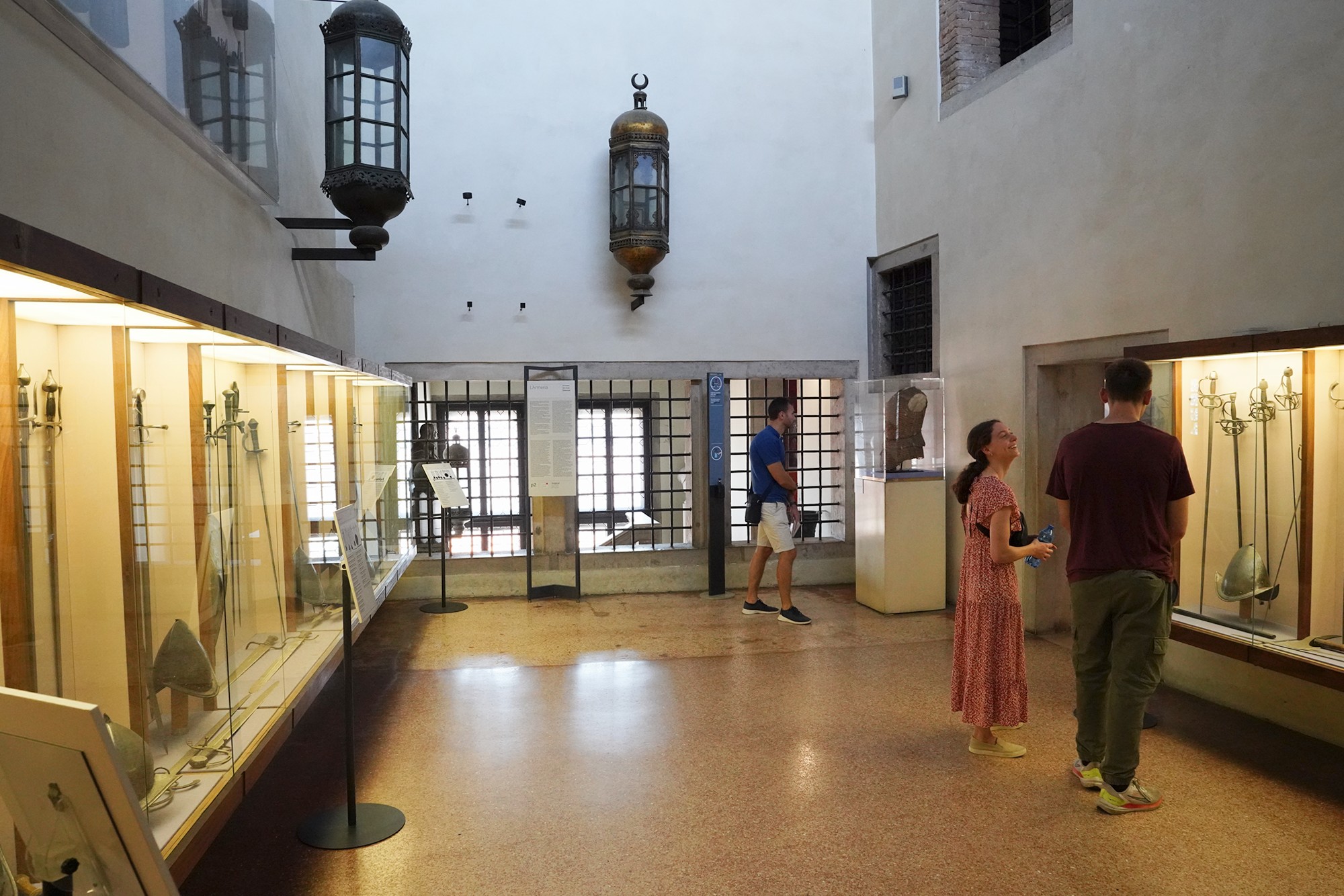
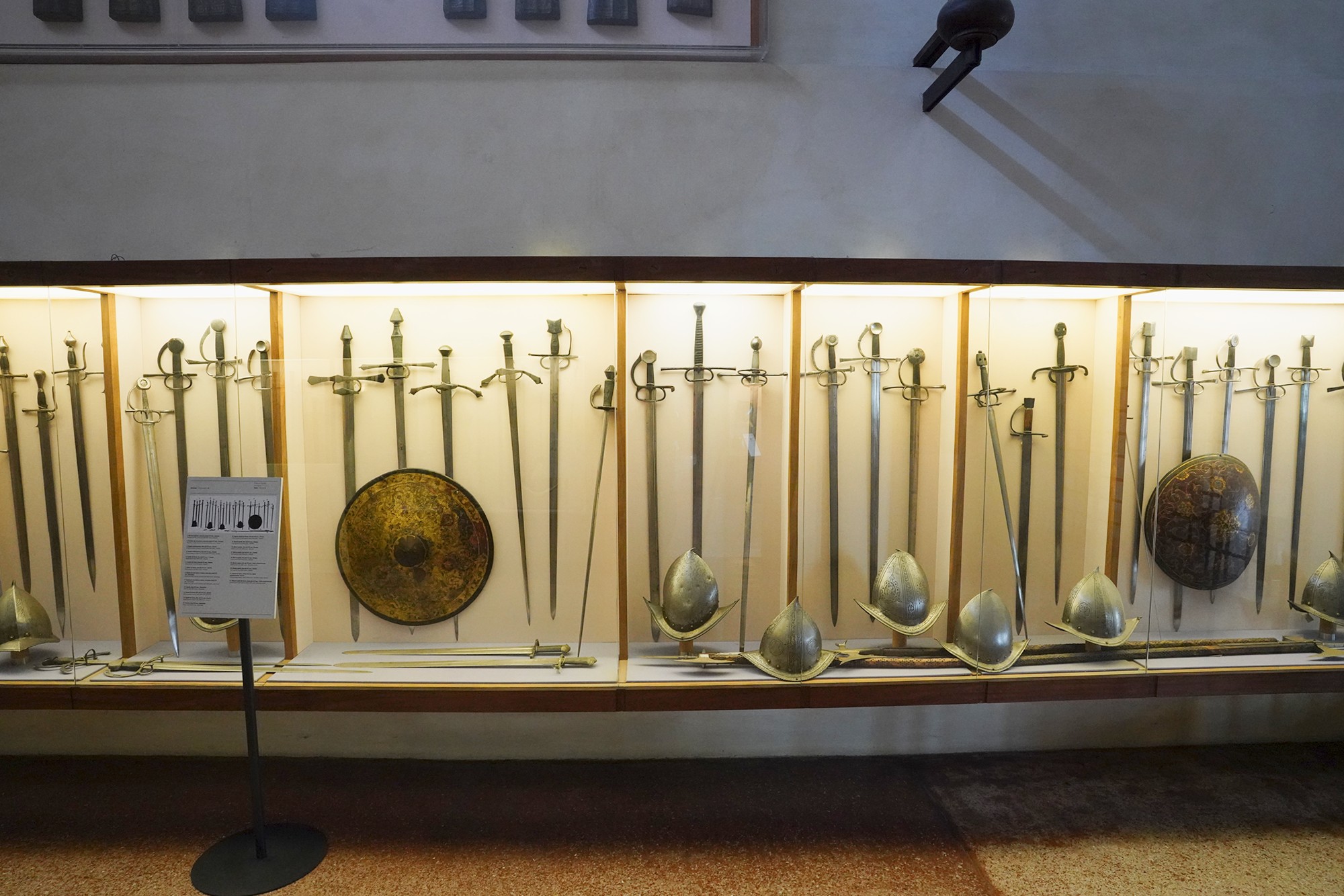
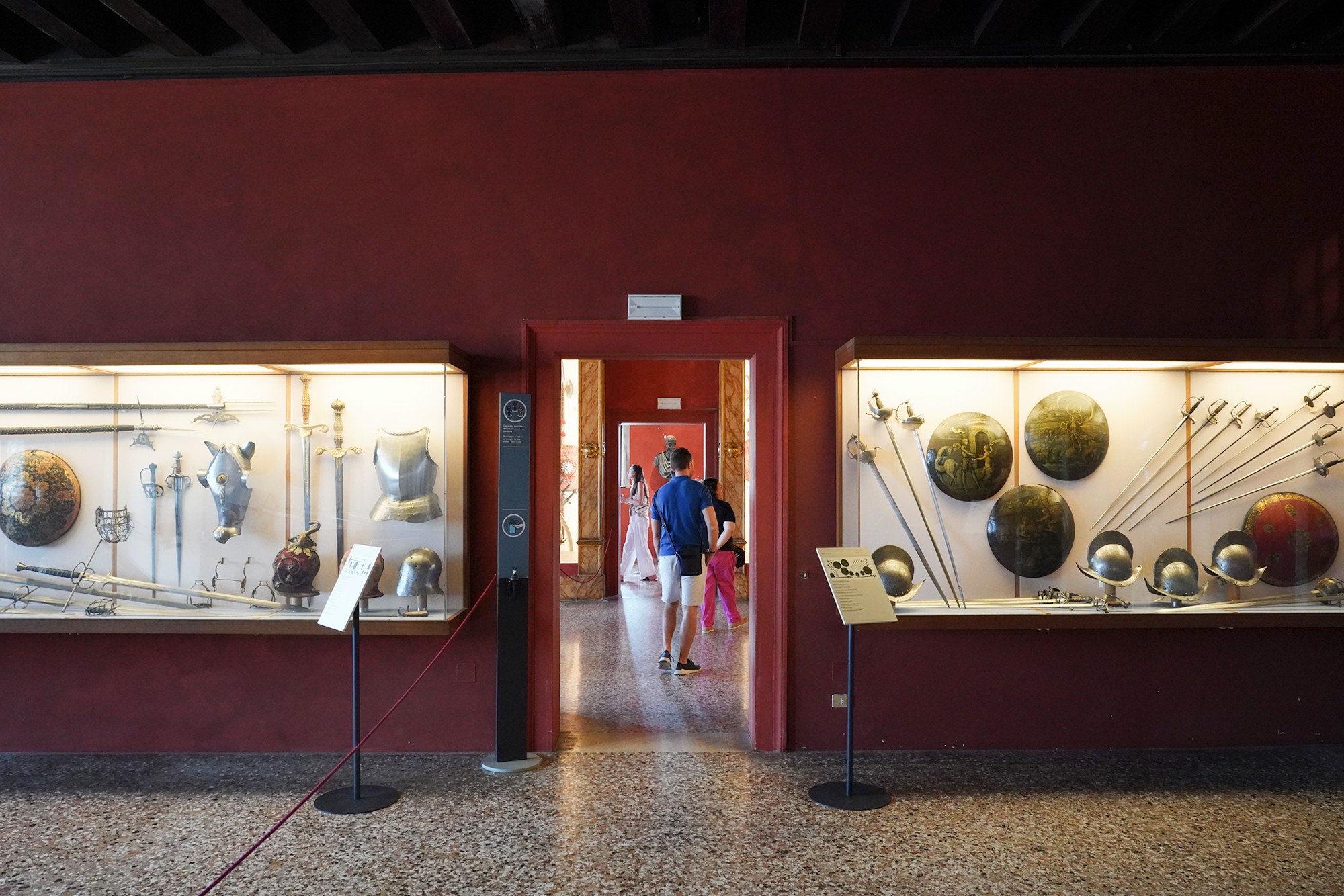
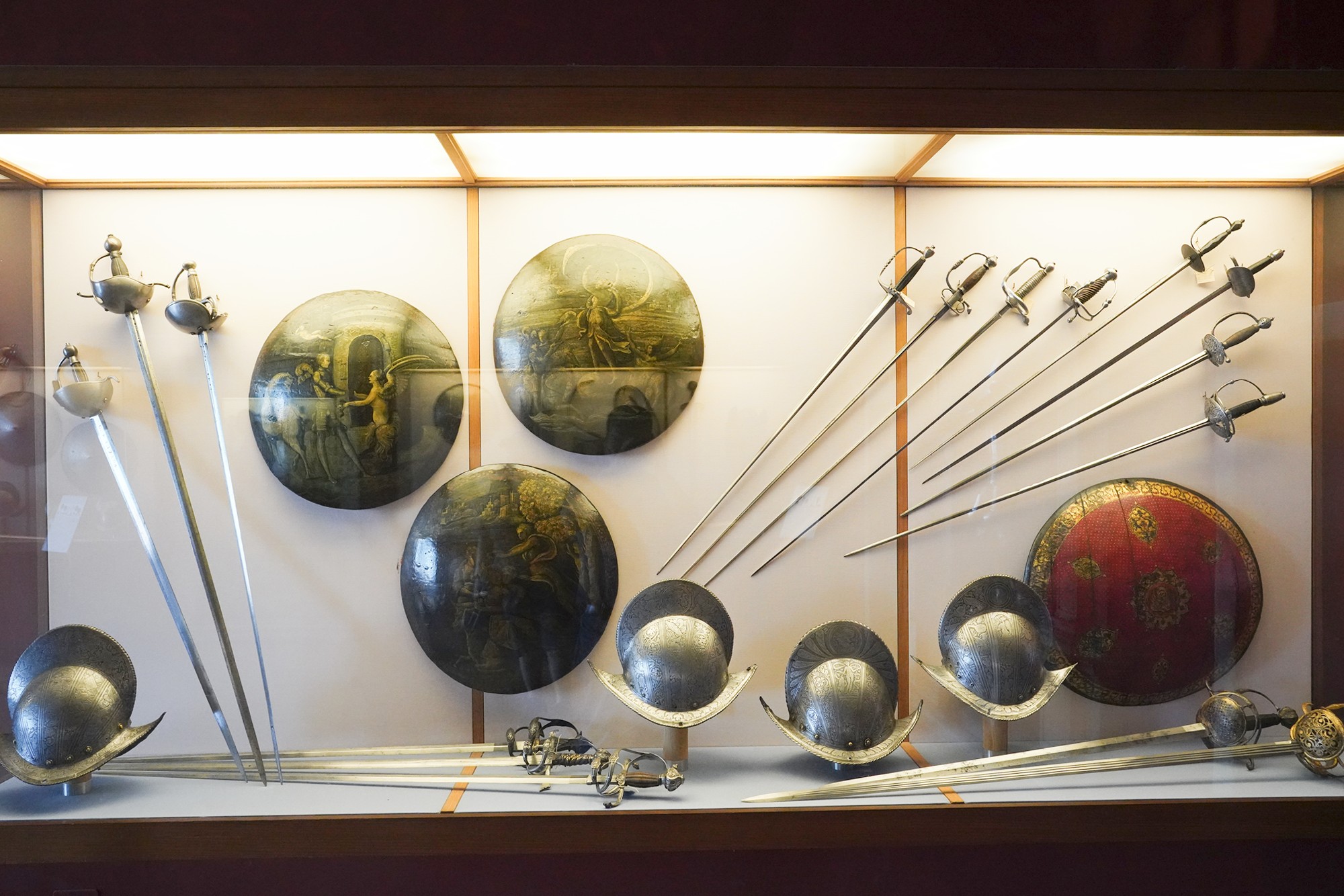
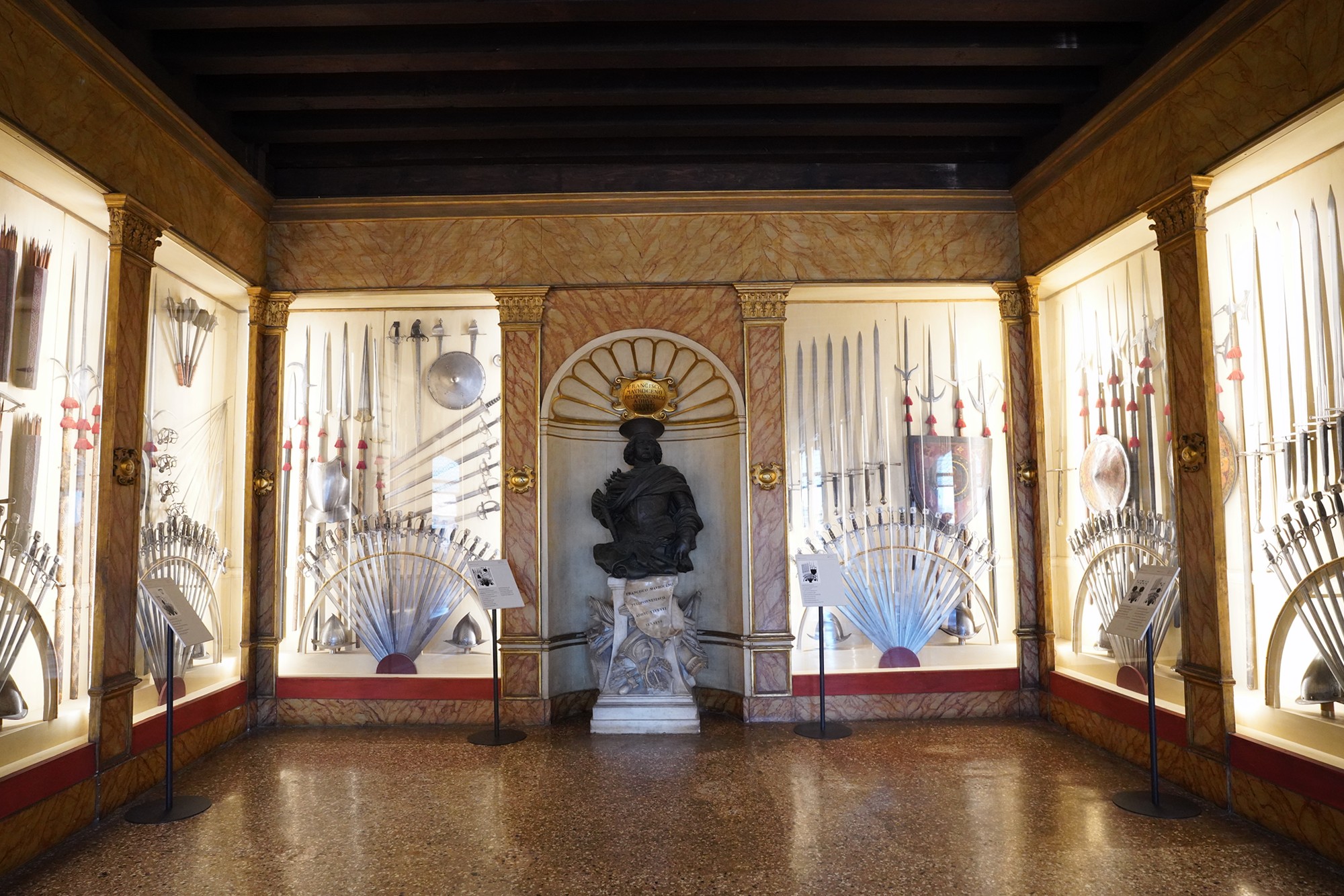
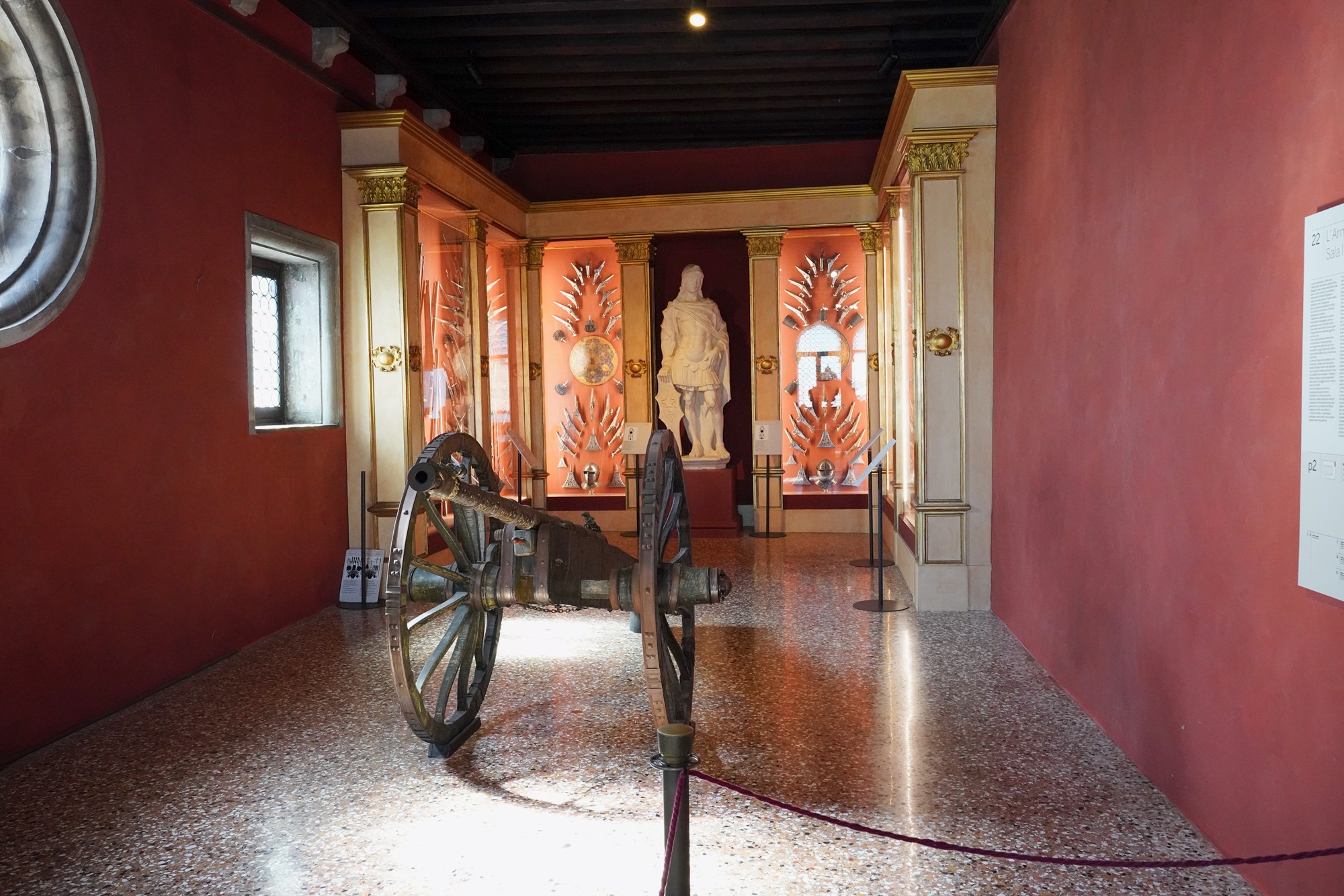
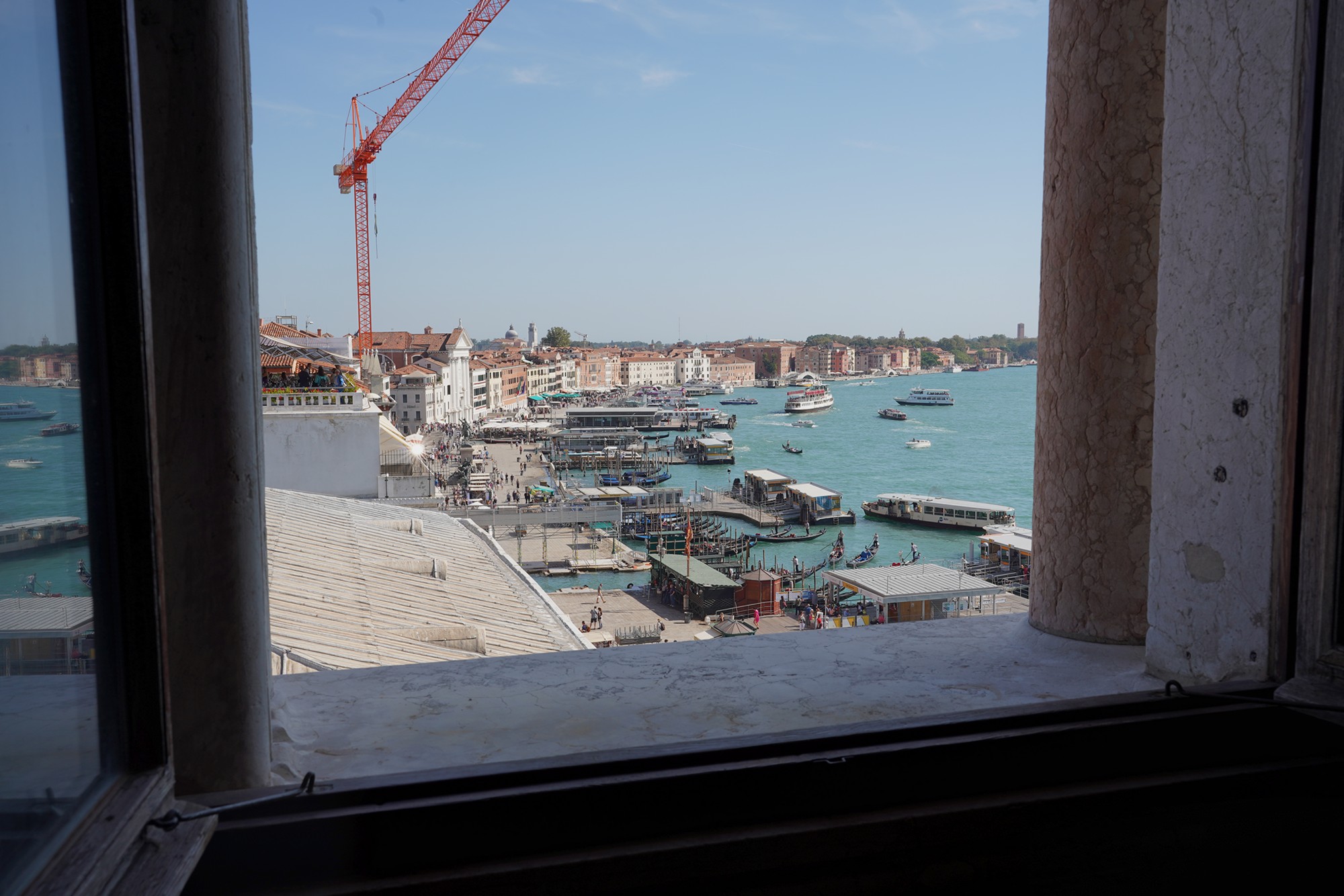
Walk downstairs
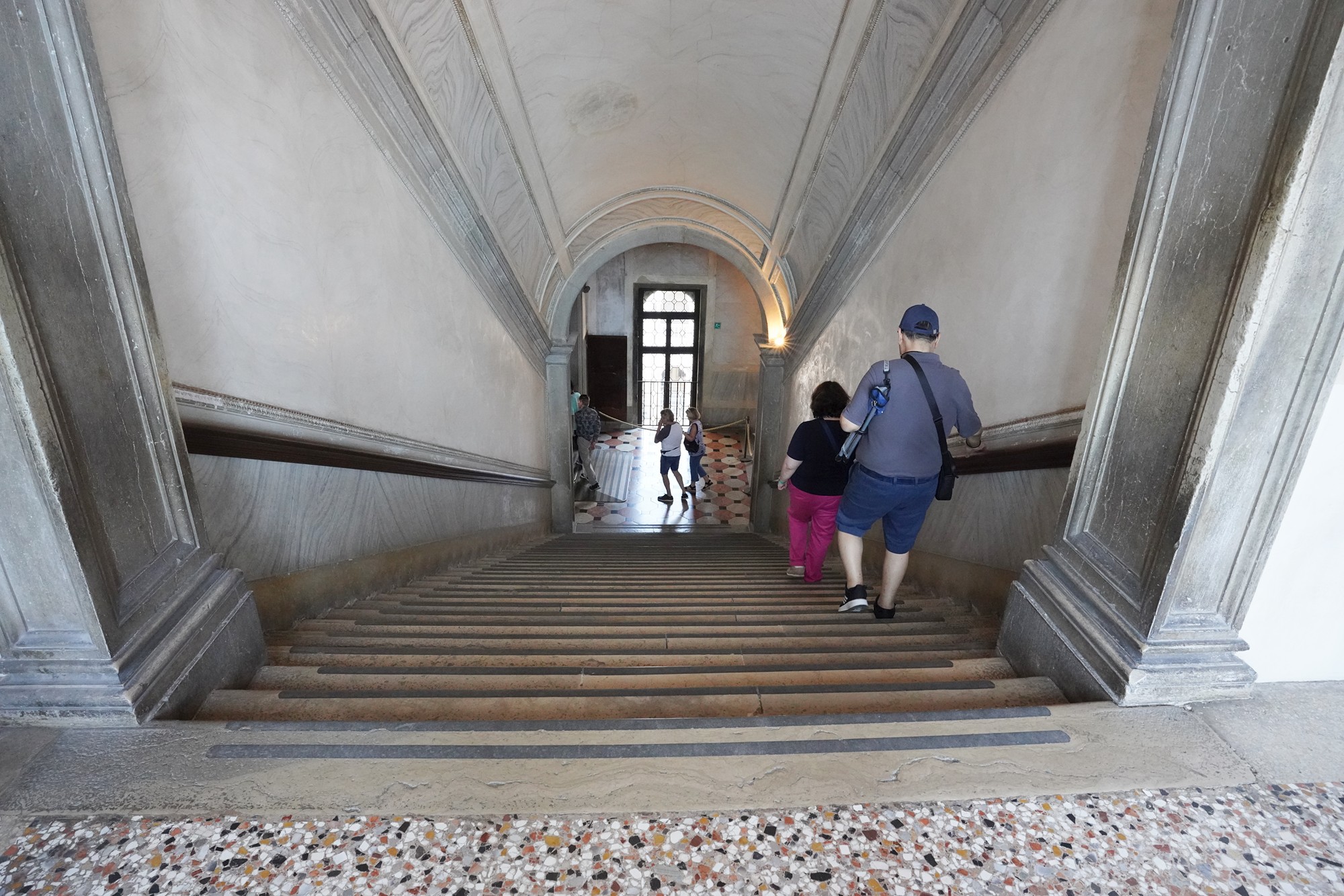
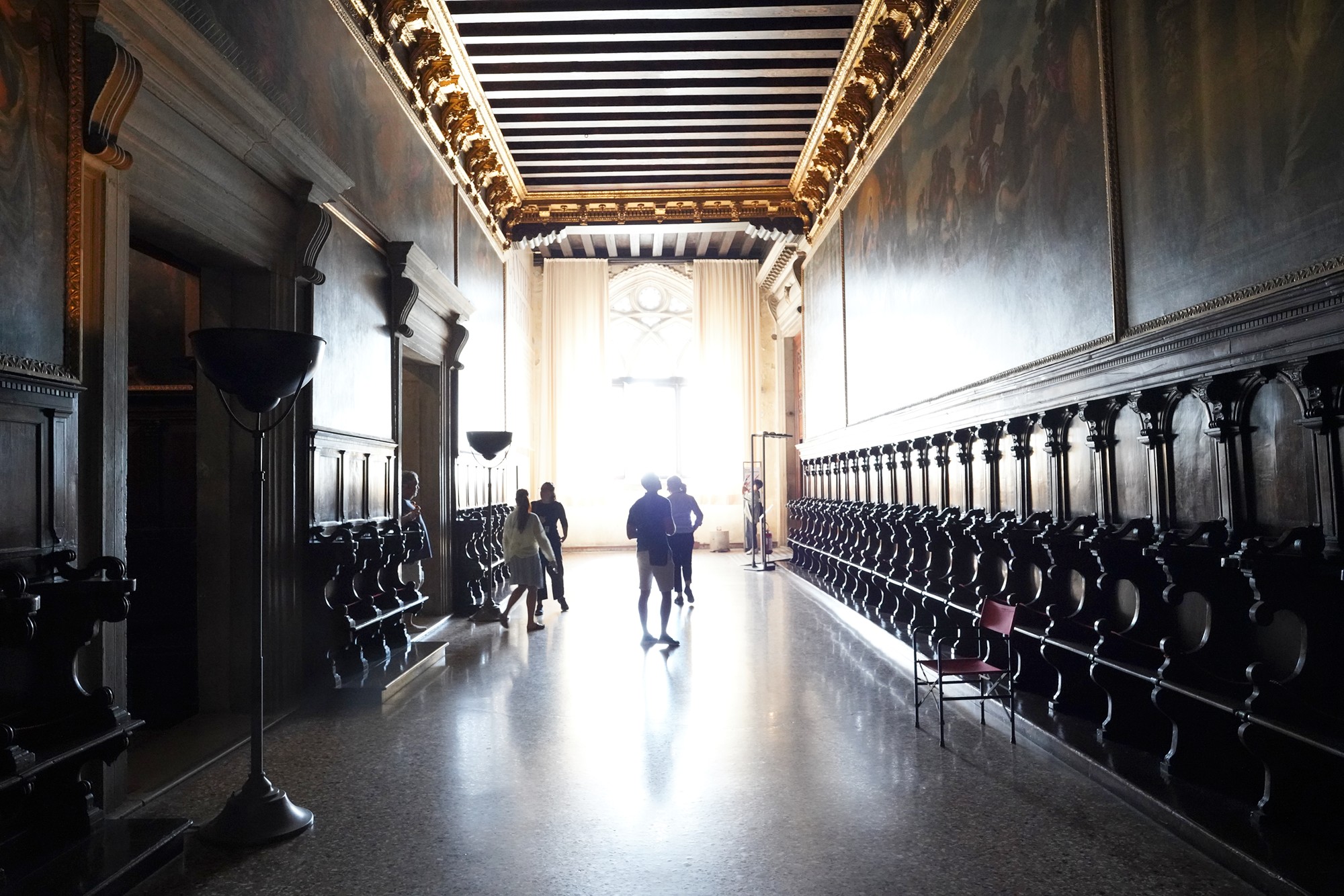
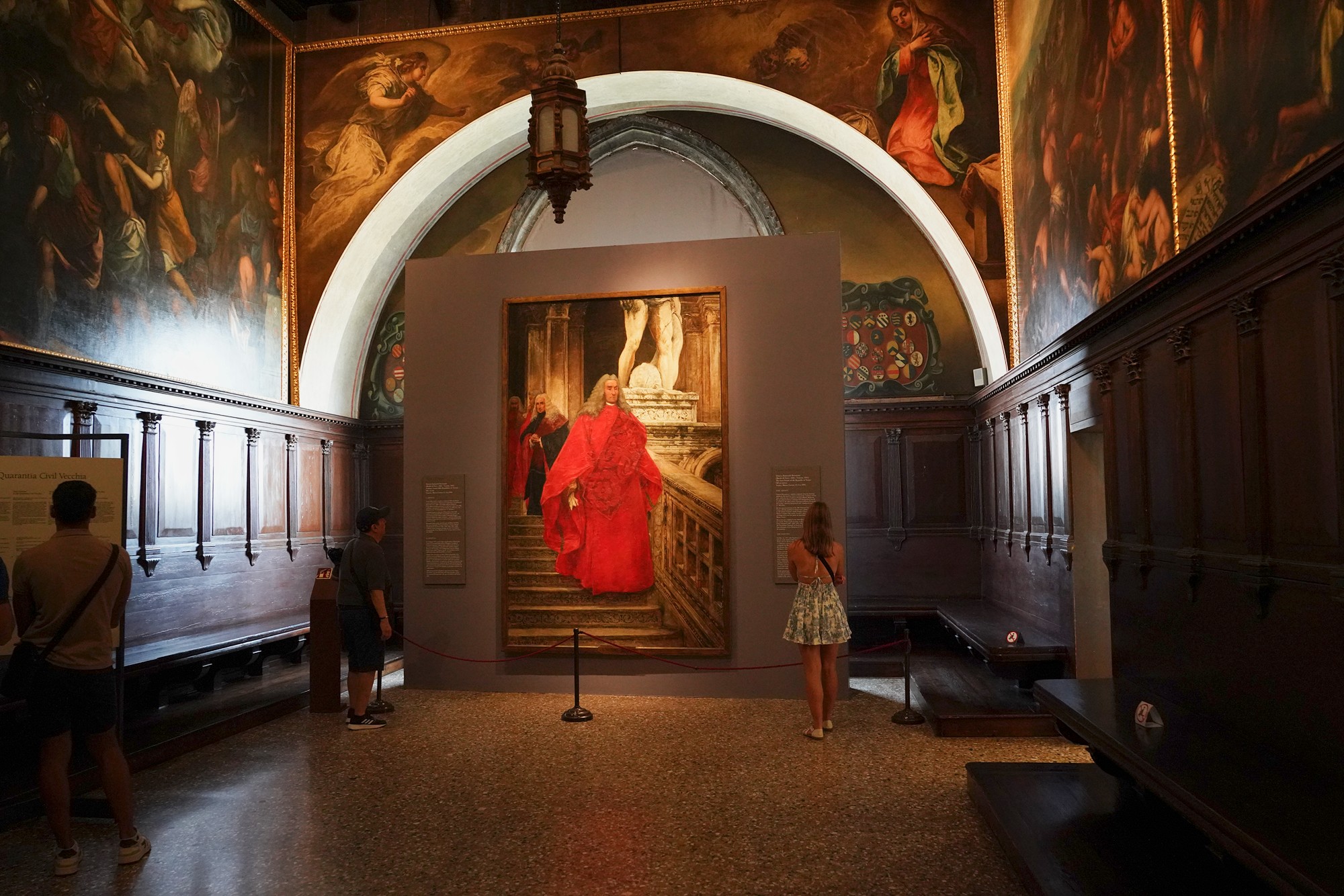
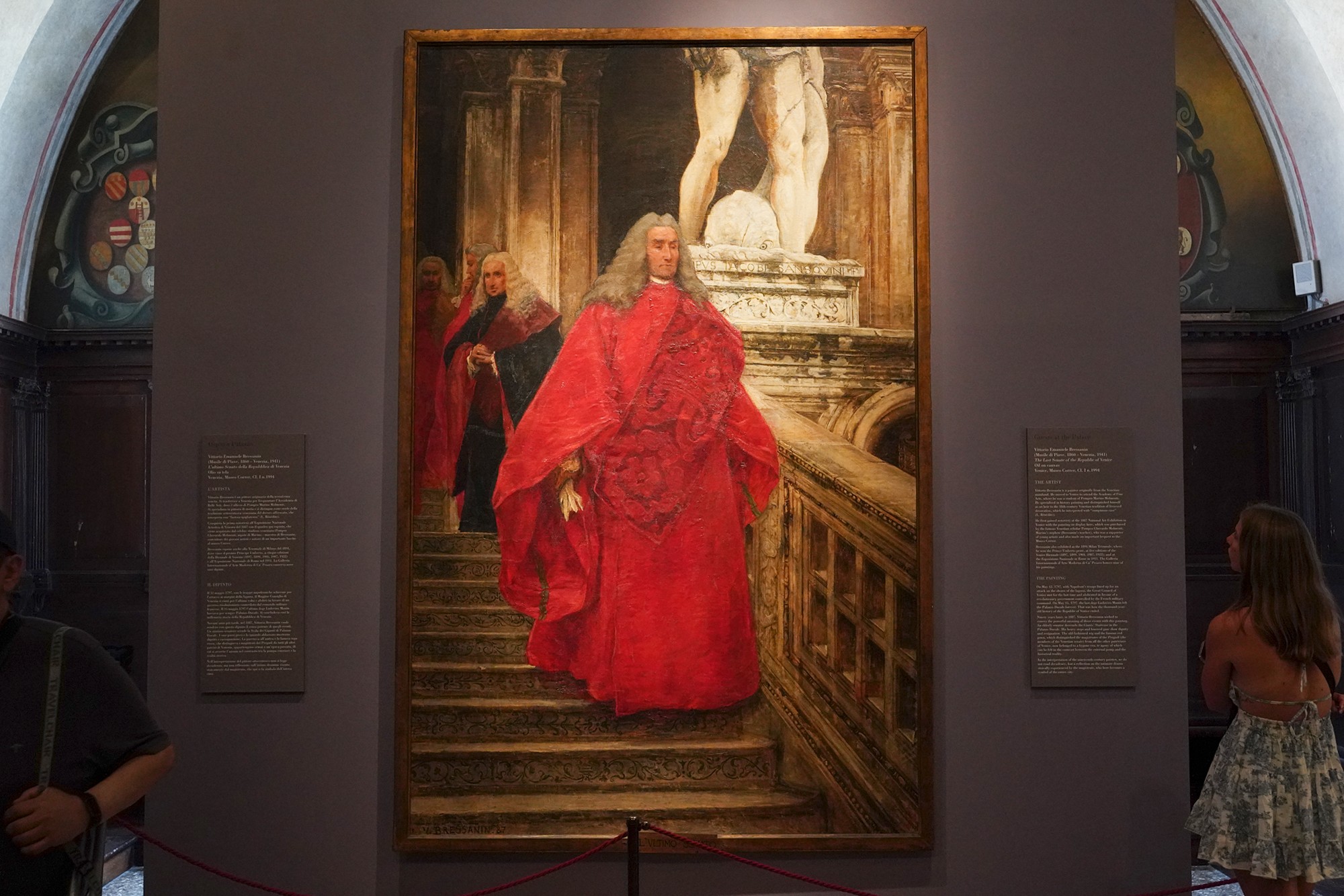
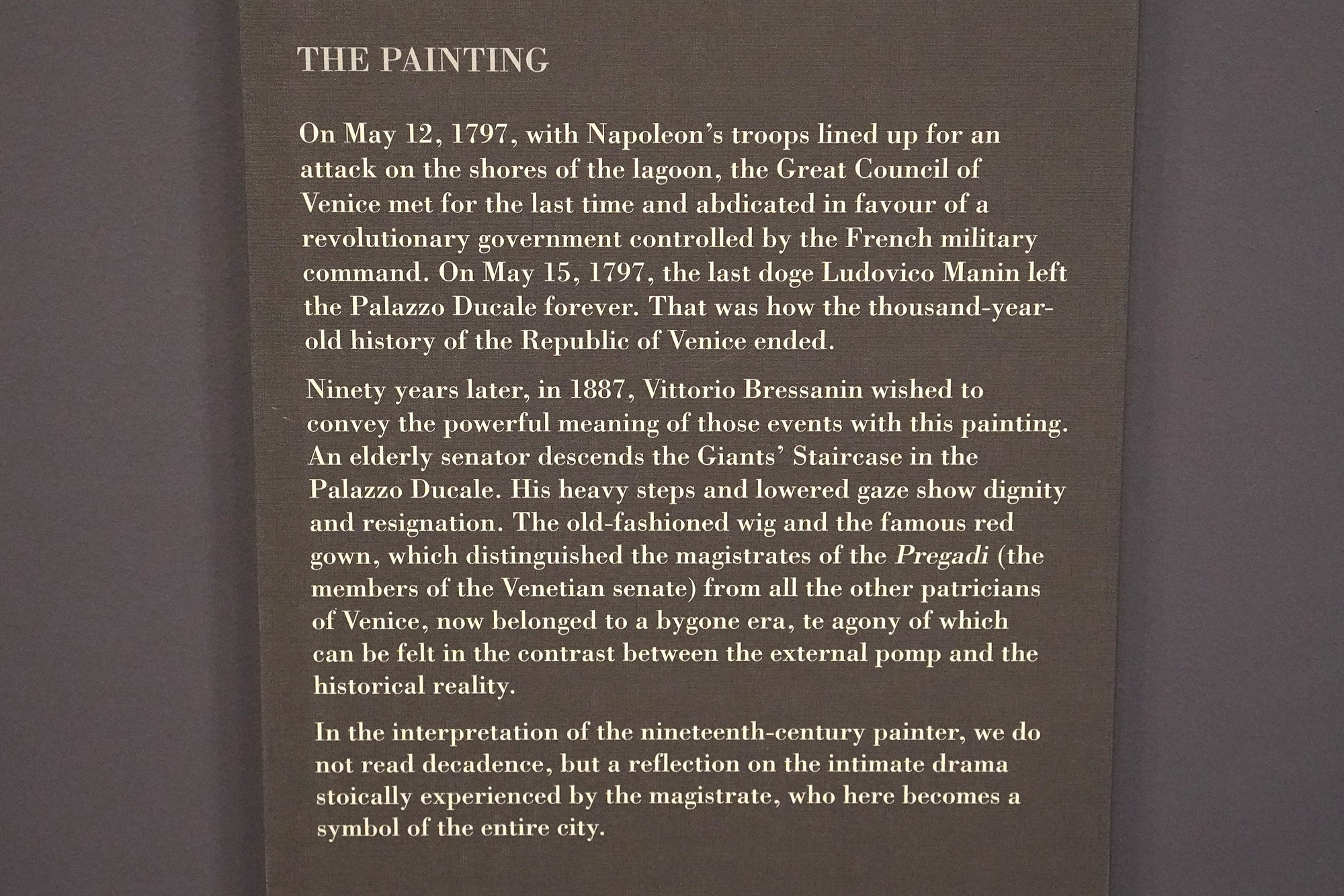
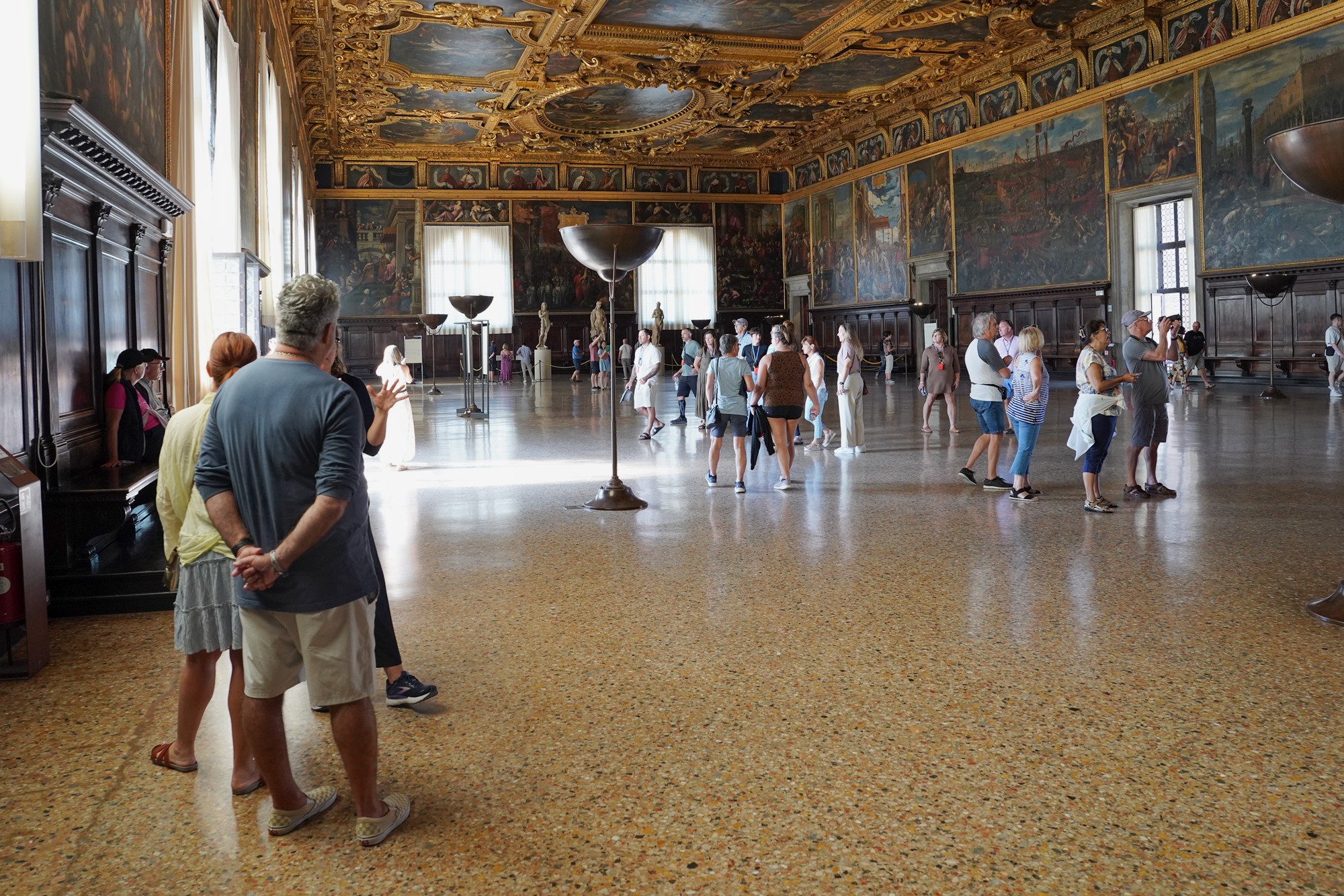
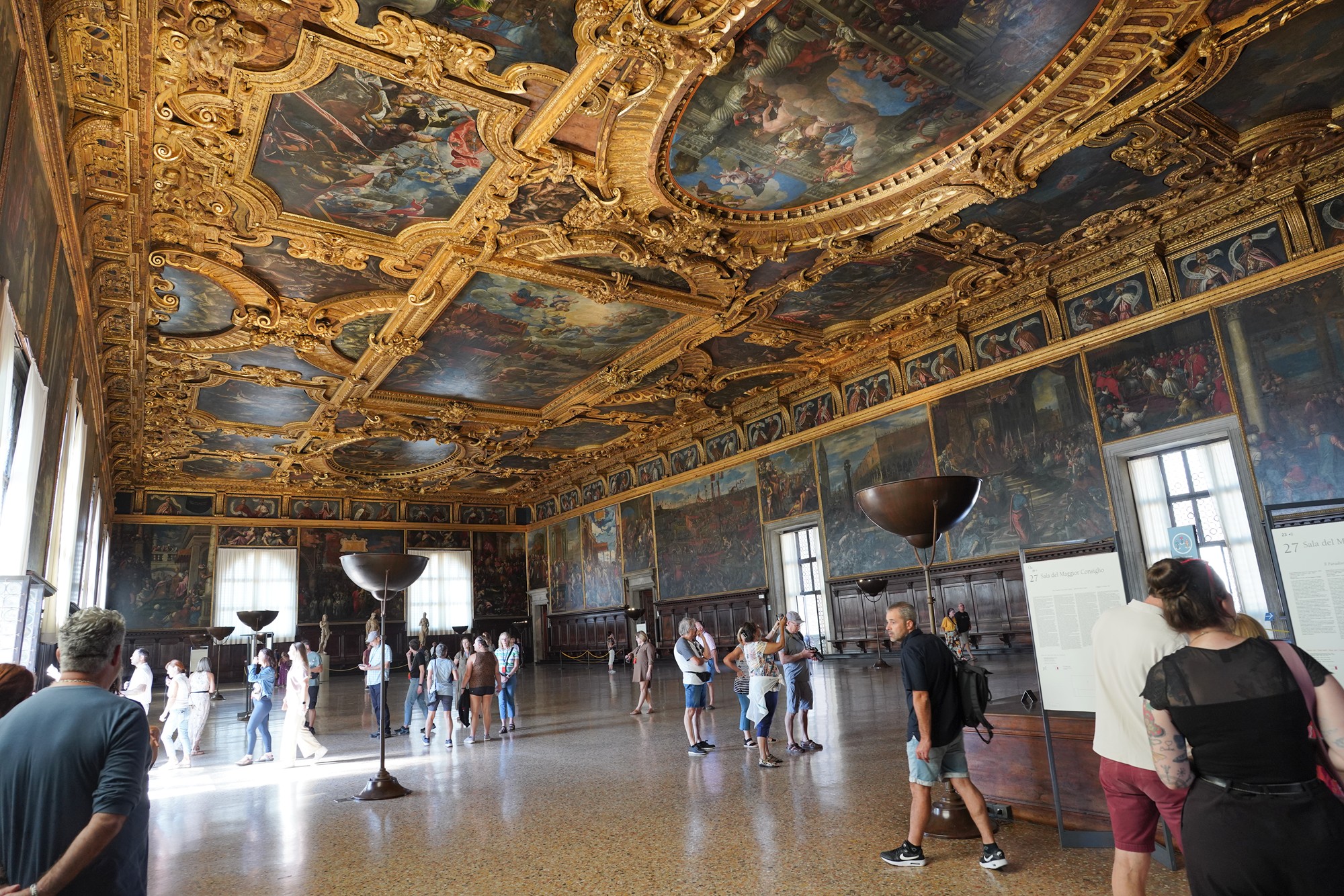
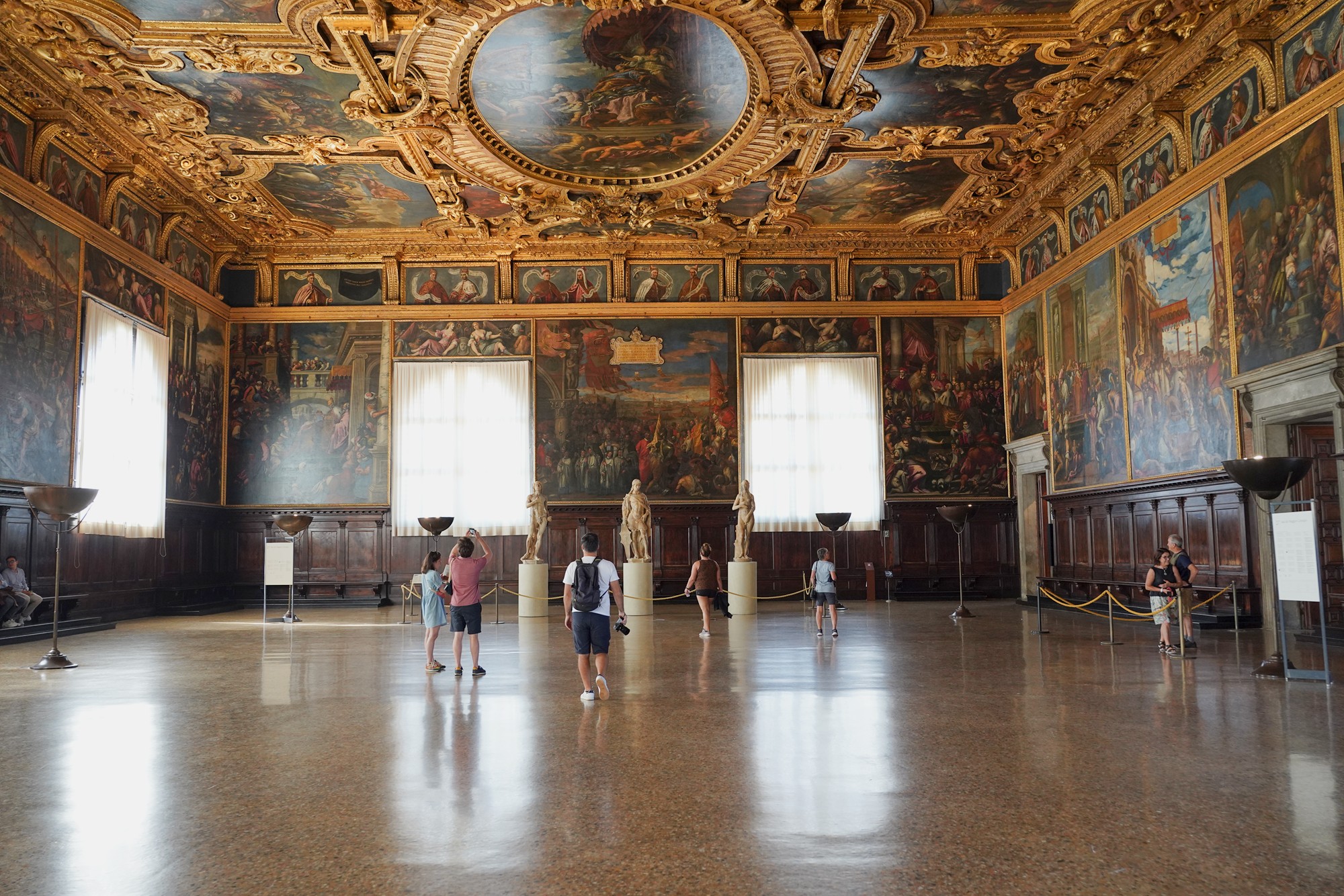
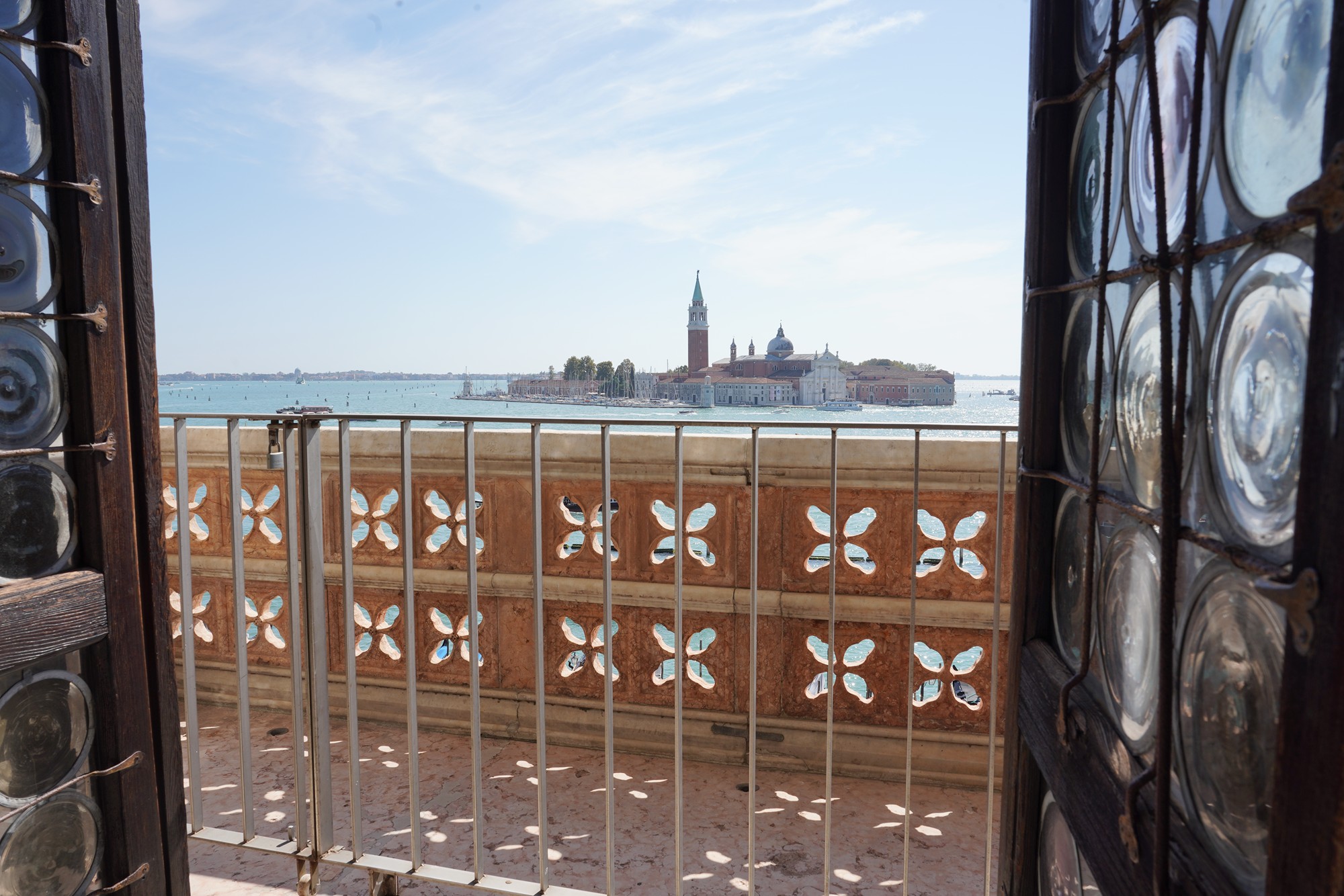
Paintings in the palace
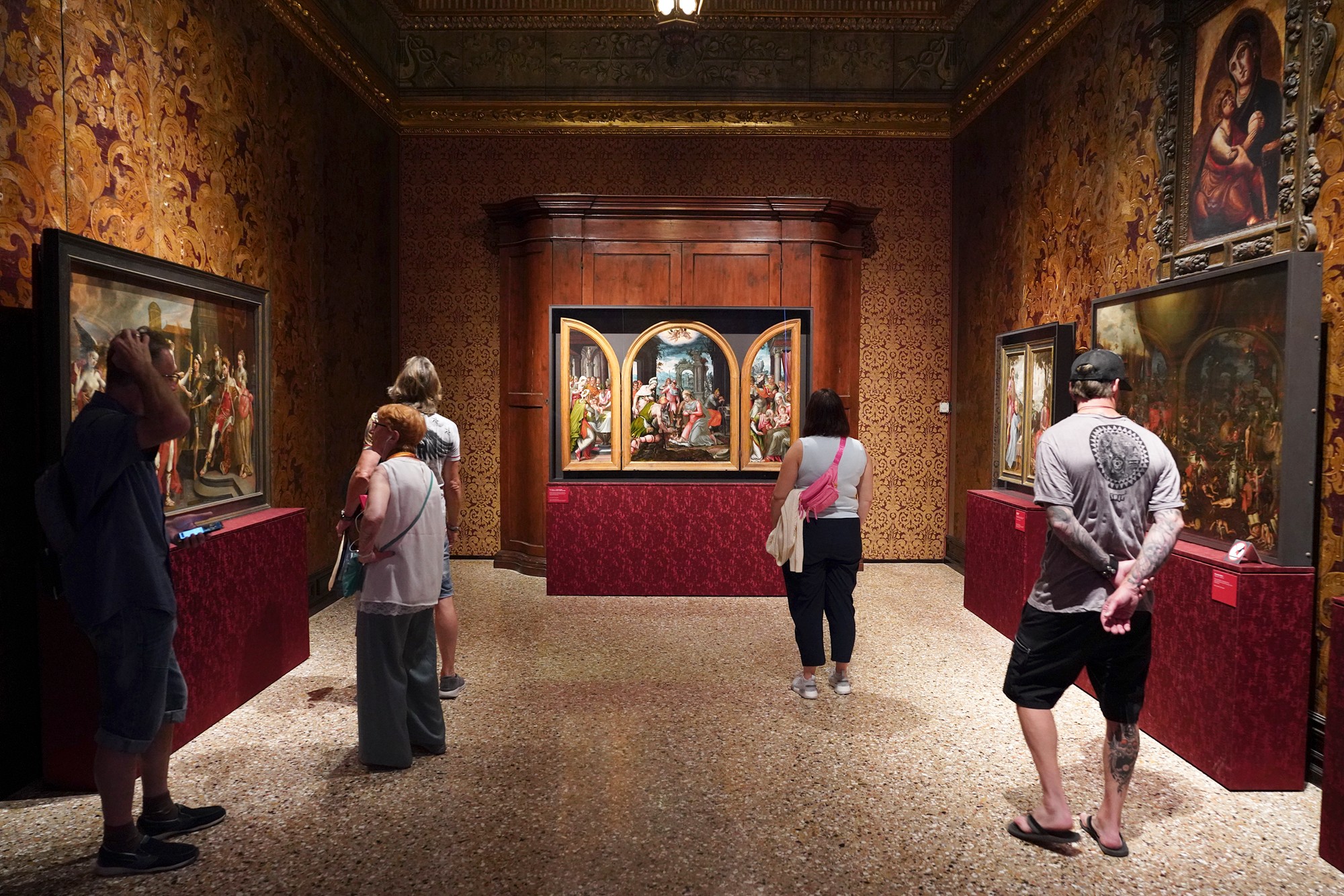
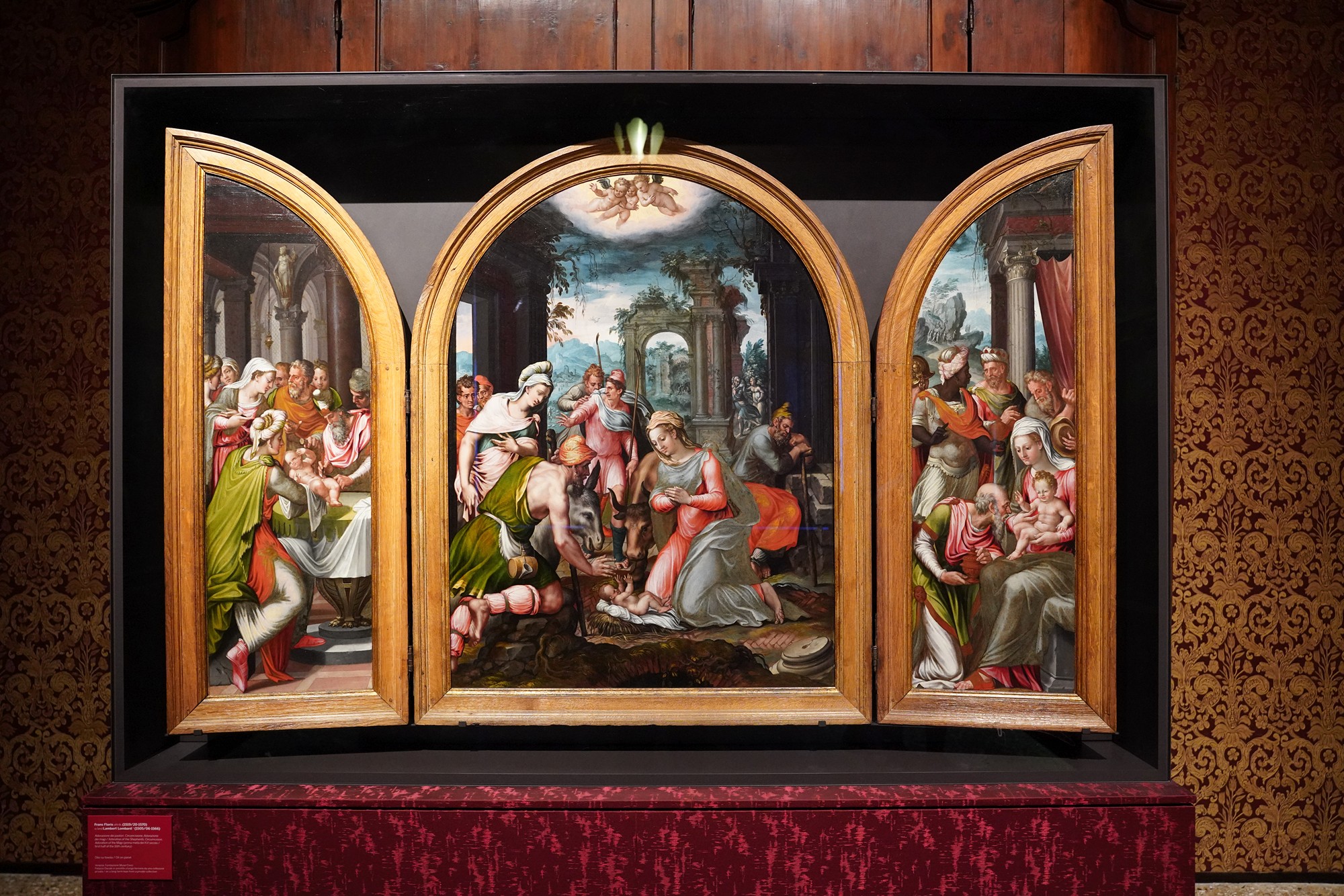
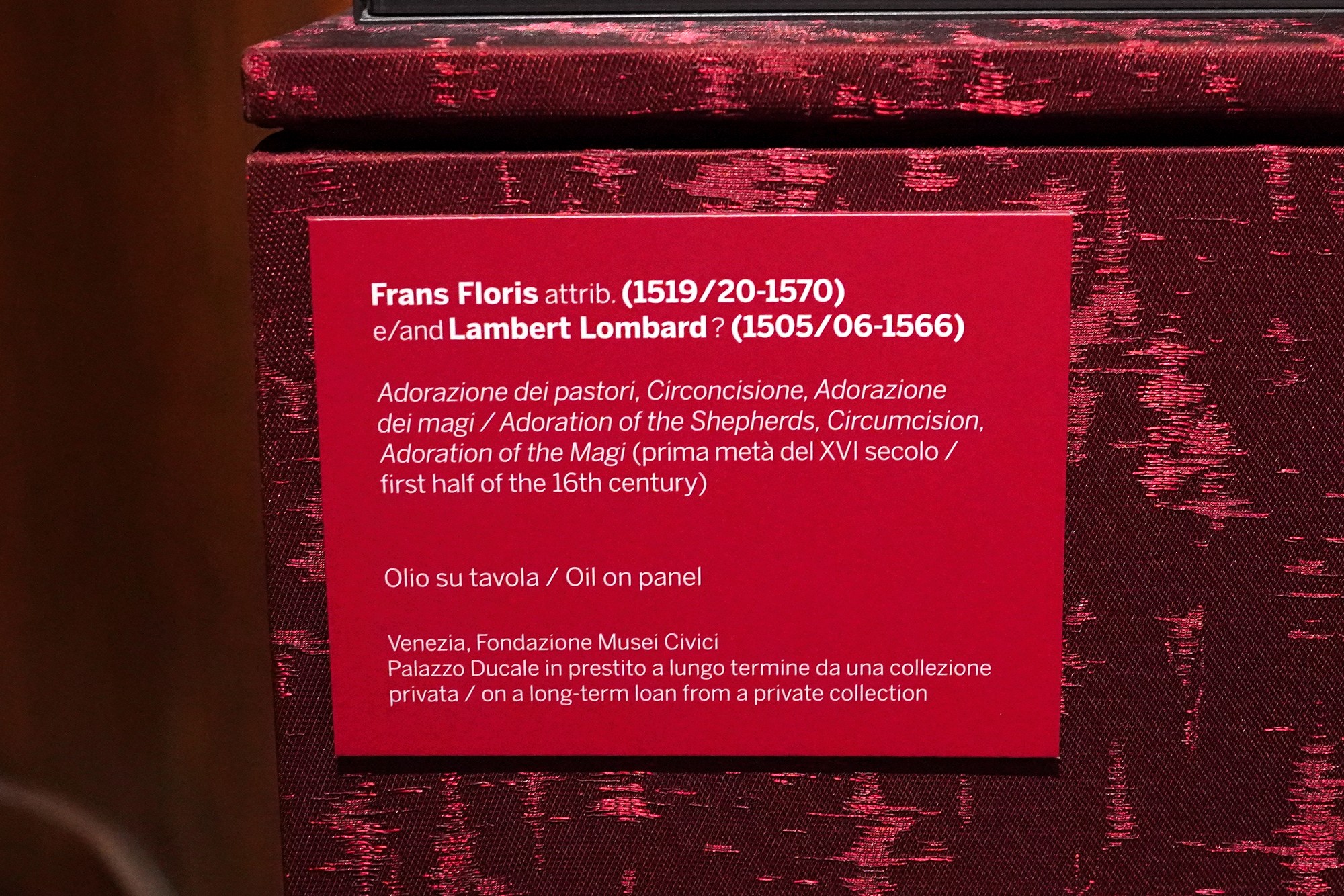
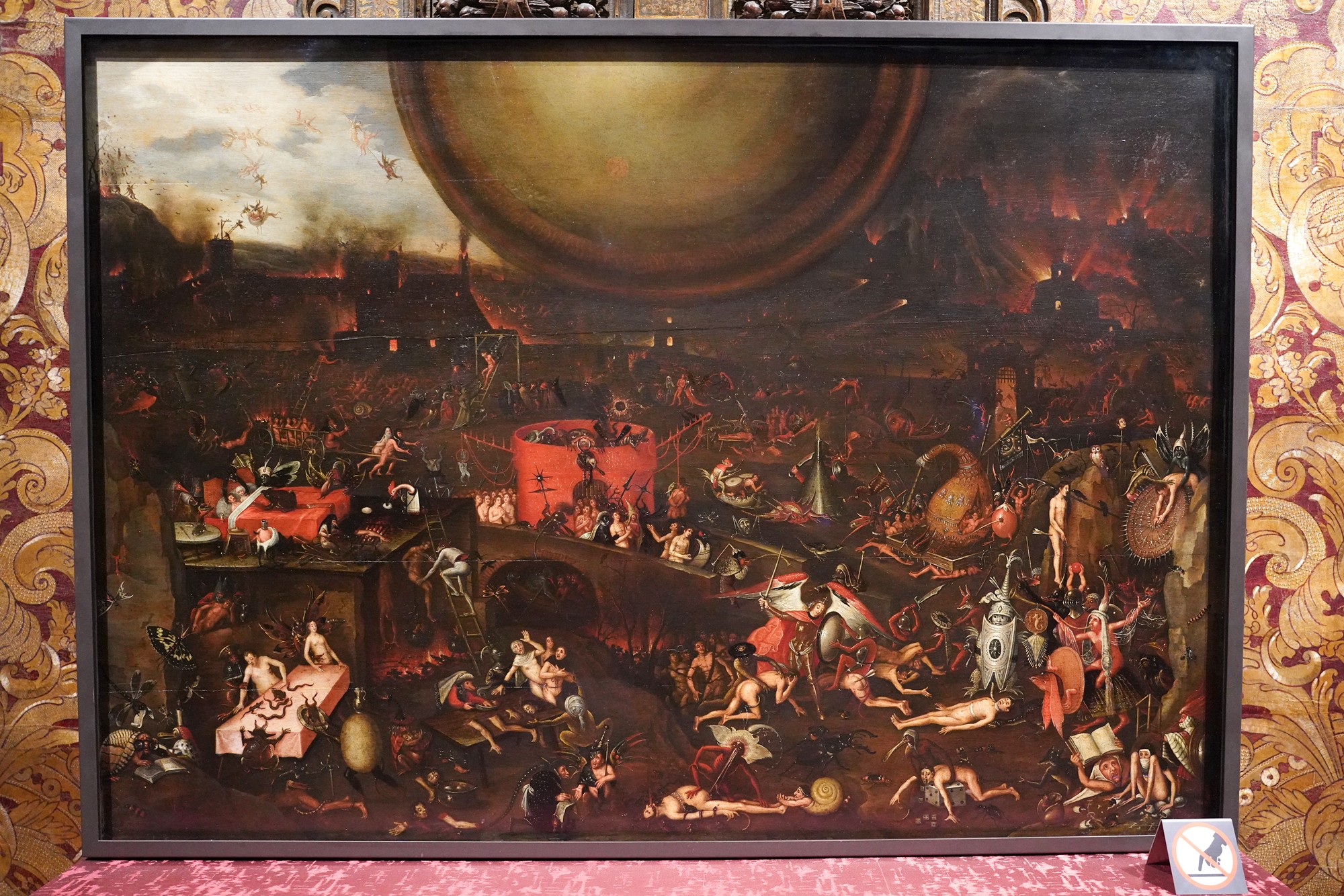
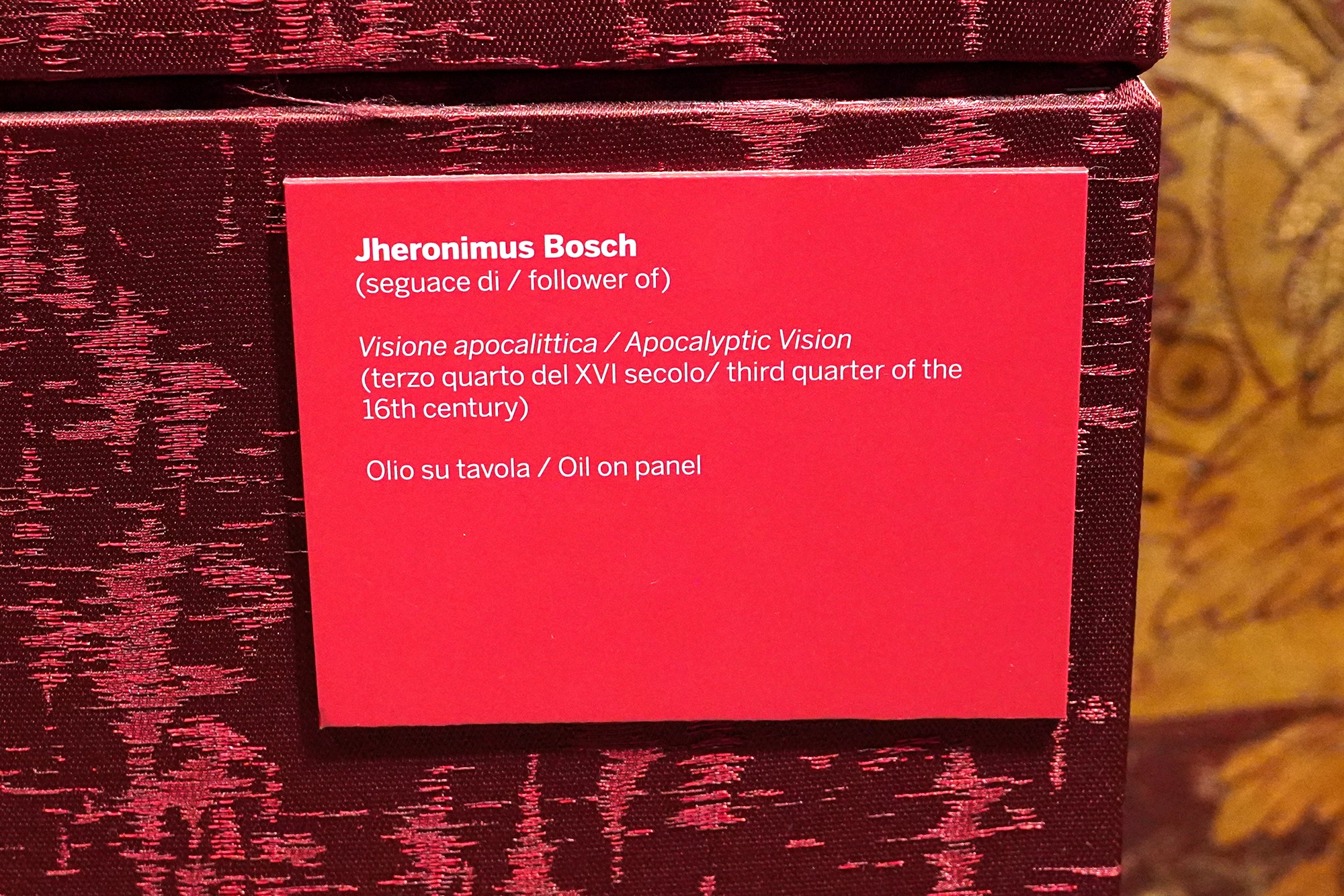
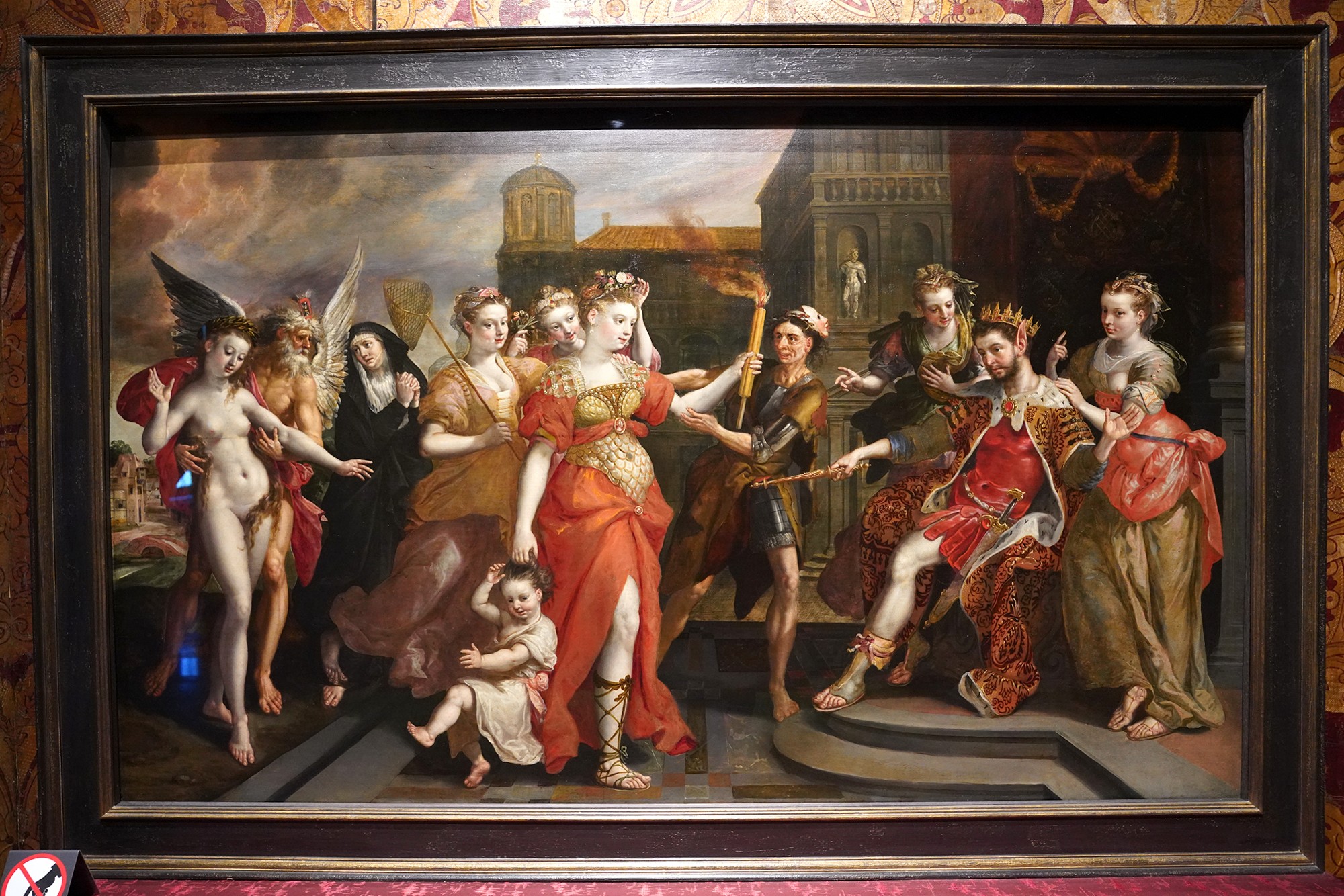
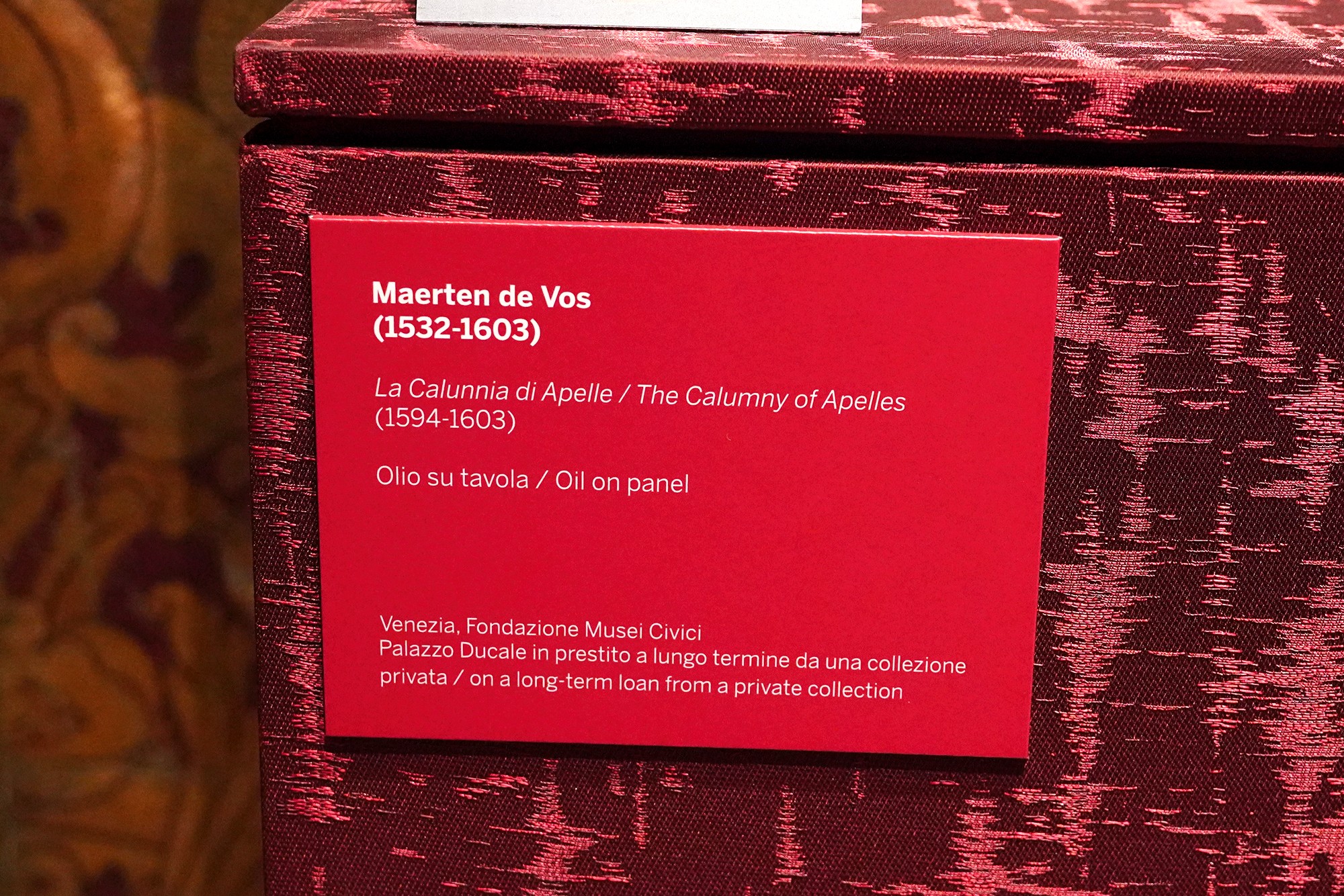
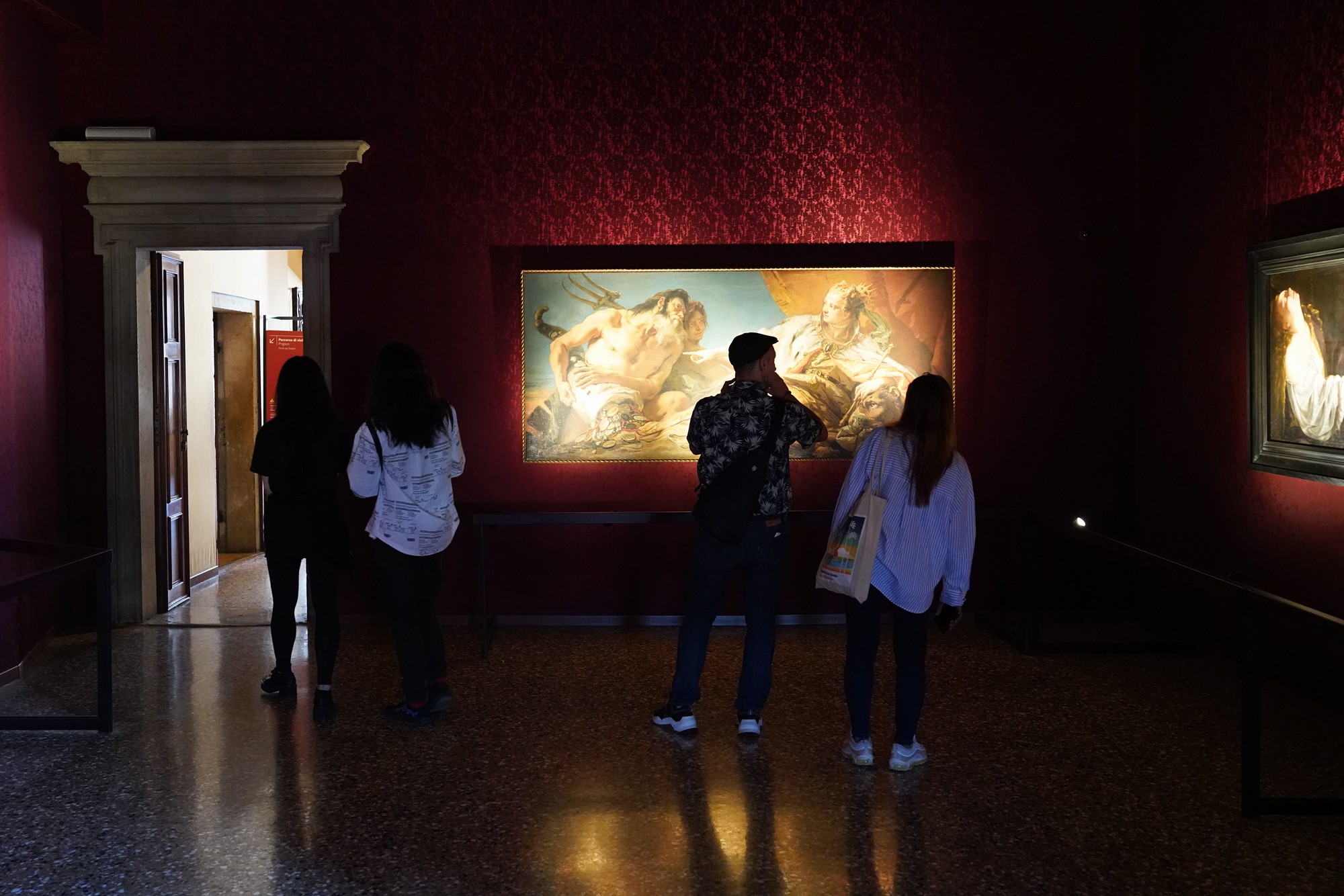
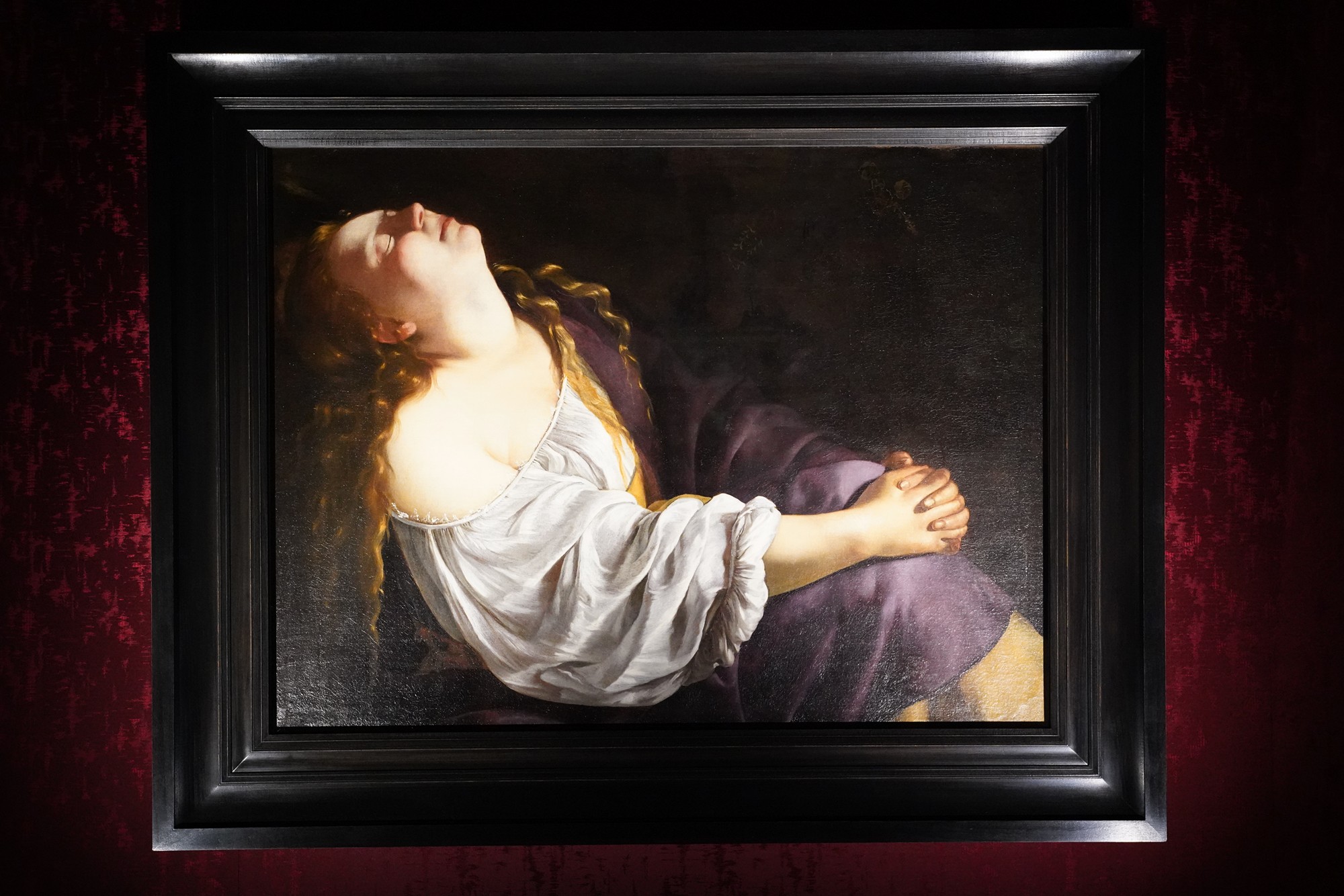
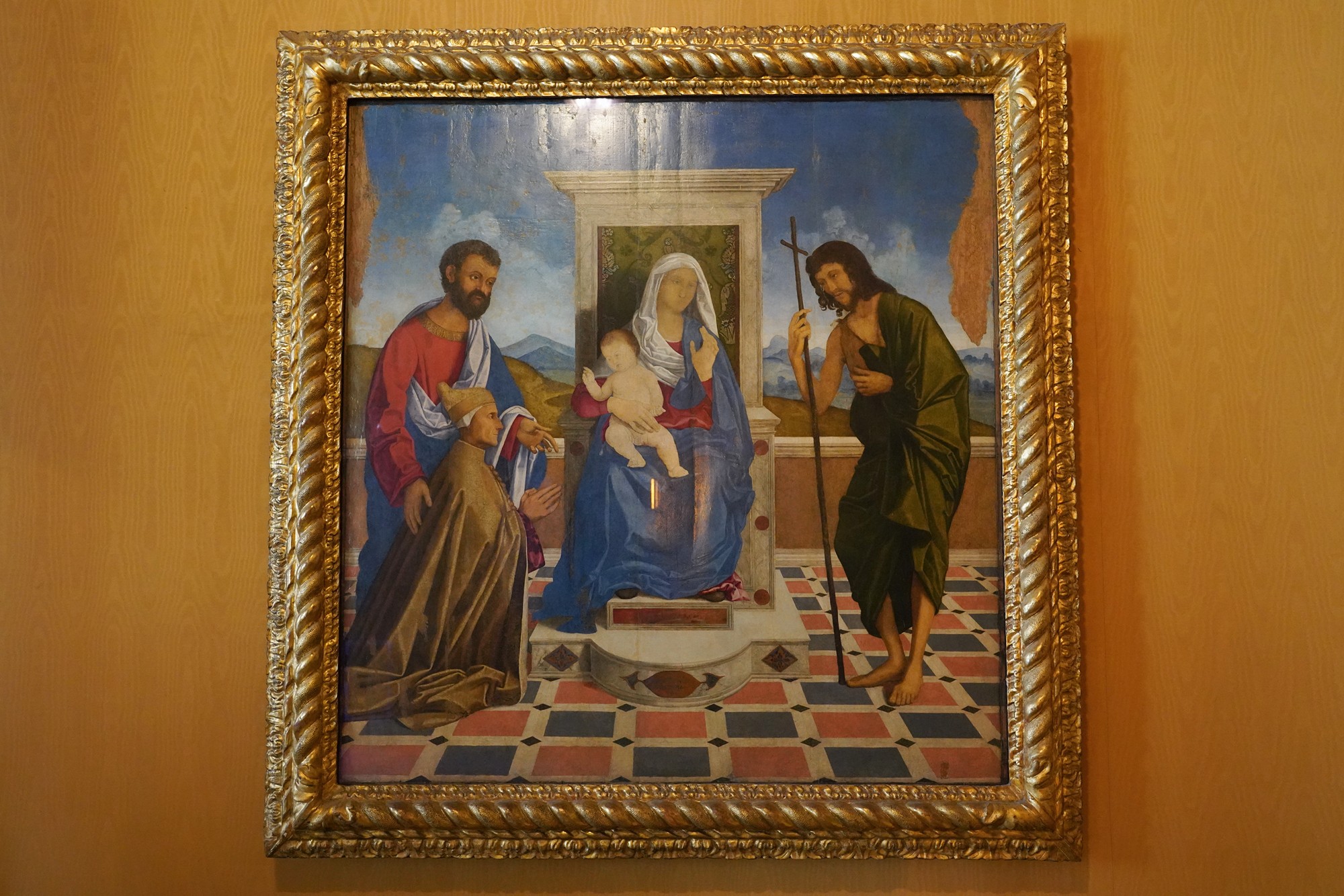
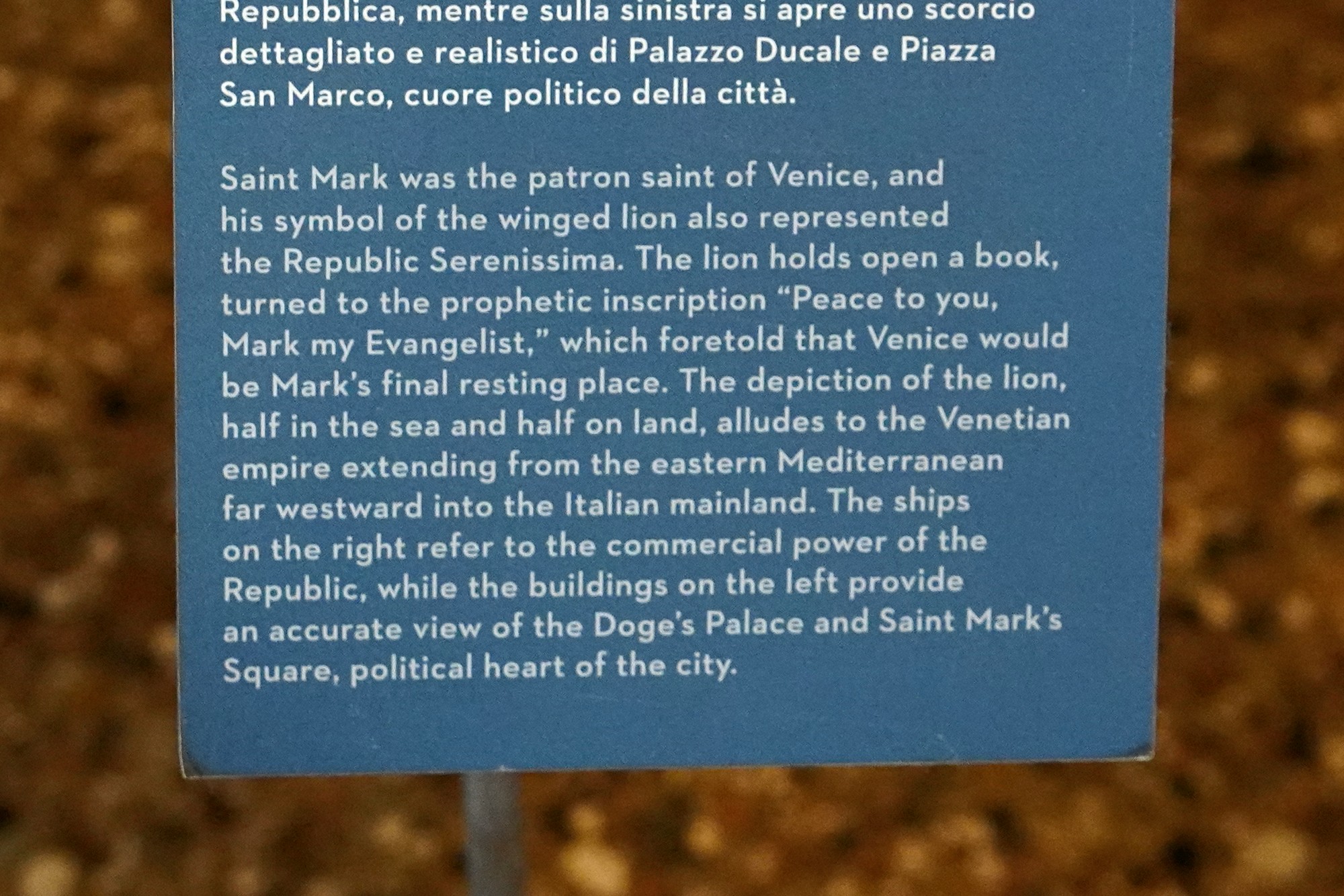
The Prisons, connected to the Doge’s Palace, housed prisoners awaiting trial or serving sentences. These prisons were designed by Antonio Contin in the 16th century and are known for their unique structure and architectural design. Key points include:
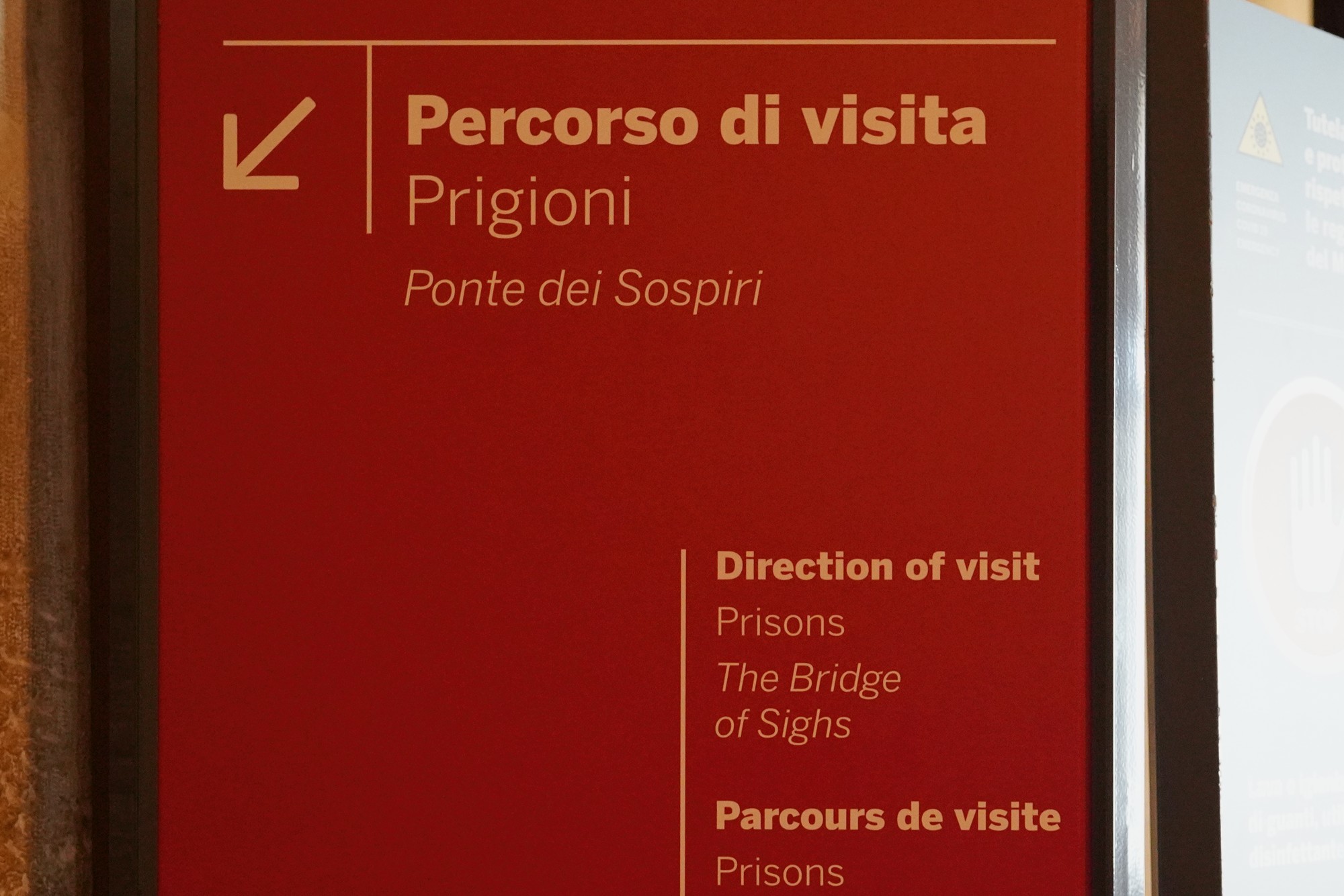
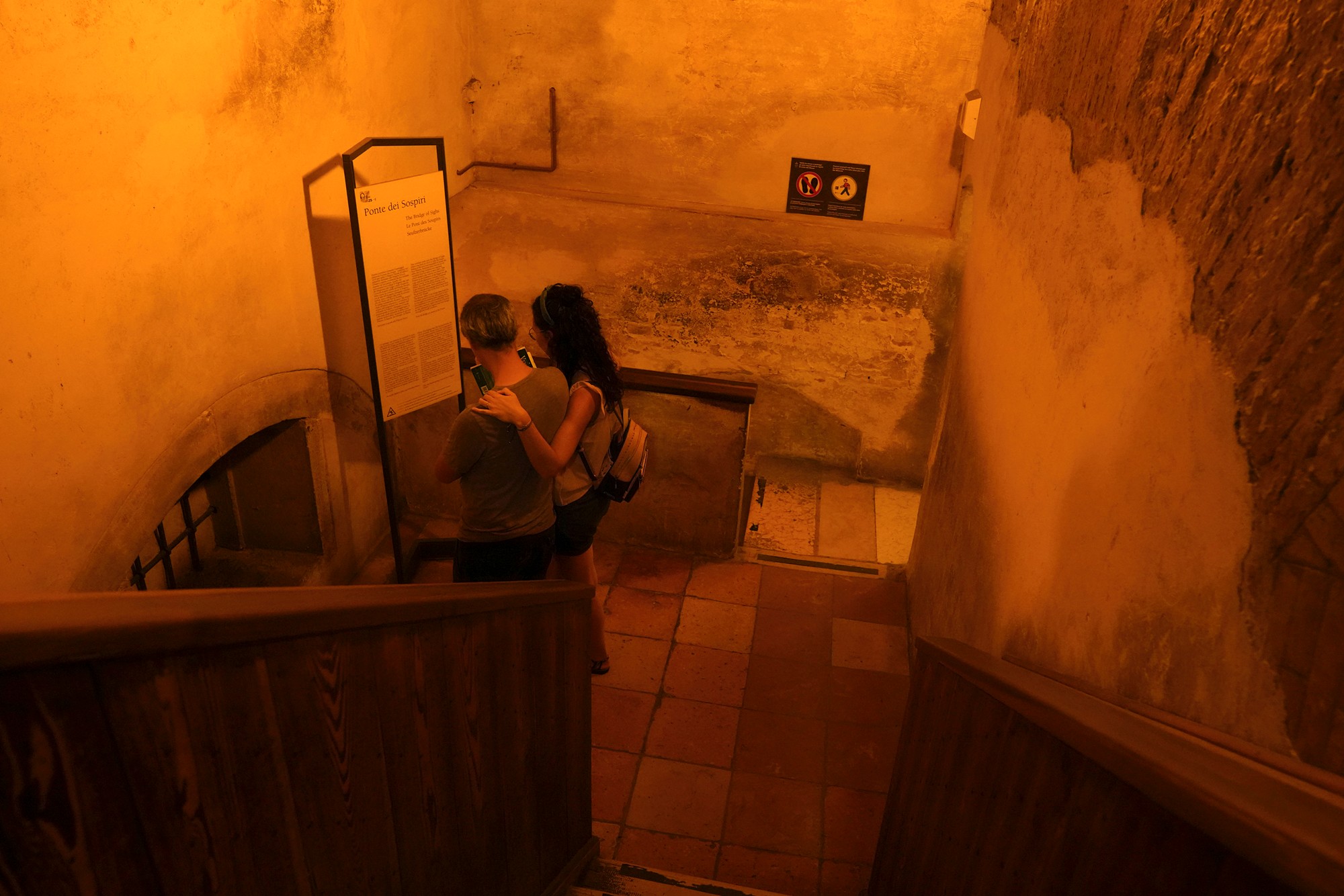
View of Venice from the Bridge of Sighs. The Bridge of Sighs, connects the Doge’s Palace to the Prisons. The bridge is an enclosed passageway made of white limestone, and it became famous due to its association with prisoners’ final views of Venice before incarceration.
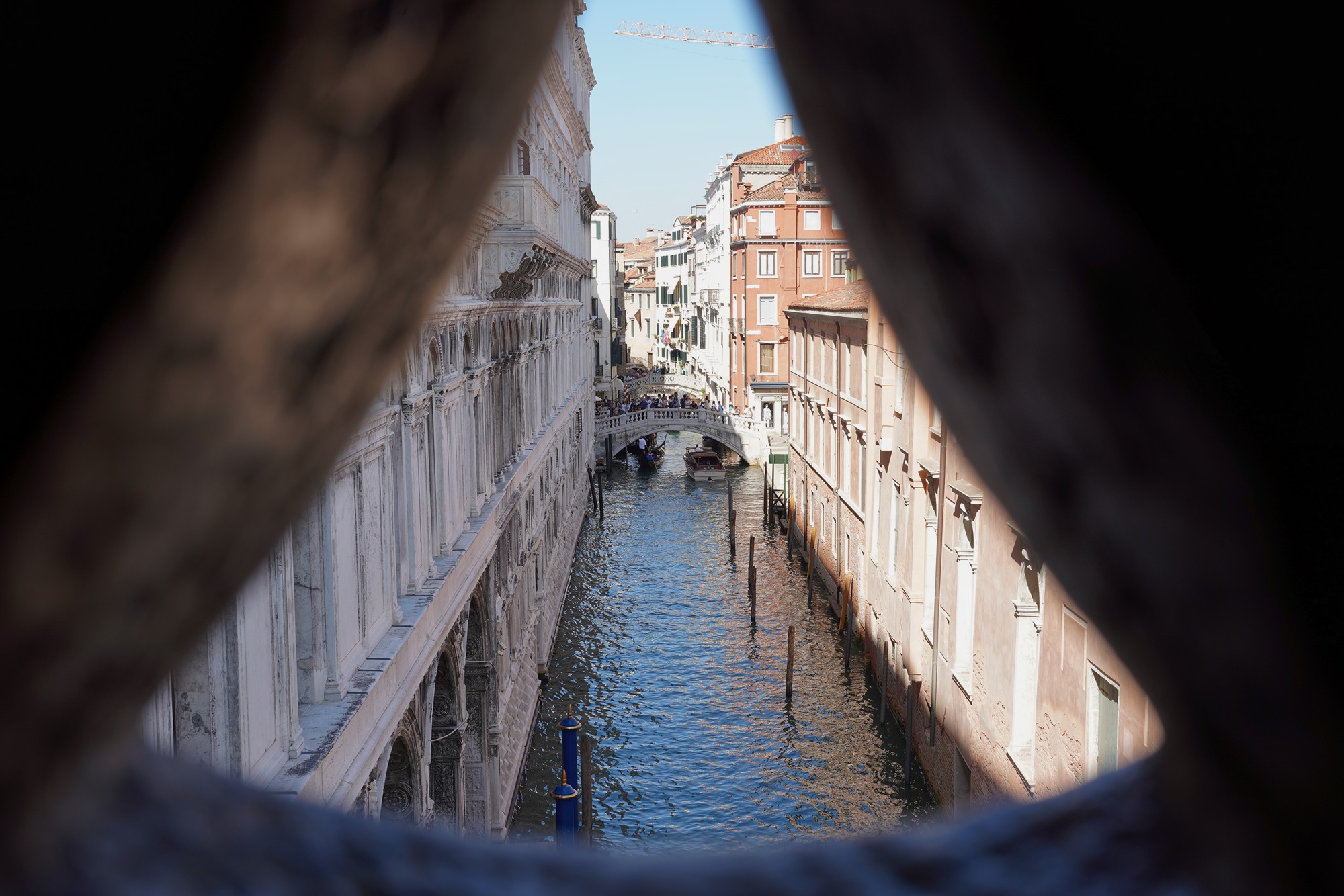
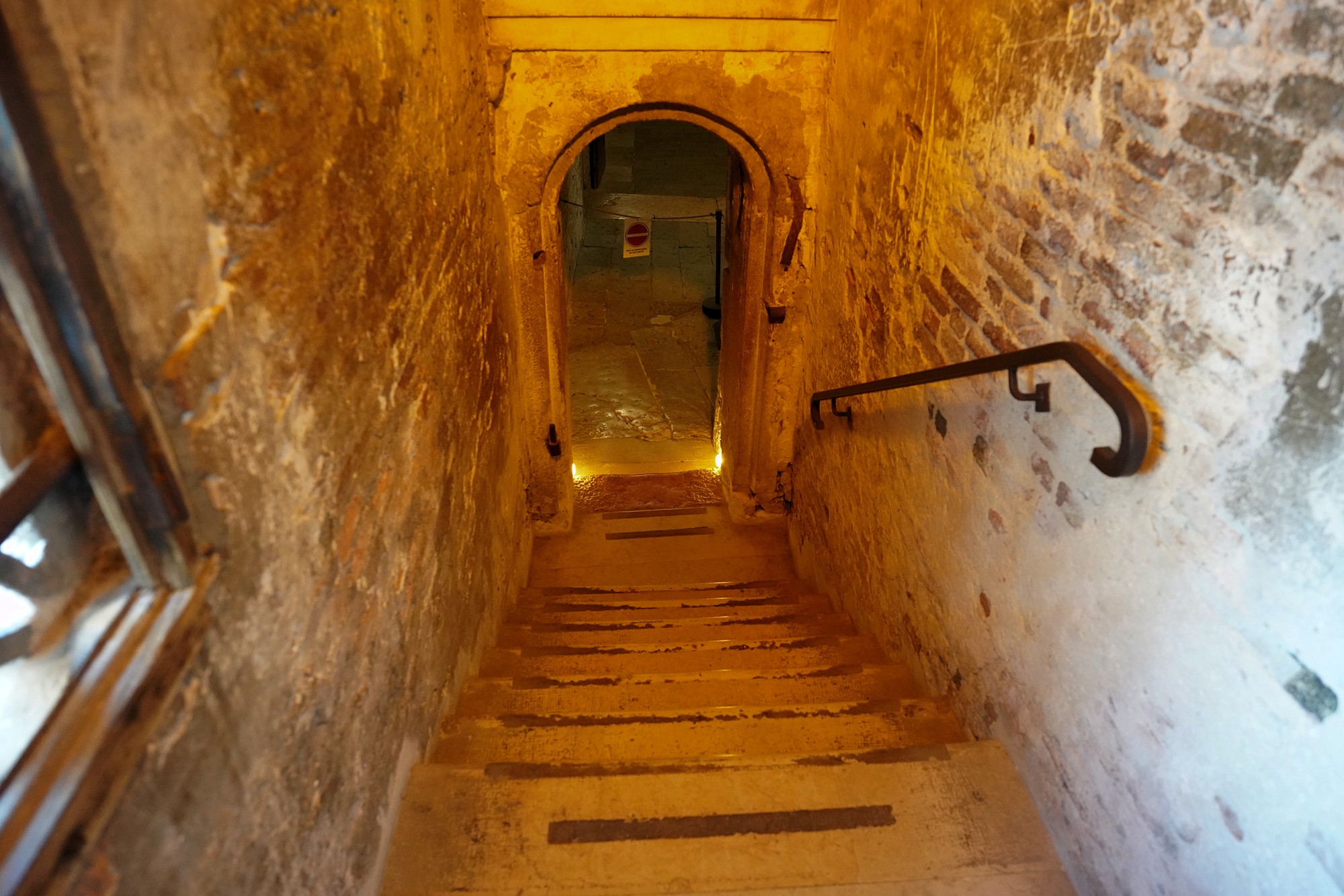
The prison cells
